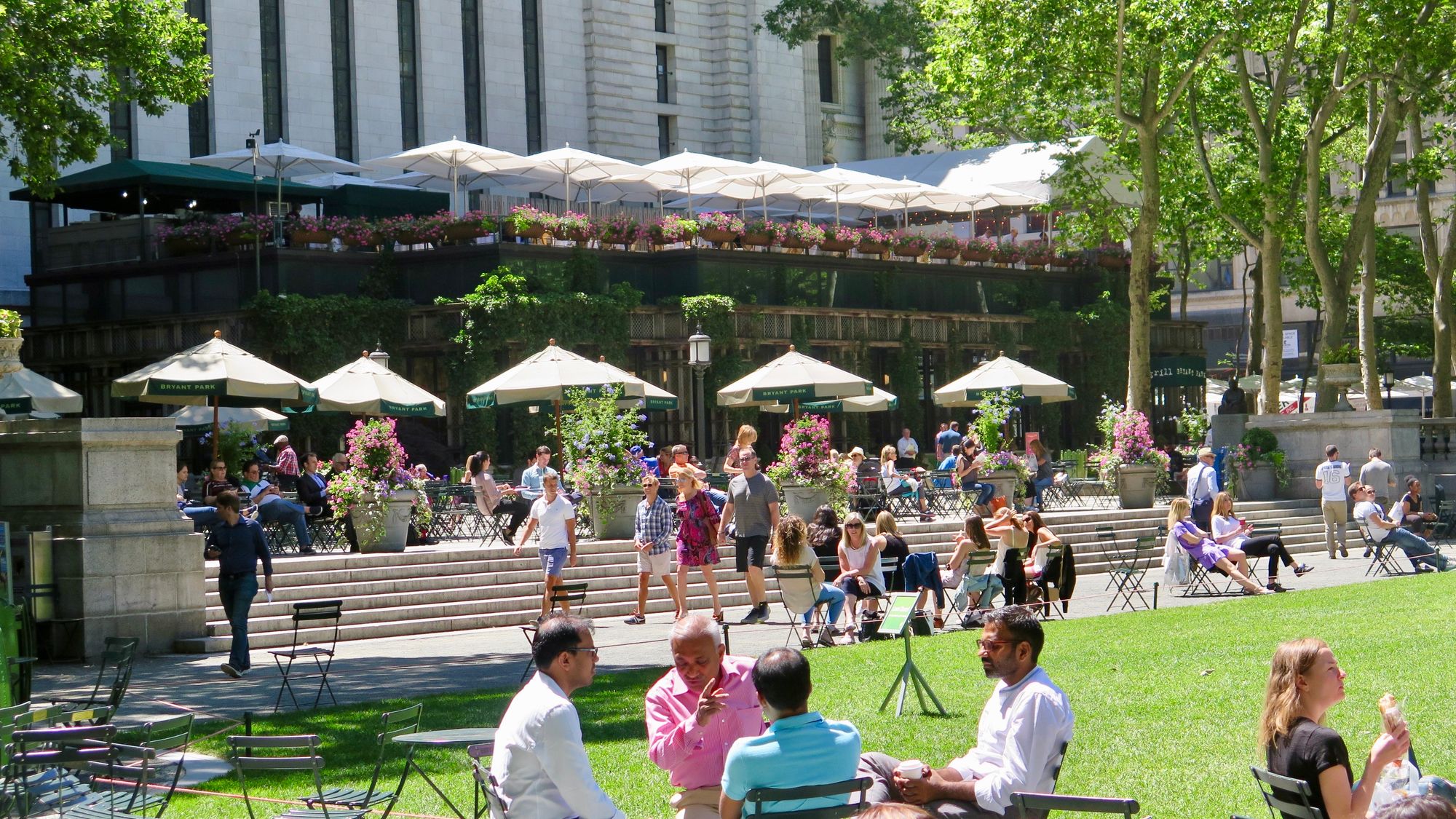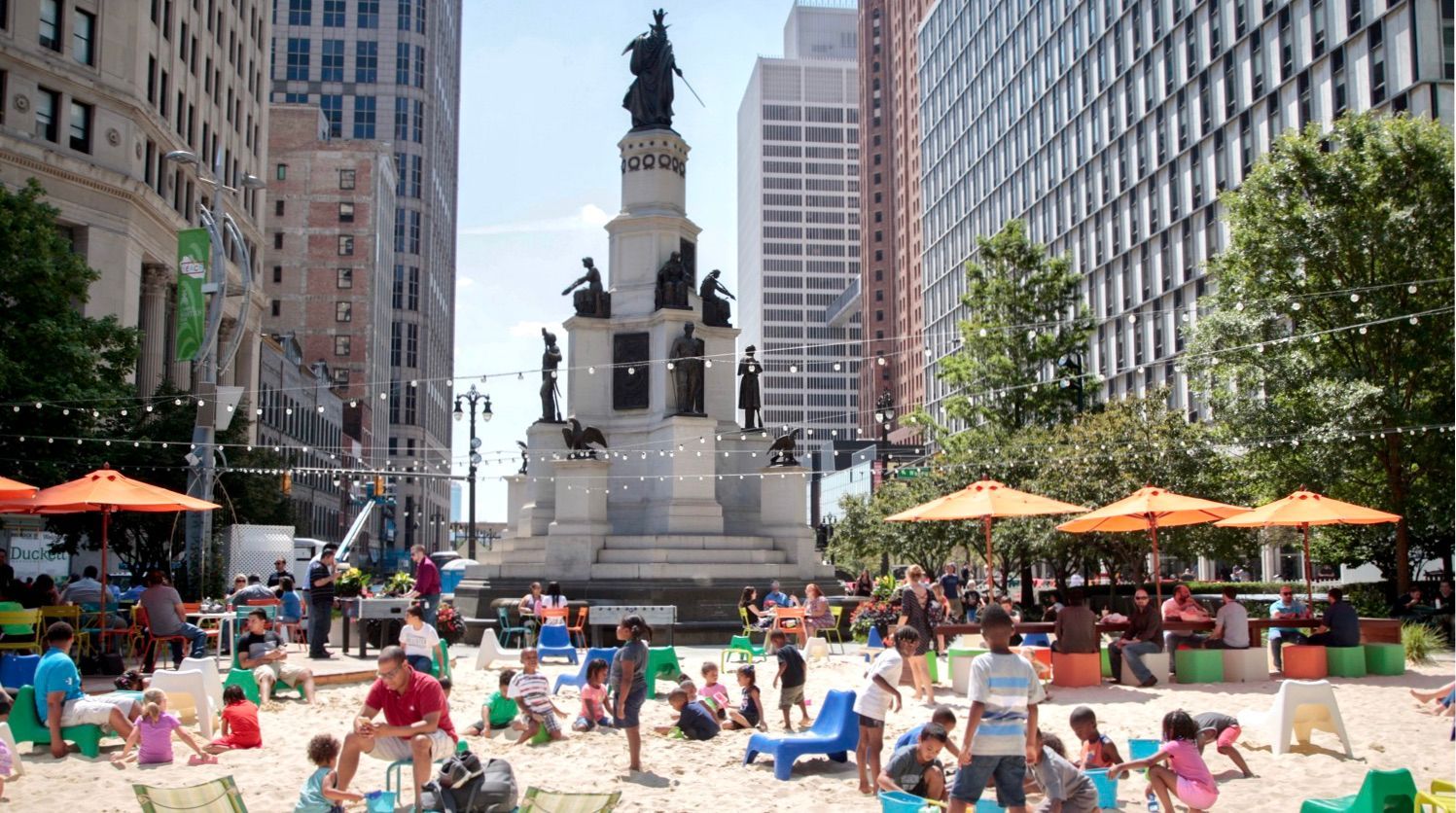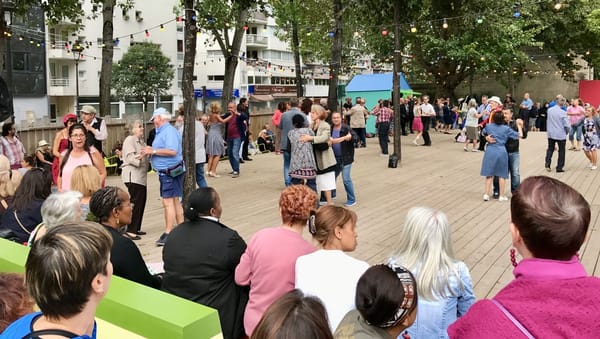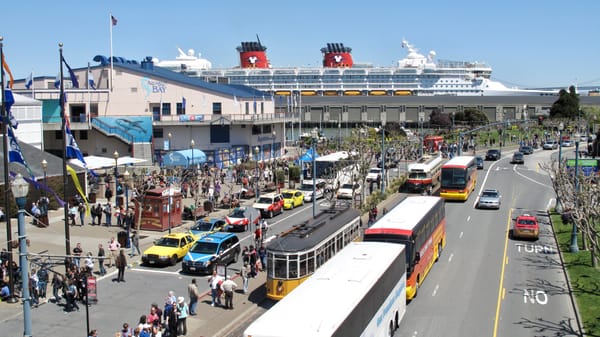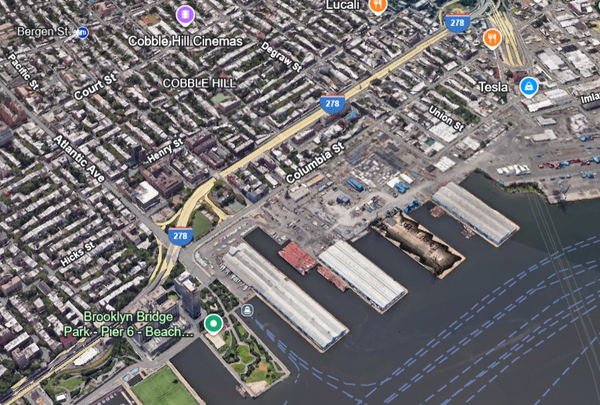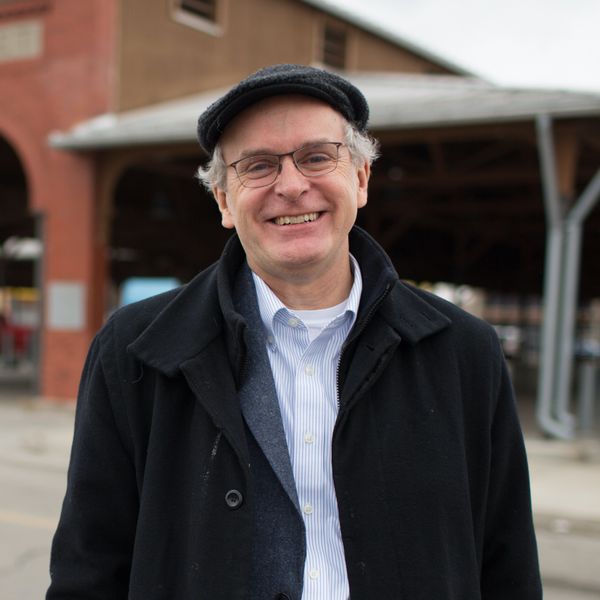How much have things really changed?
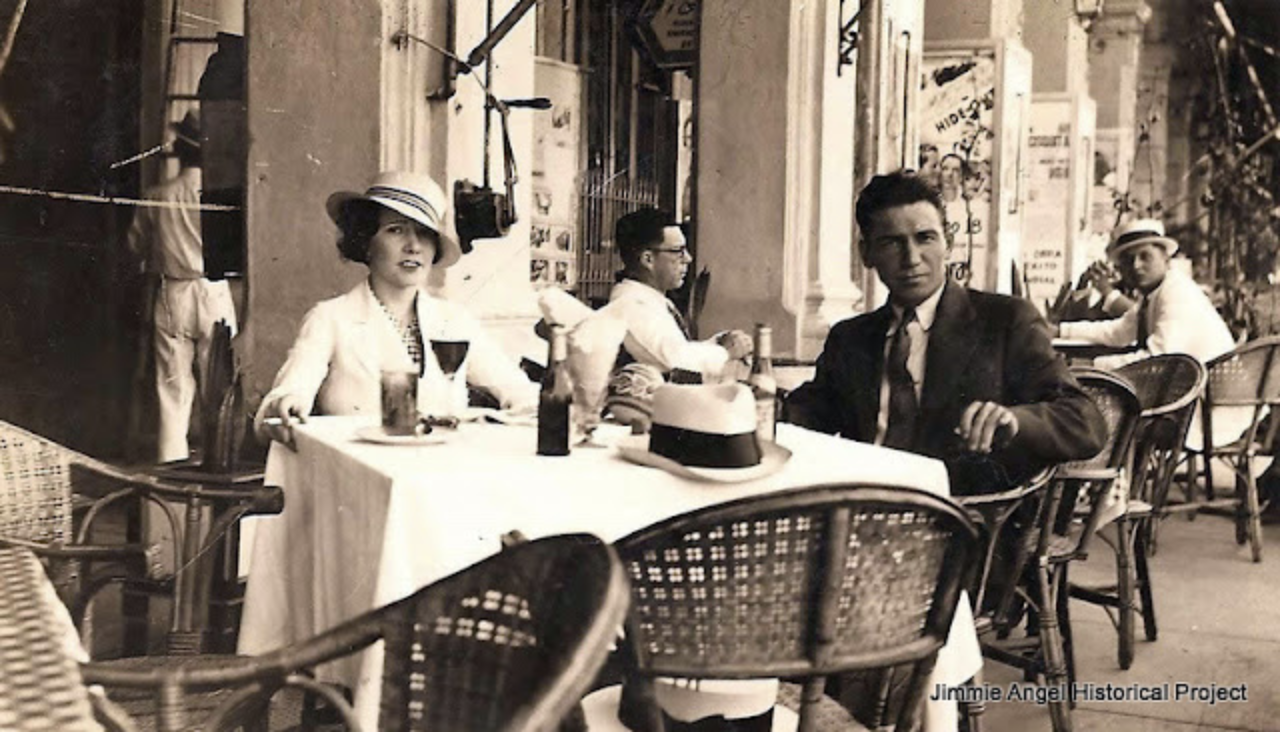
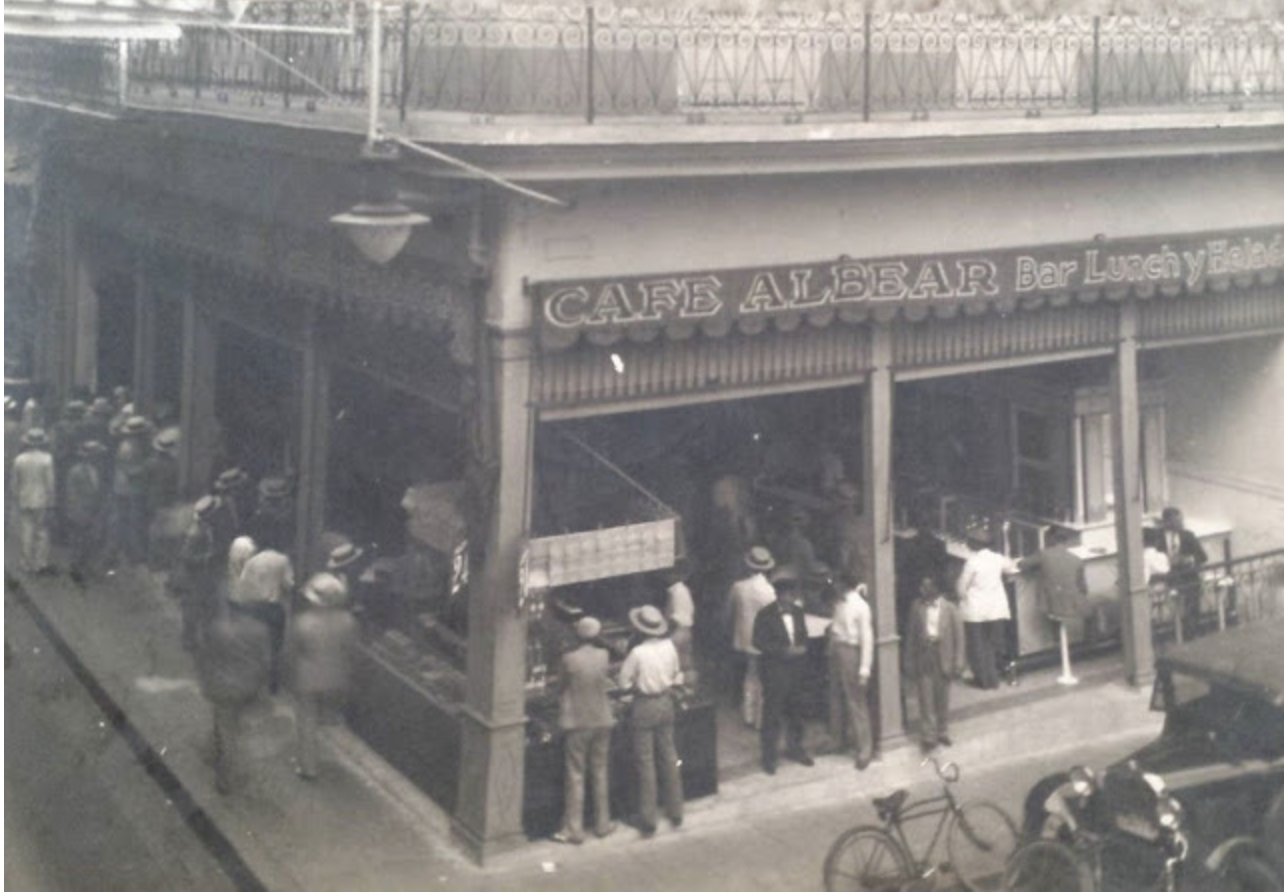
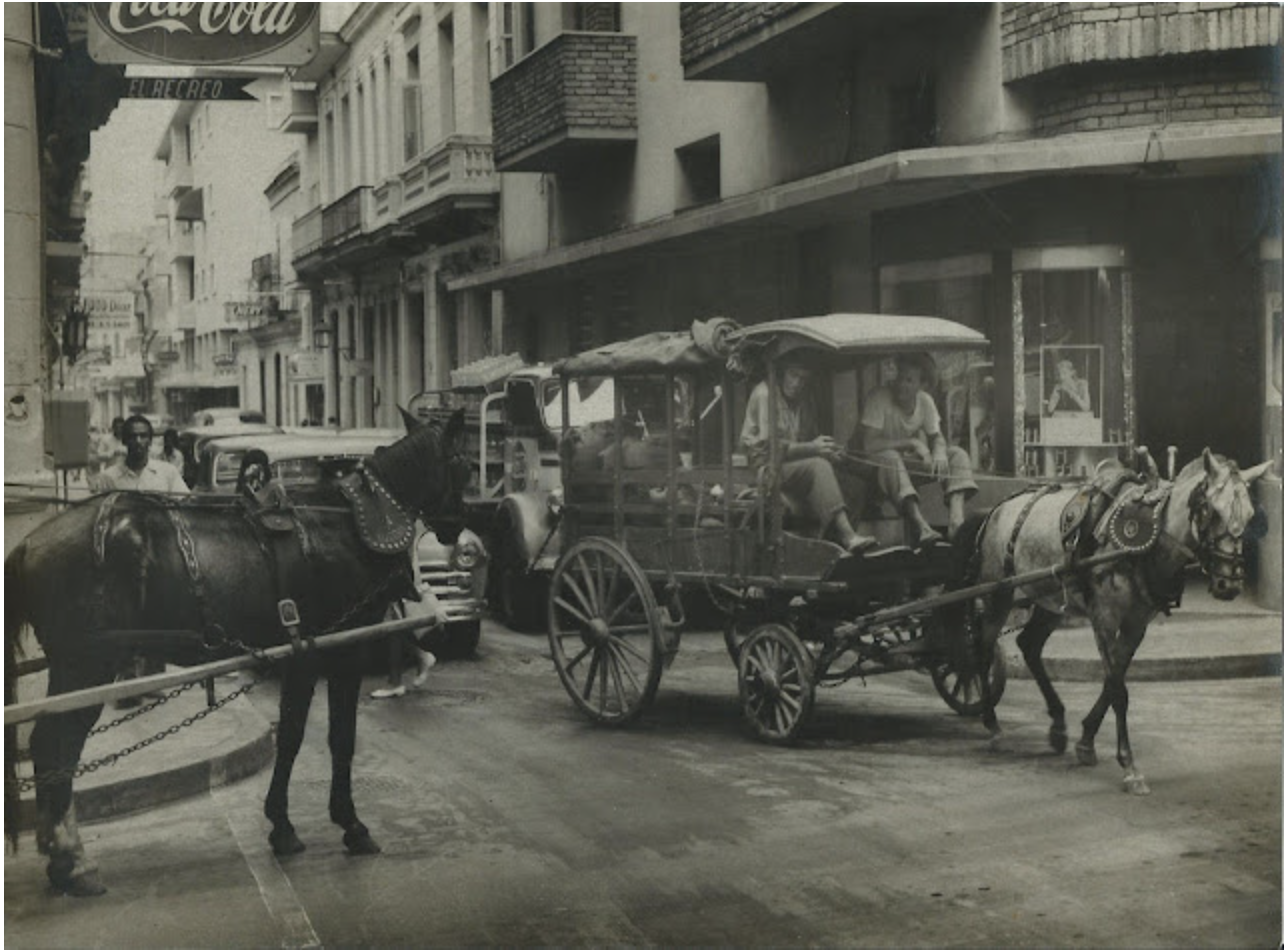
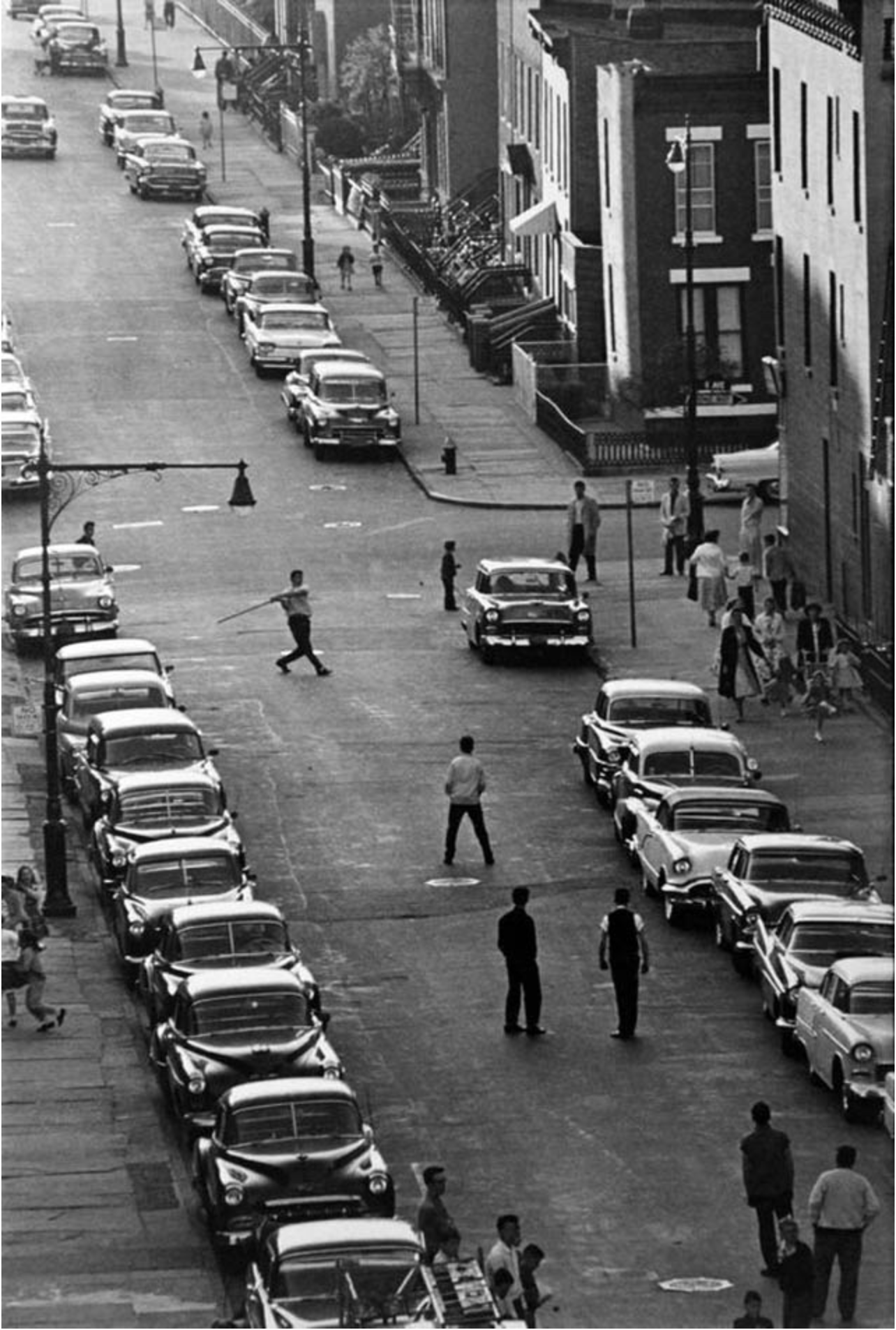
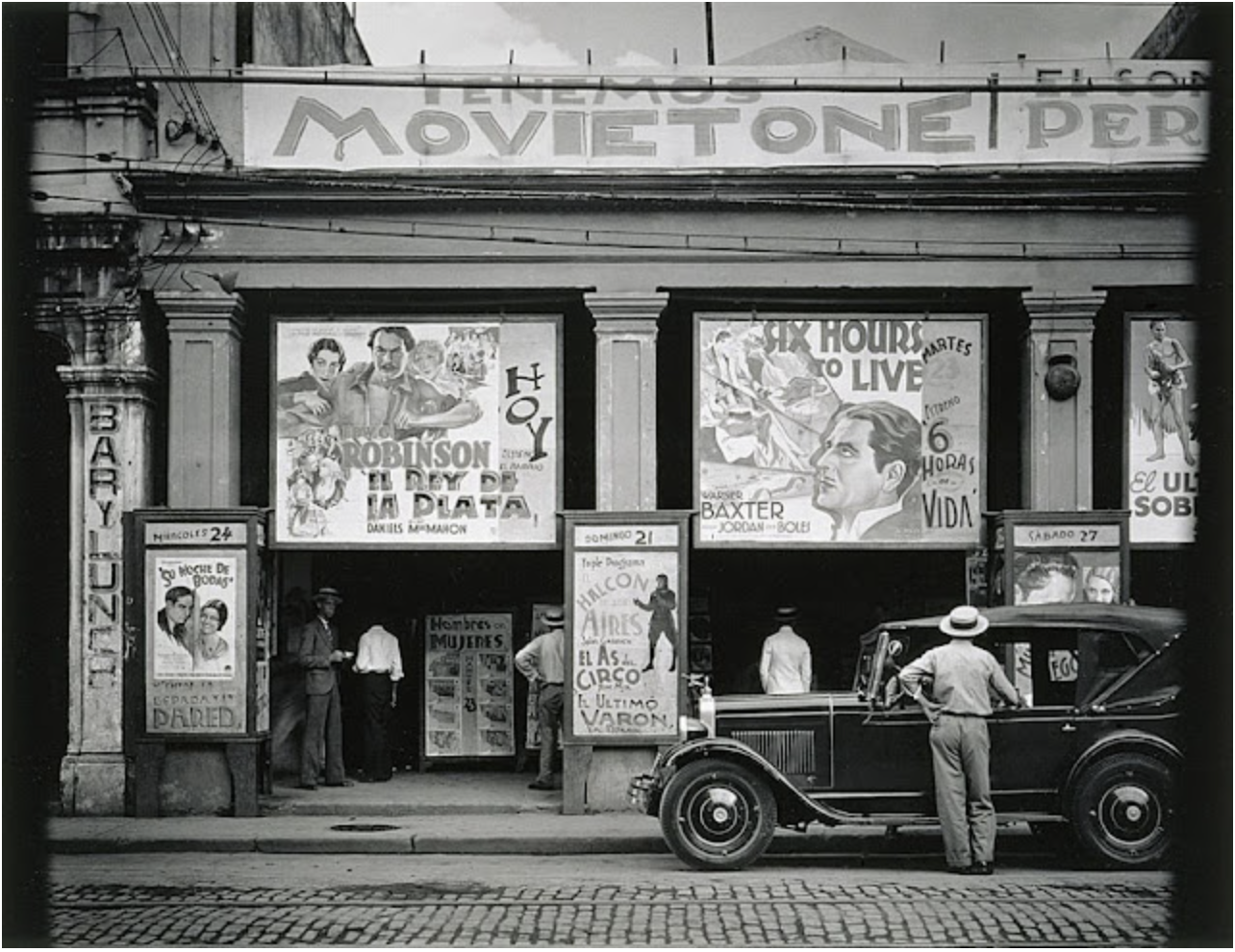
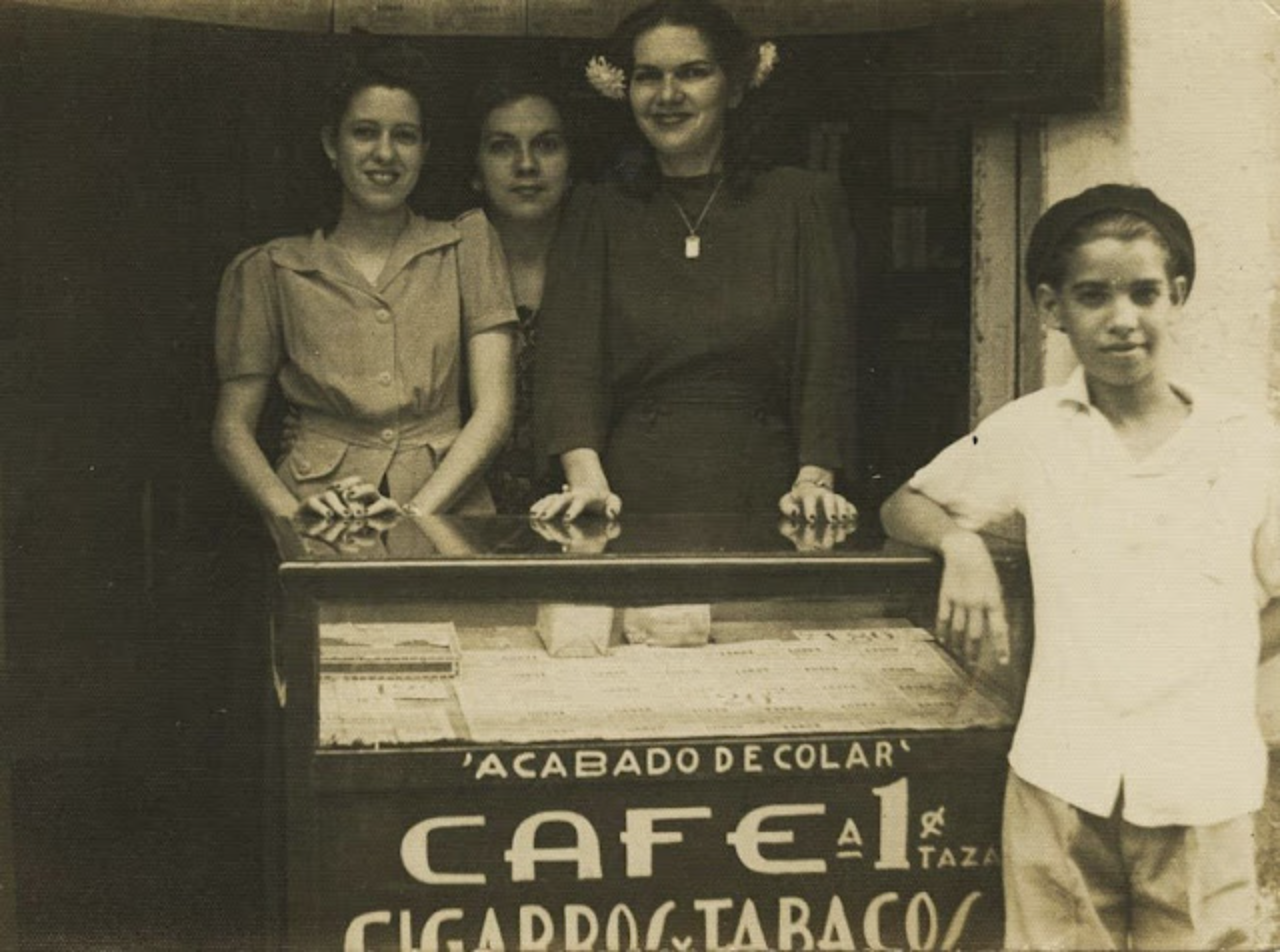
Scenes of Cuba before the Revolution of 1959
Havana's Public Space Assets and Opportunities
With improving diplomatic relations between Cuba and the US, the country’s public space, and public life, is poised to evolve in new directions, for better and worse. In 2006, Ethan Kent traveled around Cuba and did a review of the public space challenges and opportunities of Havana, publishing some of his thoughts and images with Project for Public Spaces. More than anything though, the city offers an interesting contrast to many of the misdirected development patterns of American modernization.
Social Life Project colleague, Madeley Rodriguez, was born in Havana, Cuba. She was one of the many to immigrate in 1980 with her family to the United States during the Mariel Boatlift. She has returned several times starting in the 90's. Her last trip was in 2017, and with her photos and more current vantage point, we can take a closer look at how diplomatic relations during the Obama Era have impacted the lives and streets of Cuba. What she saw on this most recent trip led her to ask; Has the gentrification of Old Havana killed the diversity of street life?
The Streets as Public Space
An exceedingly walkable city, in 2006, Central Havana could be made even more so. Sidewalks are narrow (traffic lanes are not), and they are not well defined. Environmentally speaking, Cuba has been blessed with limited access to cars and gasoline - but that is changing, and it goes without saying that gasoline is vital to a developing economy. The question is how to best use the resources that become more available. Demand for cars is being heavily driven by a lack of alternatives. A strong electric bus system, instead of diesel, would be a cost- and environmentally-effective solution to many of the city’s problems, including housing demand, pollution, and cost of living.
In addition, reconfiguring major intersections (or "Rightsizing" them) and restricting parking are a few of the measures that could help Havana avoid many of the problems that most developed cities are now facing. While the activity, human scale, and sociability of the streets is the best traffic-calming measure, streets need to be designed as places to support the social uses that the community desires.
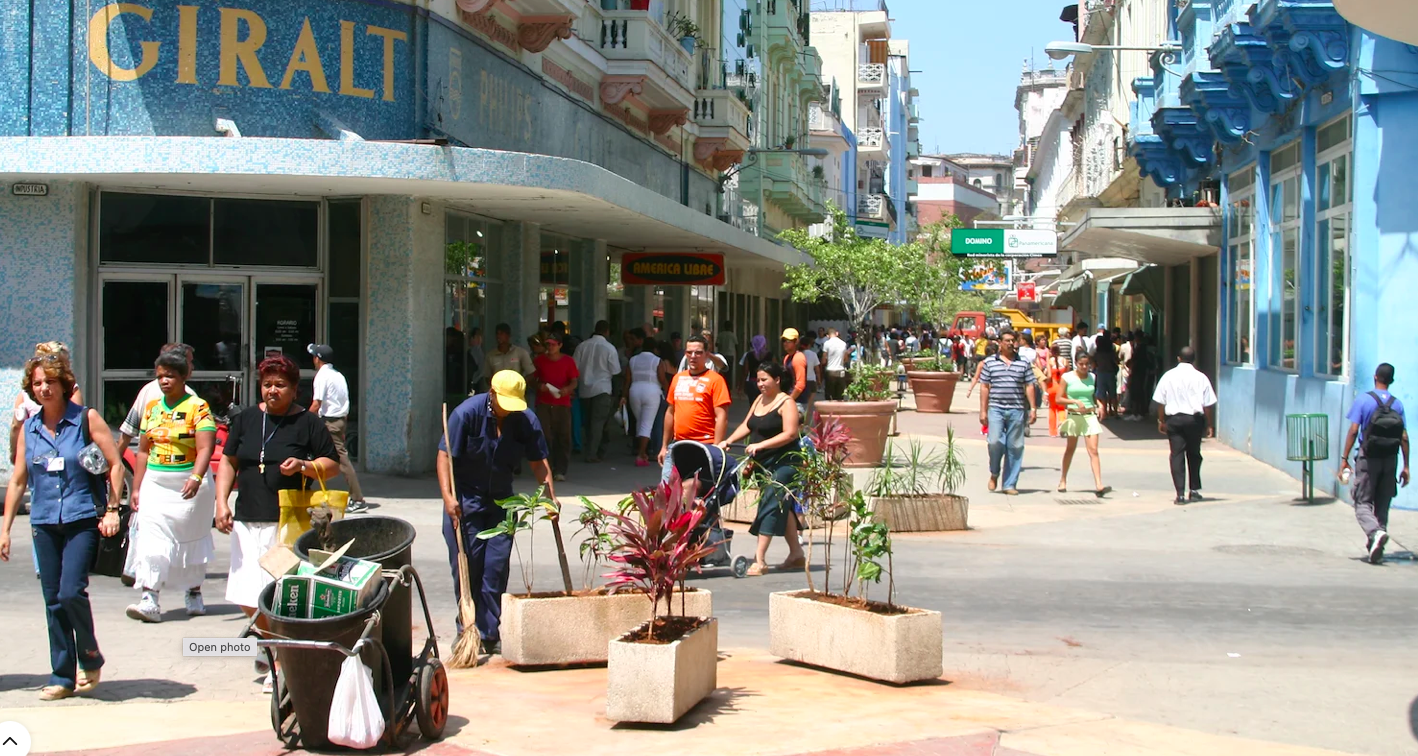
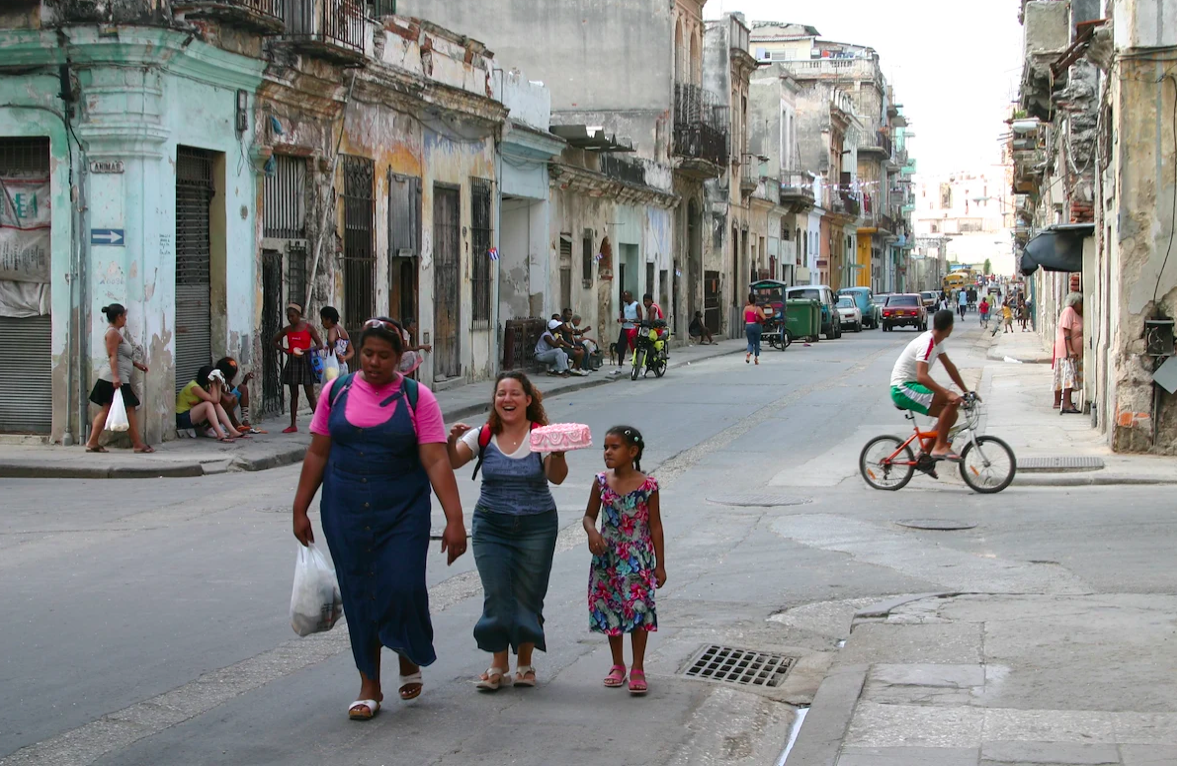
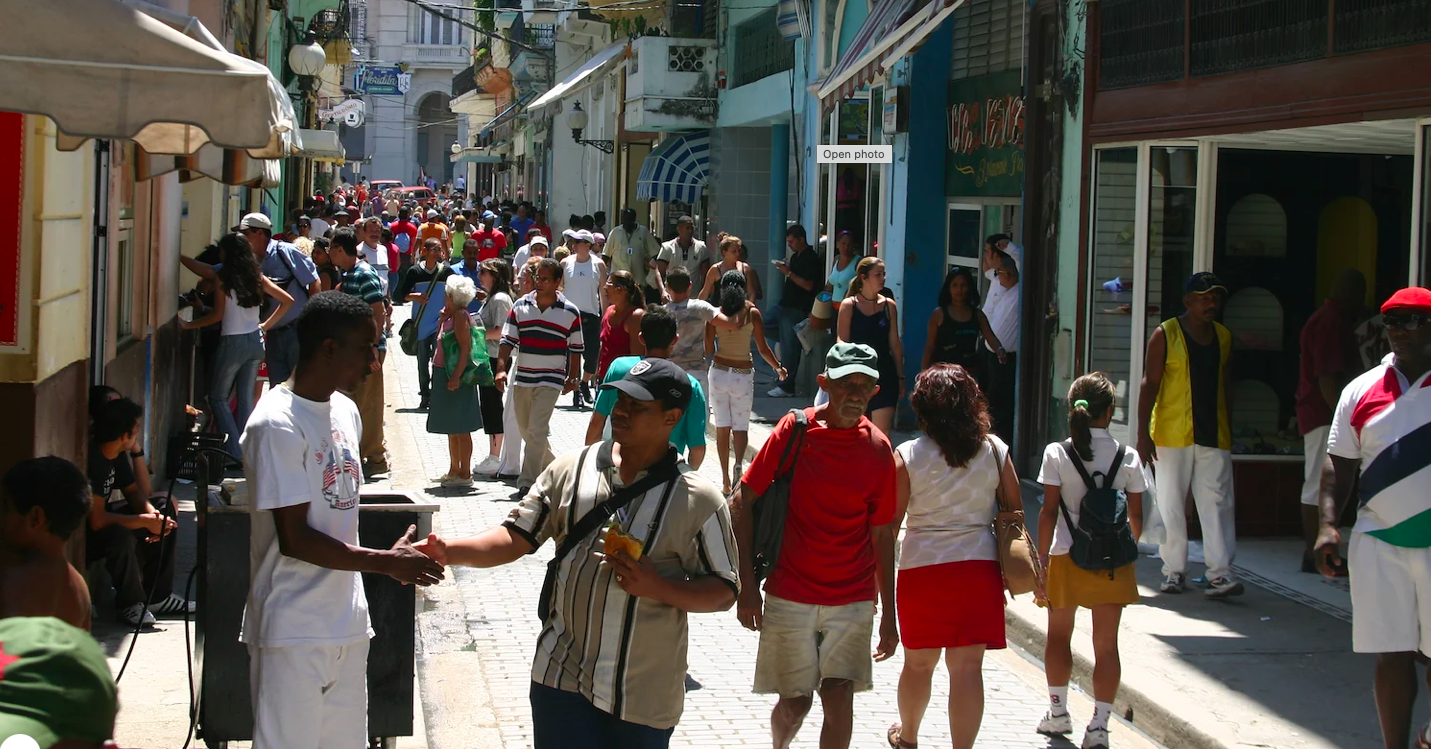
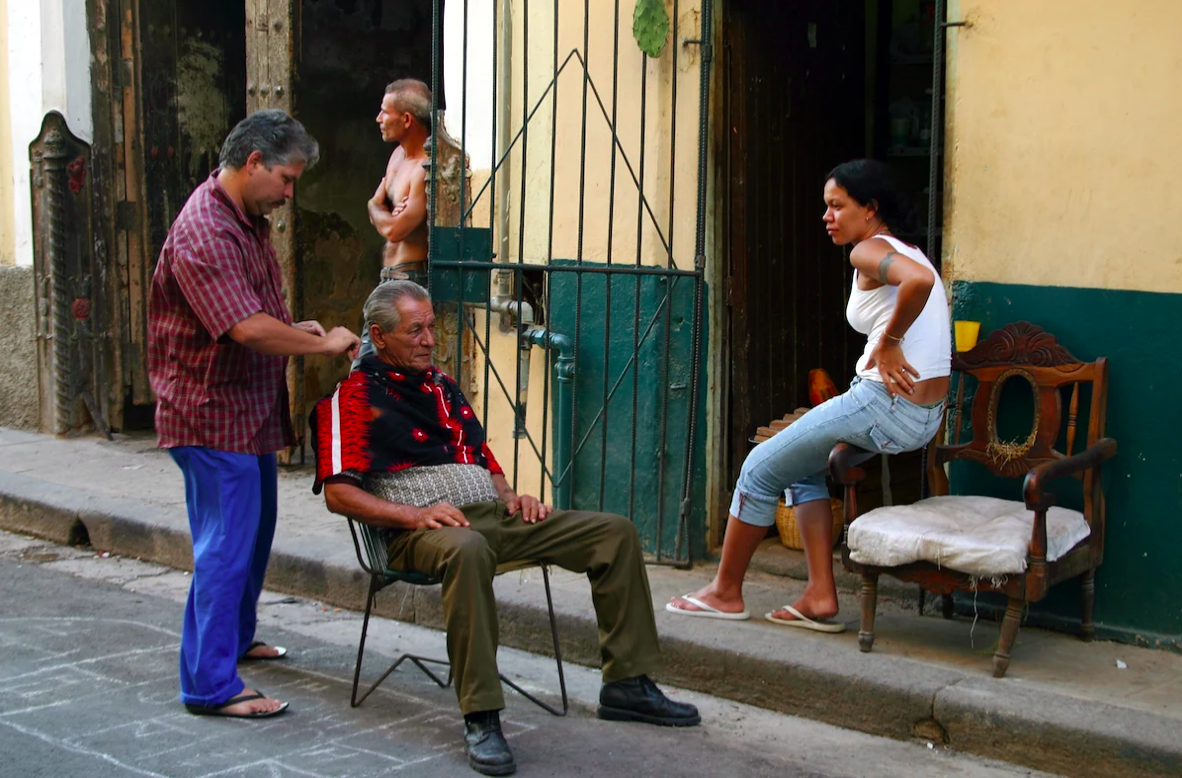
Old Havana in 1996
As of 2017 Havana was experiencing a growth in the presence of foreign cars. With many foreigners buying up properties, it is not unusual to see a Mercedes or BMW next to a Russian Lada or Vintage Chevy, but we also noticed more "private" buses available to those who could pay in foreign currency or the equivalent. Regardless of this, the streets continue to be dominated by foot traffic. The narrow sidewalks, though at times crowded by long lines, also serve as seating platforms for street musicians, sidewalk vendors, and local life. Sitting on the stoop of your front door is a big part of Cuban life, and in Old Havana, that means literally sitting on the sidewalk sharing the daily grievances with a neighbor or passerby, and if you have time, you stop for a cigar or a spontaneous game of dominos.
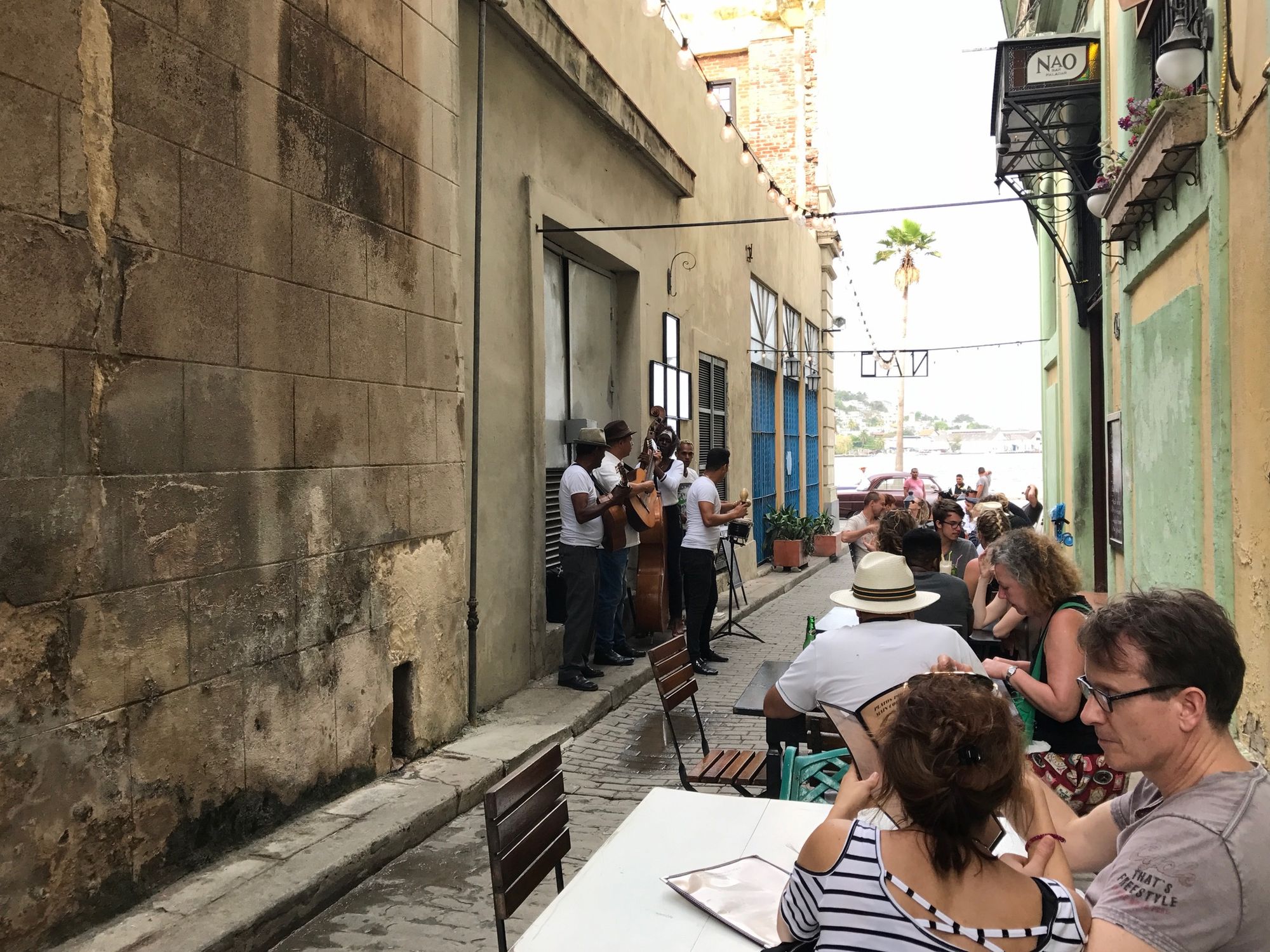
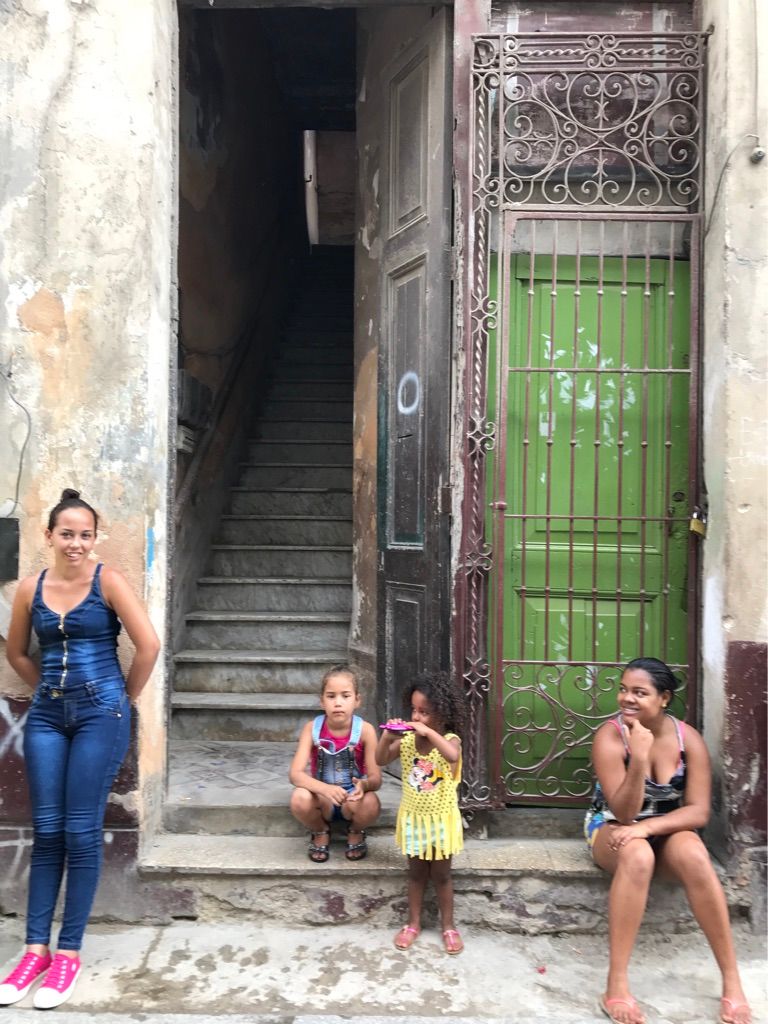
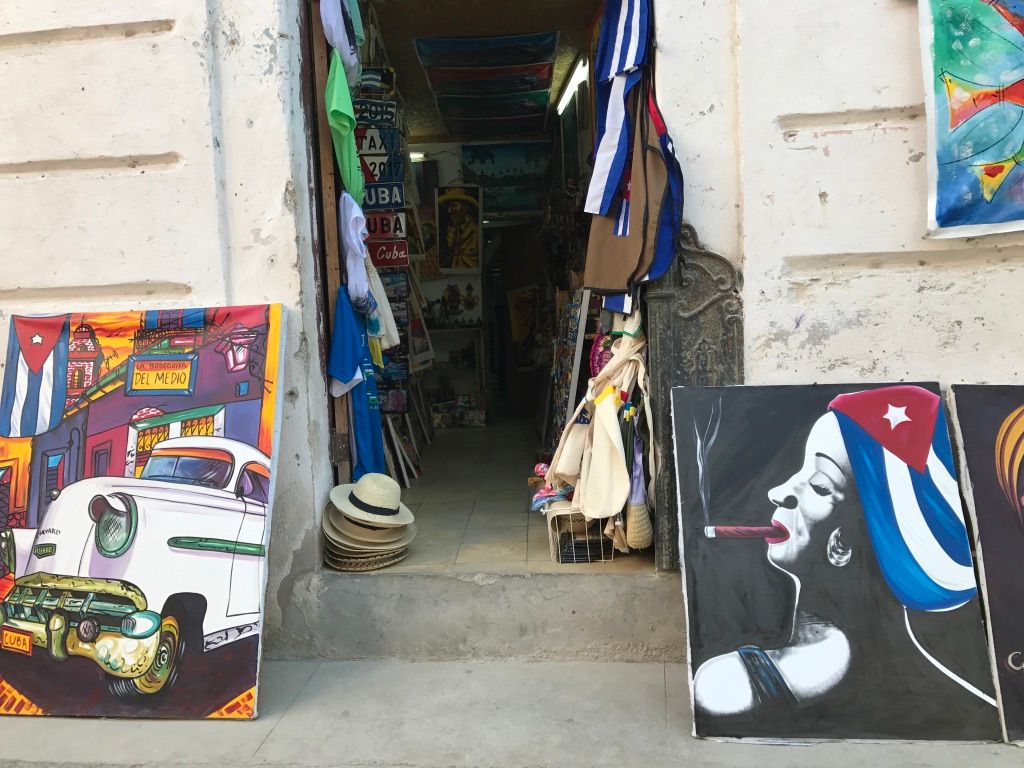
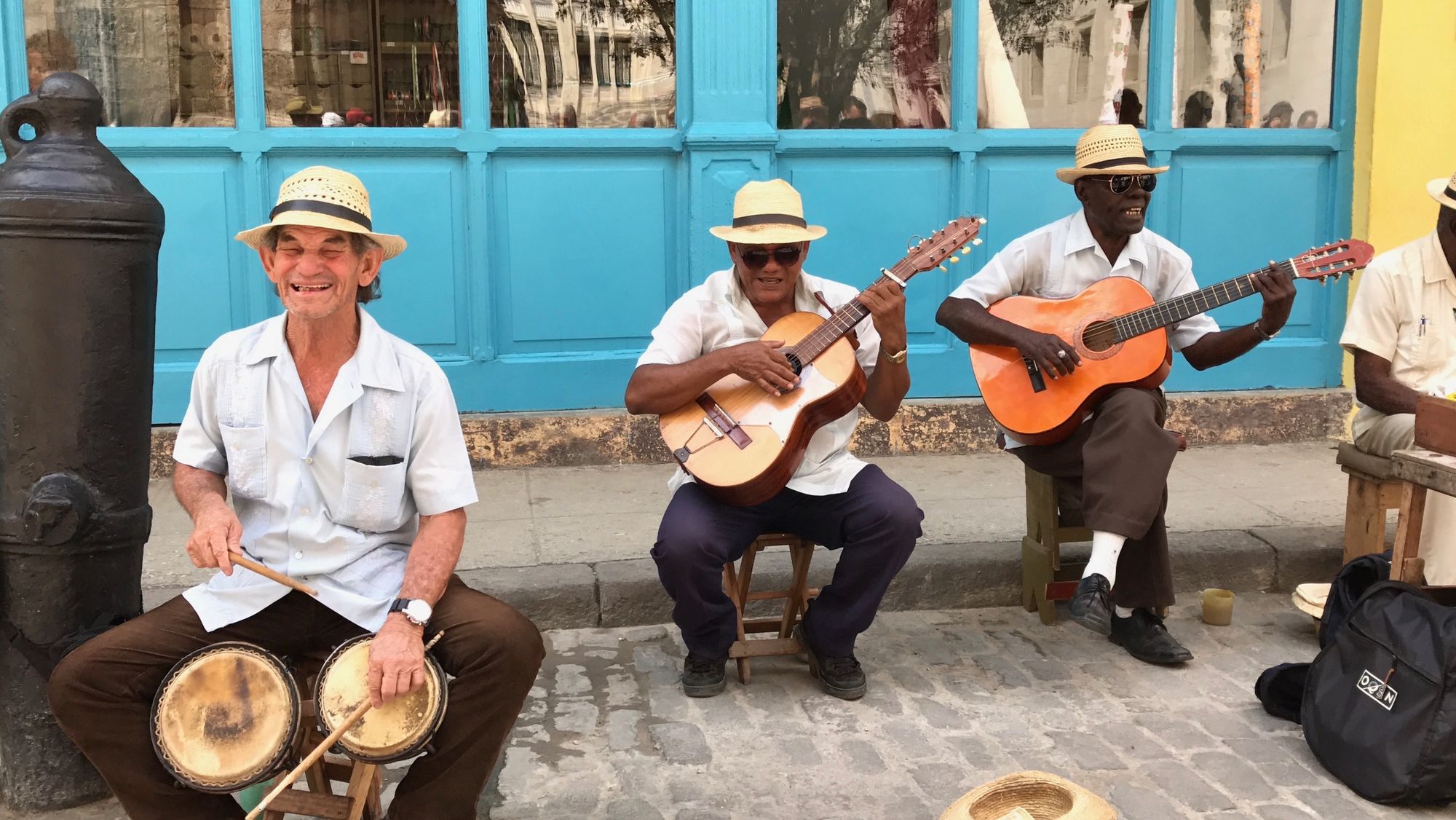
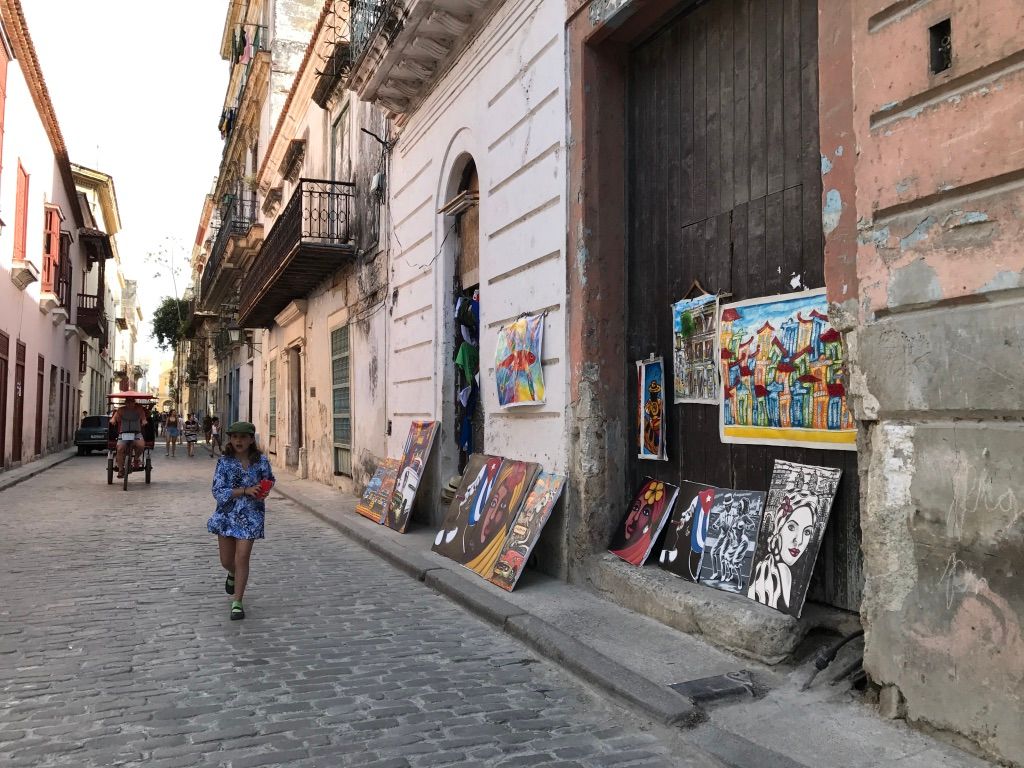
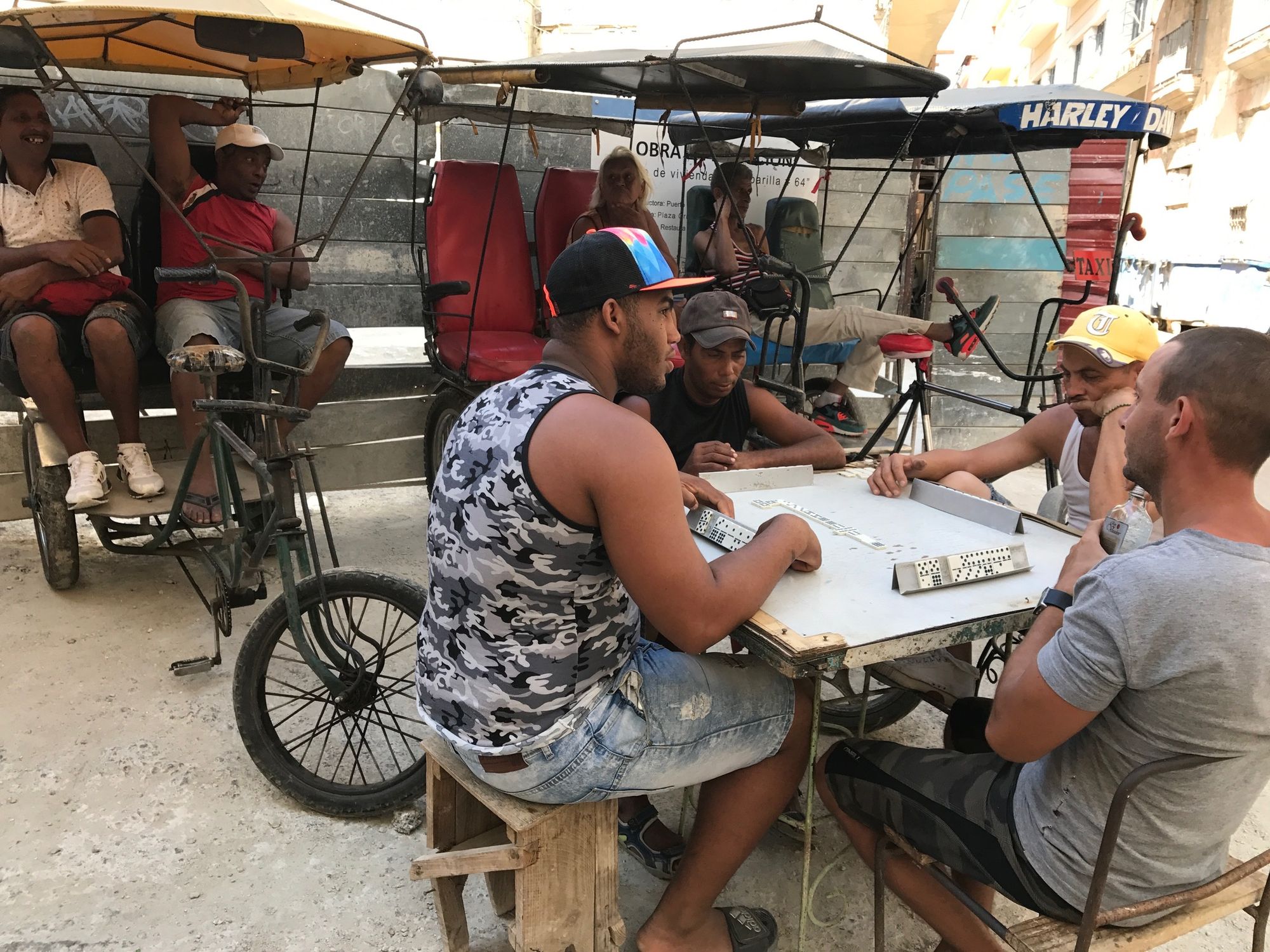
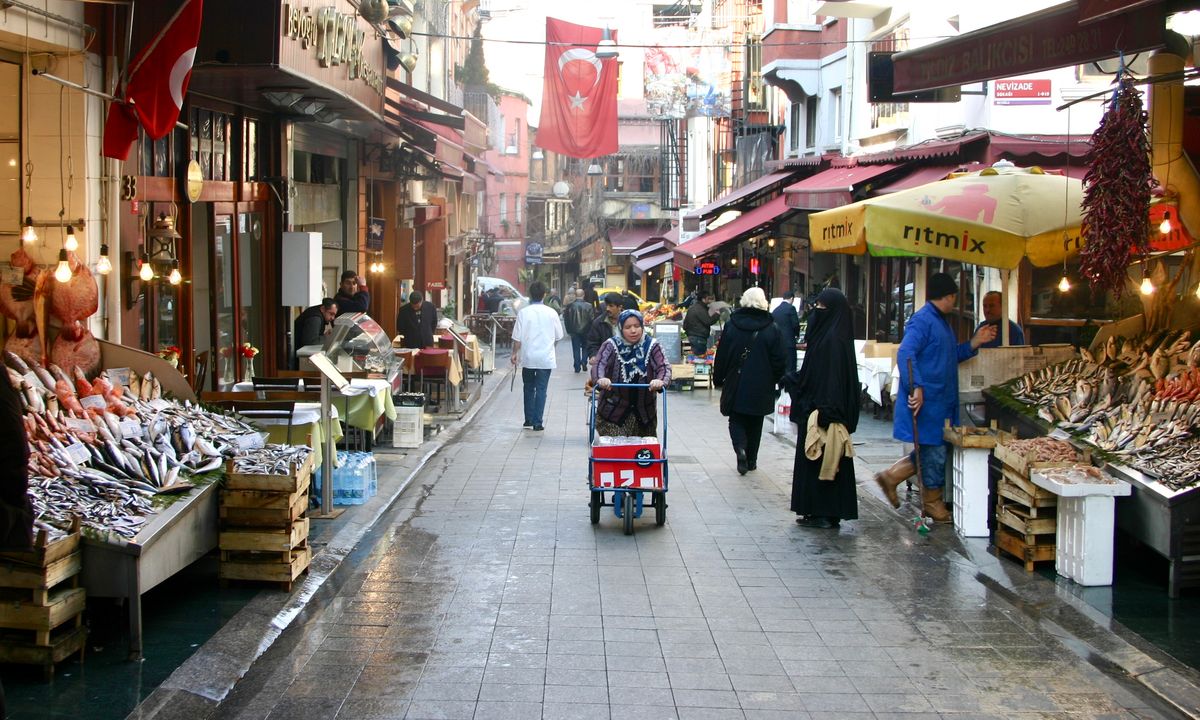
Space to Play - Streets for Children
Havana may have more street life than any other city in the world. If children playing in the streets is an indicator of a successful city, then Havana has a lot on which to build.
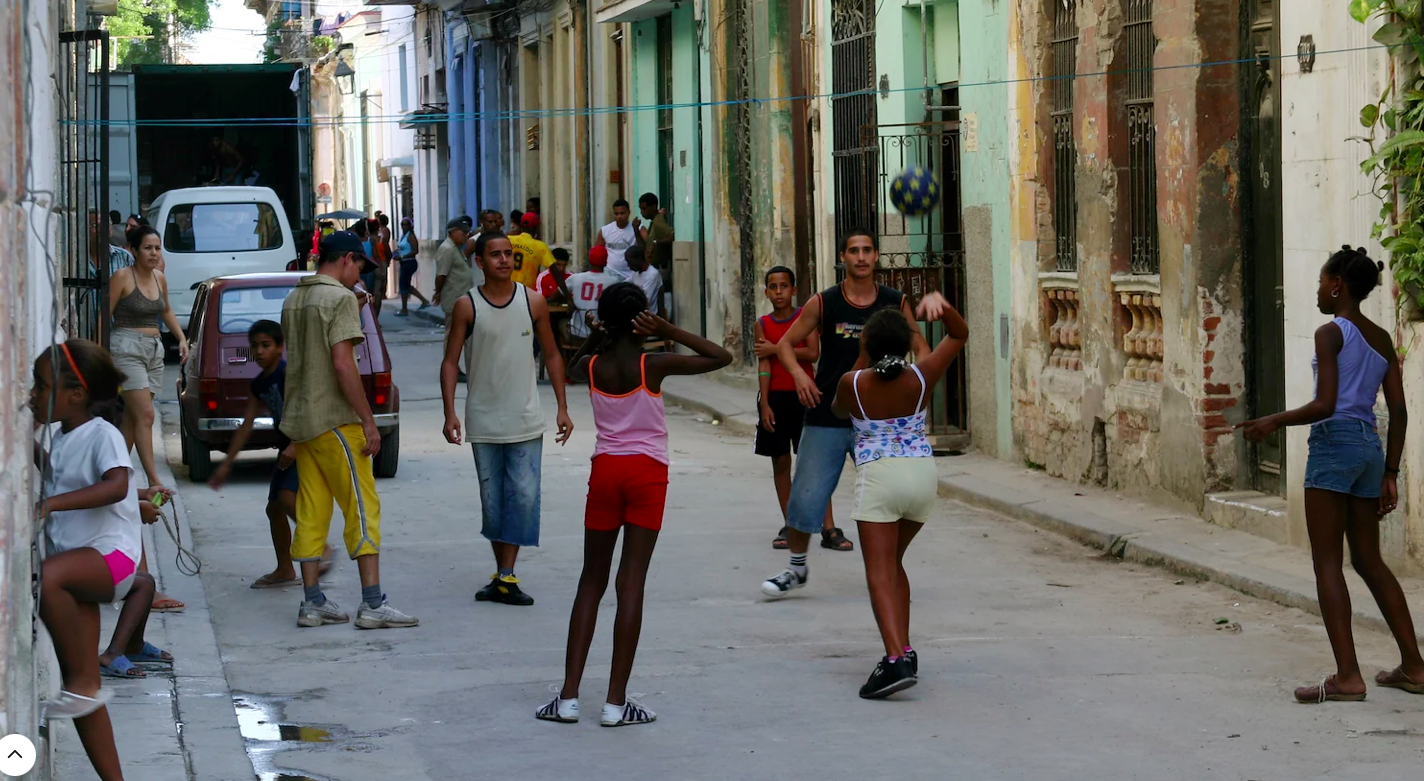
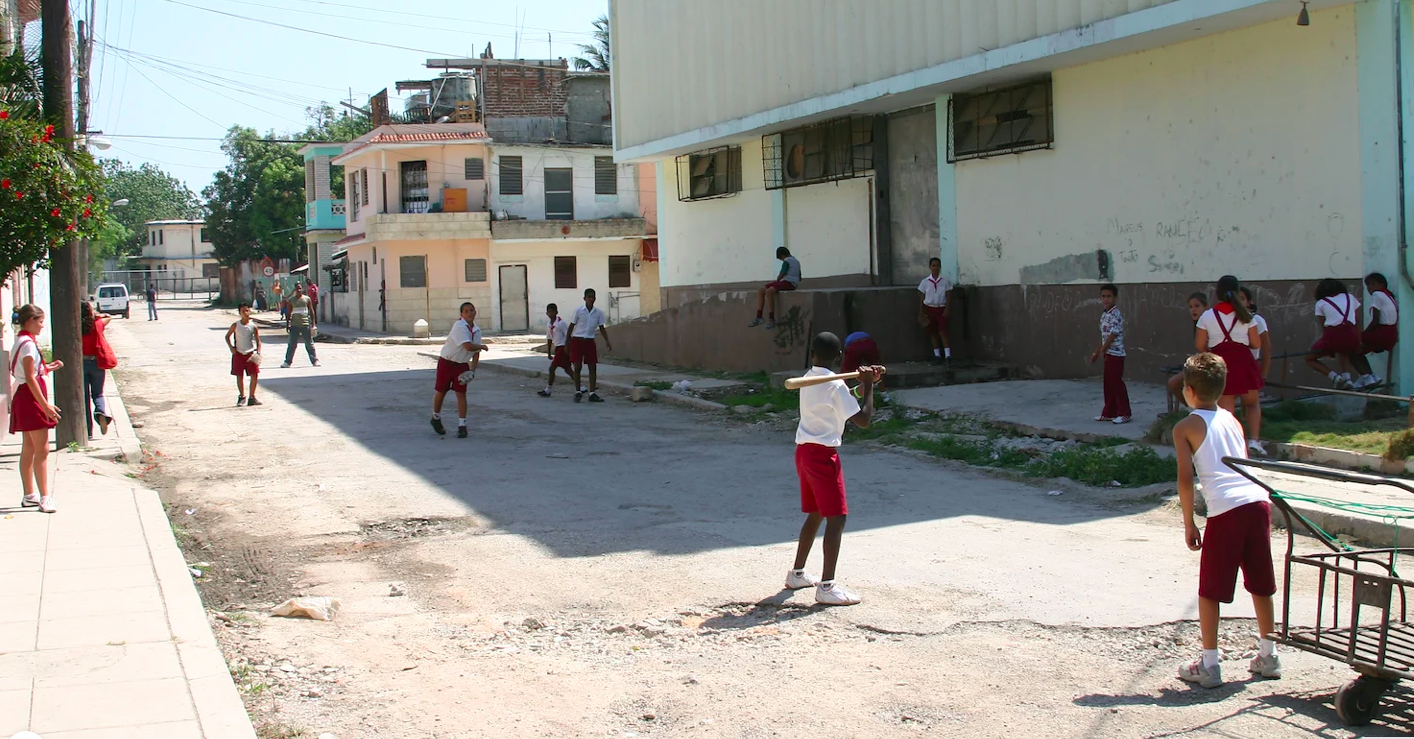
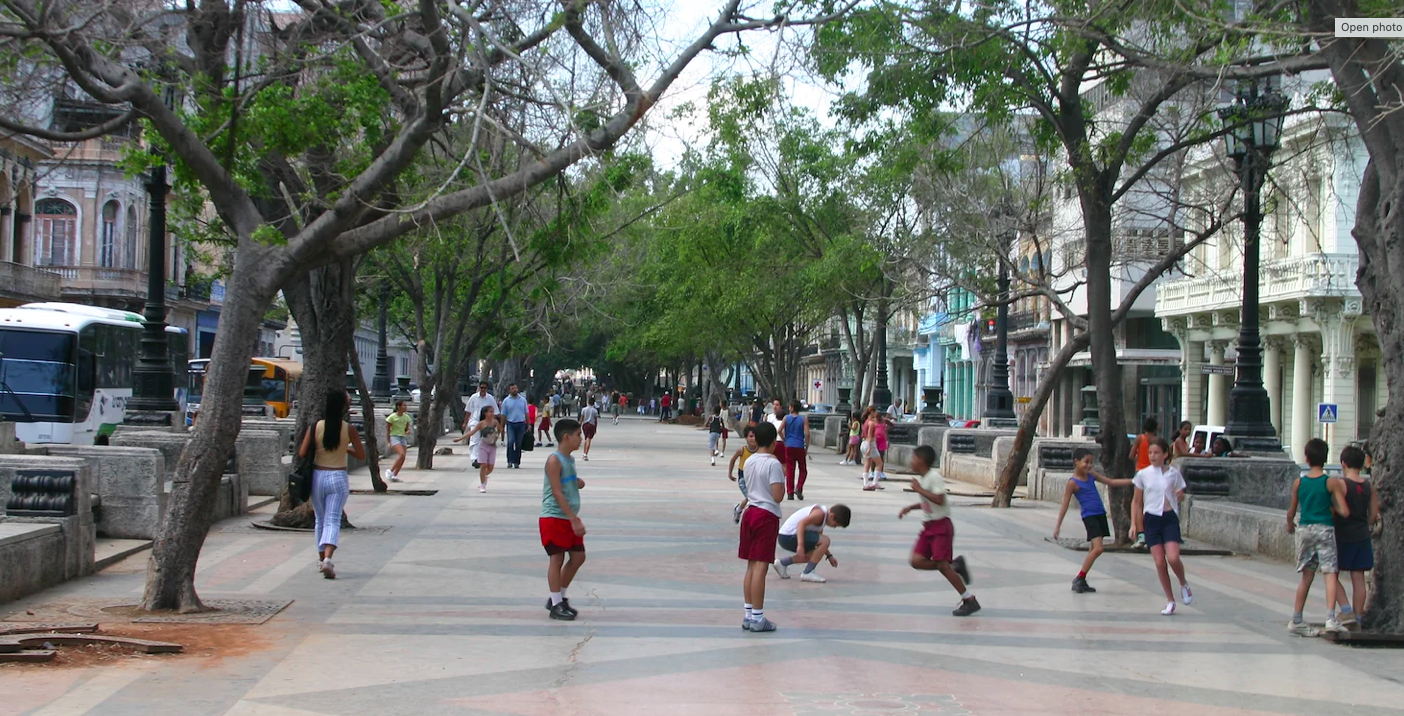
The streets in 2017 continue to belong to the children, whether it be in the city center or out in the suburbs. Overcrowded housing, lack of sophisticated infrastructure for kids, as well as the absence of digital devices means kids can spend countless hours on the streets returning home only when the call to dinner comes blaring from a nearby window.
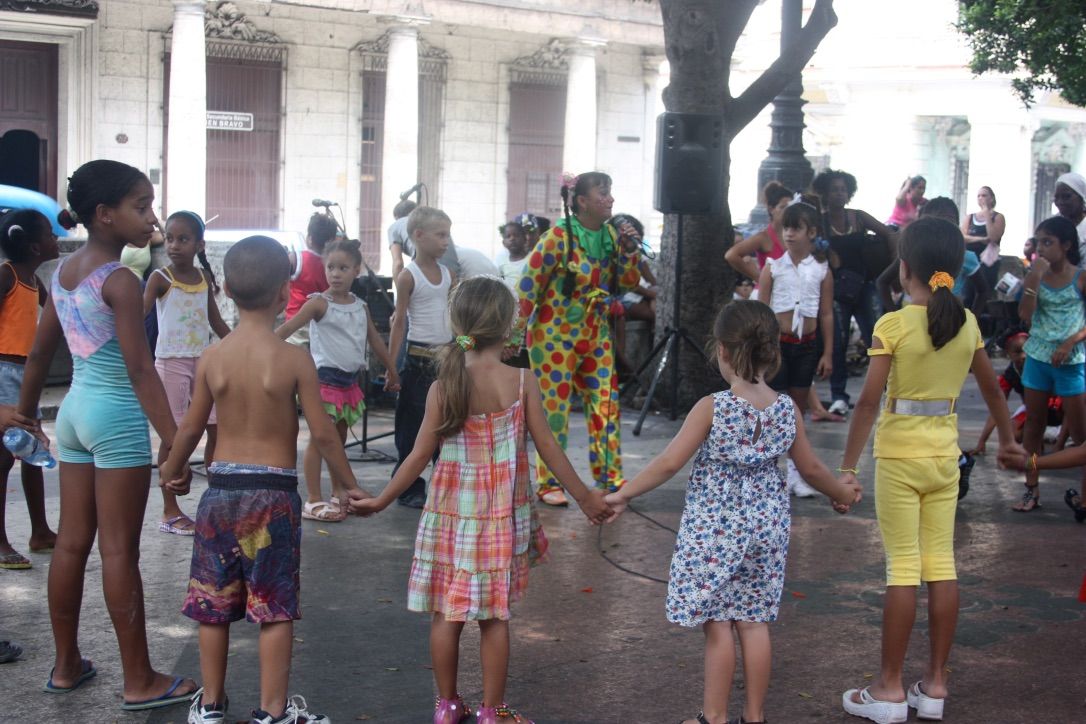
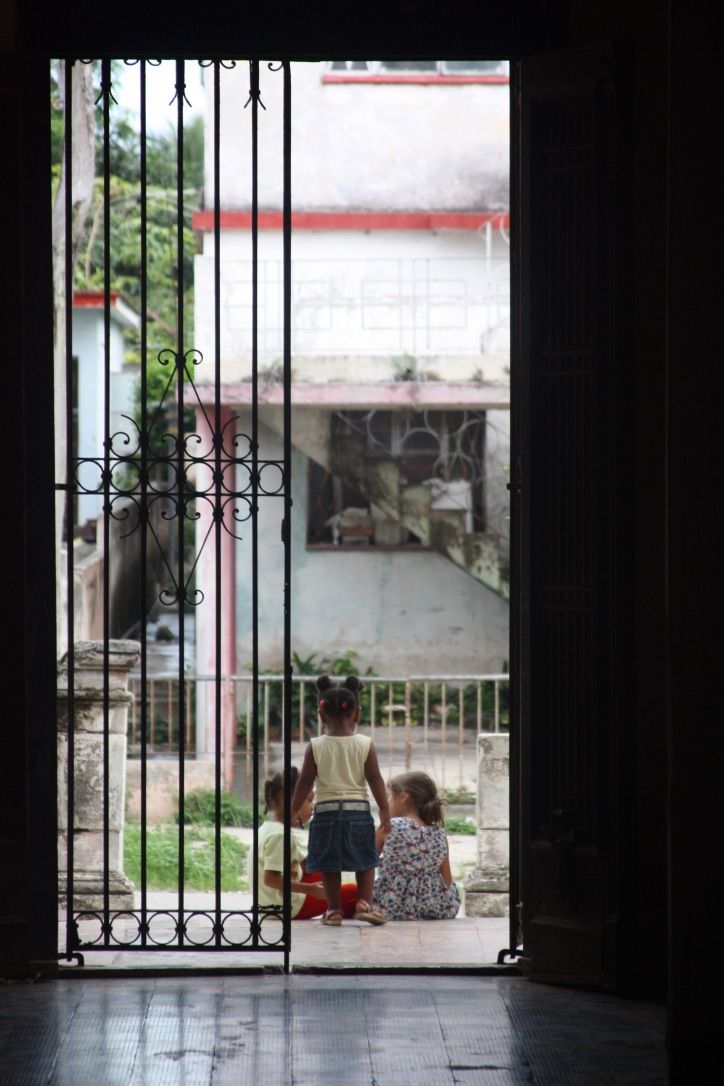
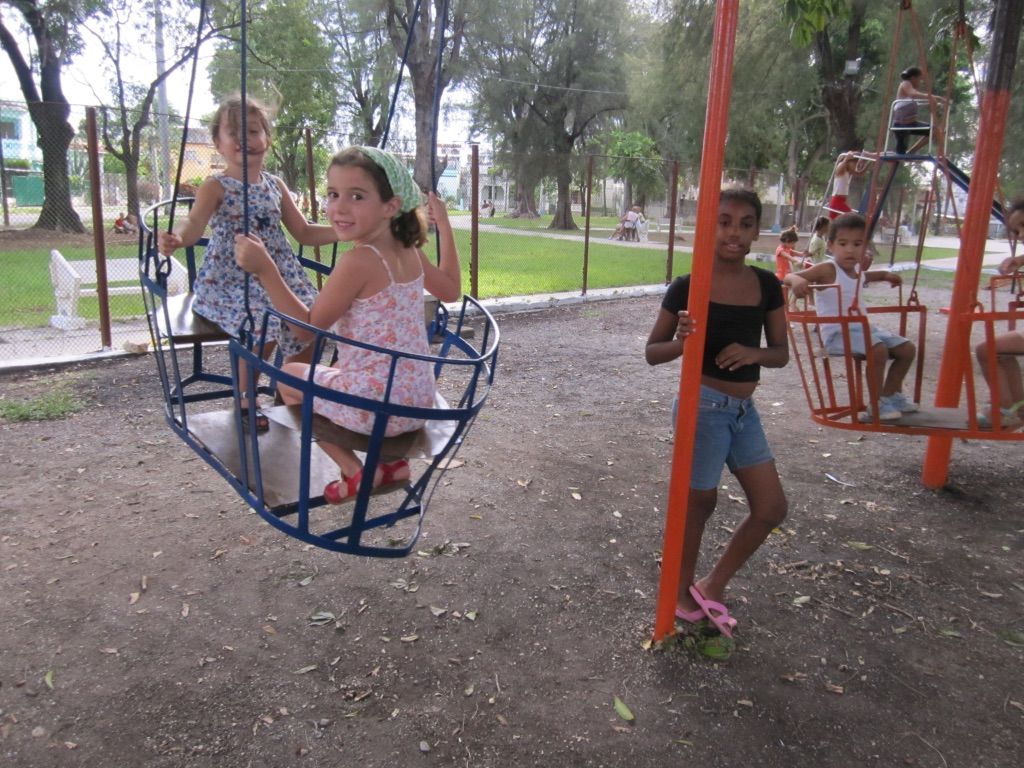
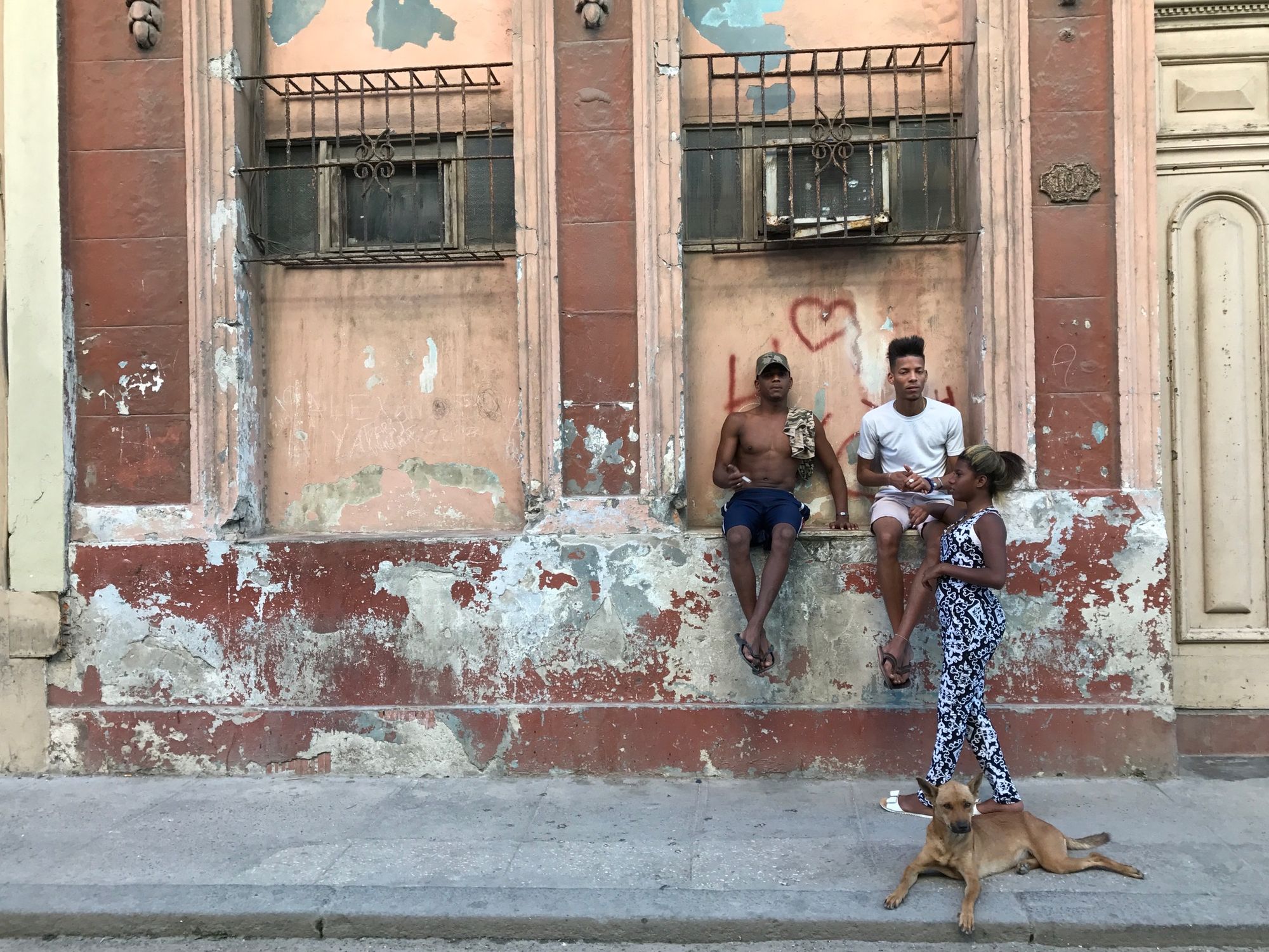
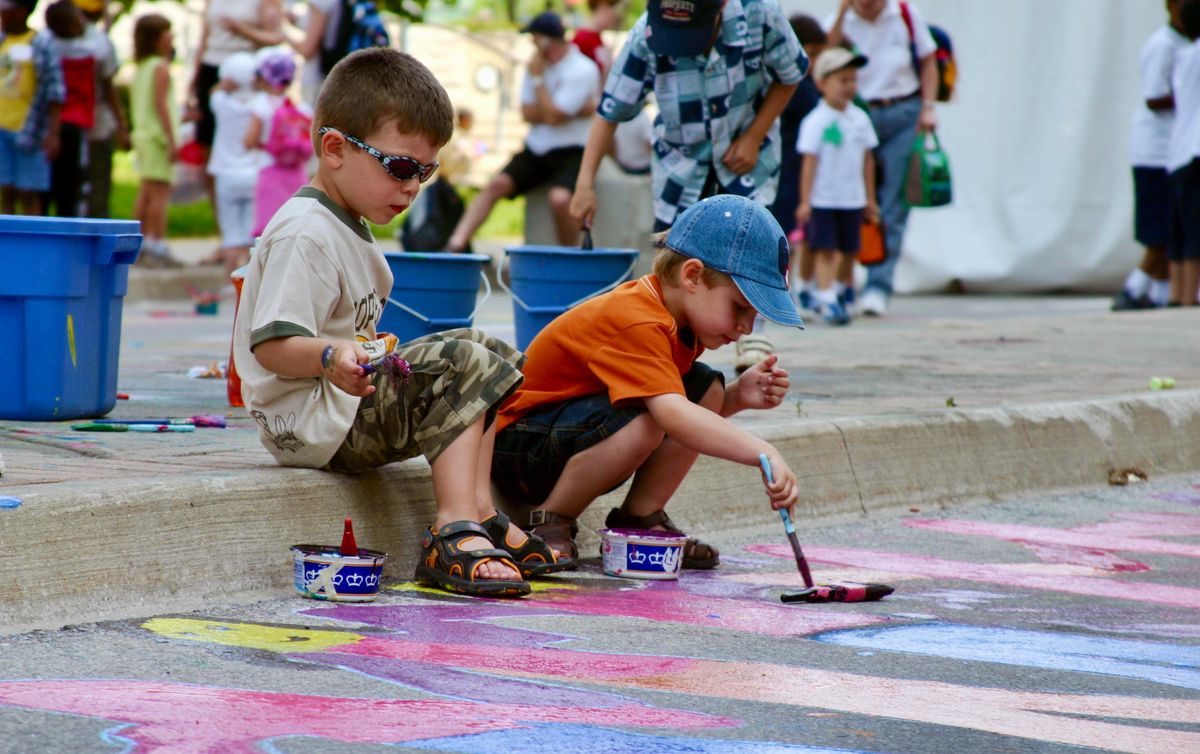
Markets as Community Hubs
In 2006 Havana’s public markets, from small corner stands to larger managed and neighborhood markets, are the major form of retail. They also comprise the centers of many neighborhoods. With high-quality produce and strong customer connections, these markets play an especially important role, creating jobs and supporting a major portion of the food system that is otherwise somewhat fragile.
Beyond the very common markets and food stands, there is not a strong retail economy. Many stores seem somewhat temporary and have low stock and limited displays. Streets that may have had many stores at one point in time, seem to only have a couple that are open only when supply warrants. Certainly, this is reflective of a minimal cash economy and no ownership of property, but finding ways to support retail would go a long ways to improving and making use of existing building and street infrastructure.
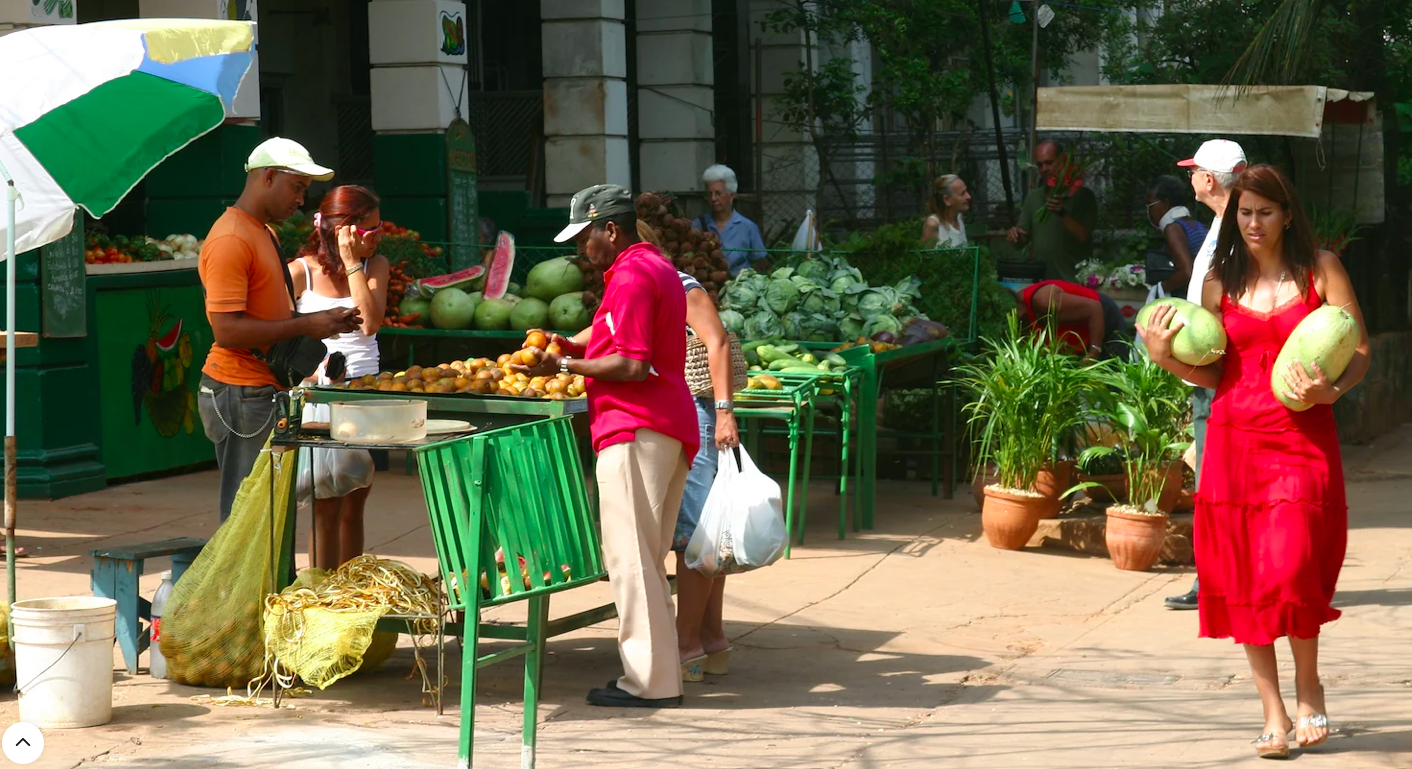
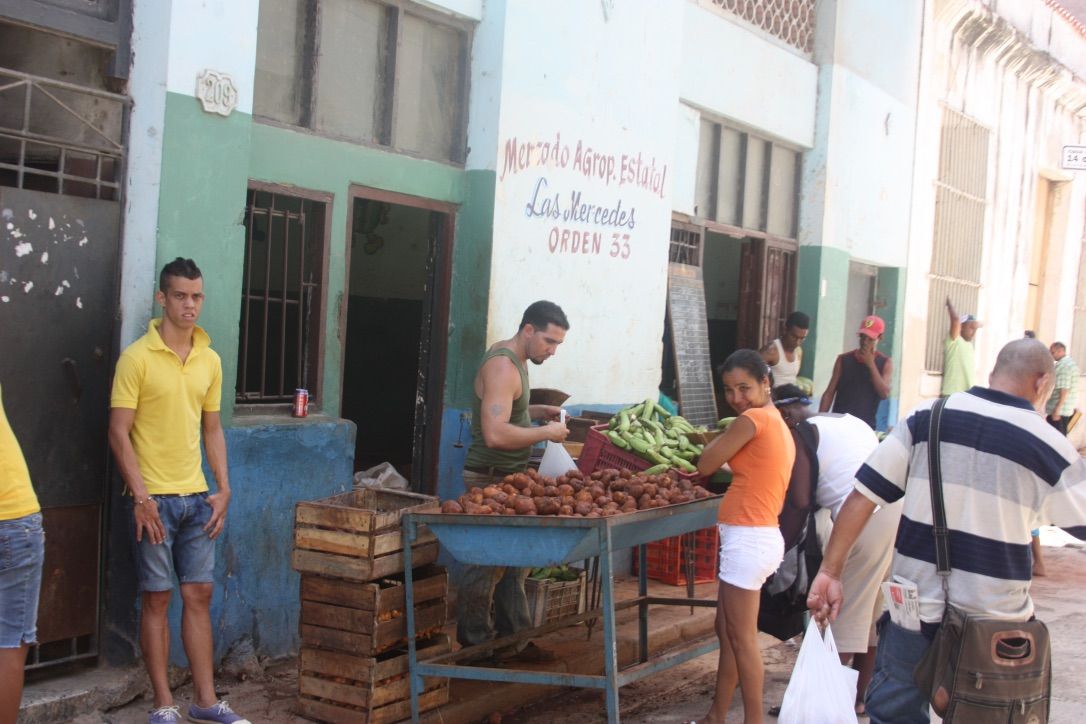
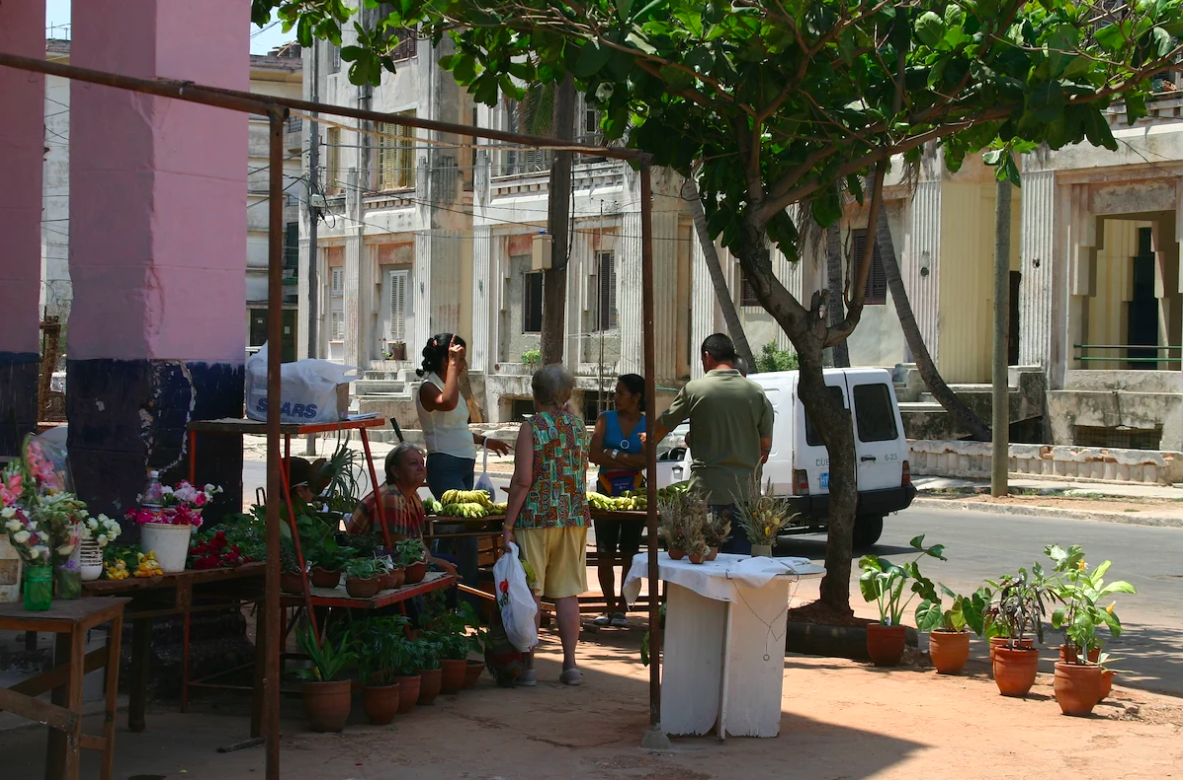
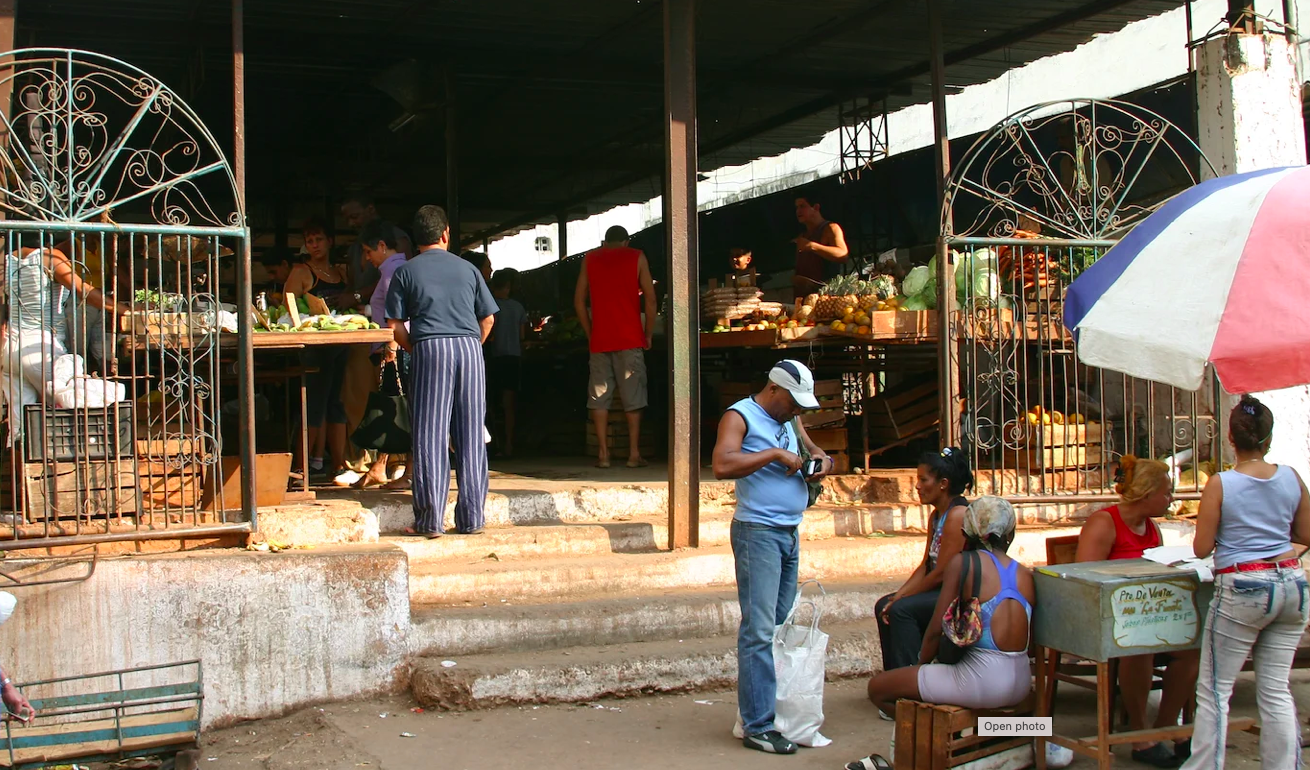
By 2017 government-run bodegas and agricultural markets continue to be the main source of food, and some very basic household essentials, like toothpaste and toilet paper. But they are not dependable, and in many instances, lacking in most of the basic provisions the government allots to each family. For this reason, Cubans have been relying on their own ingenuity to get by, finding ways to peddle whatever goods to which they may have access on street corners, or from house to house.
Cubans are well connected with each other and have learned to rely on their small community to survive the "special periods." Foreign currency from relatives or outside investors has allowed Cubans to open up everything from window service from their own homes to more sophisticated street carts, selling to tourists and Cubans alike.
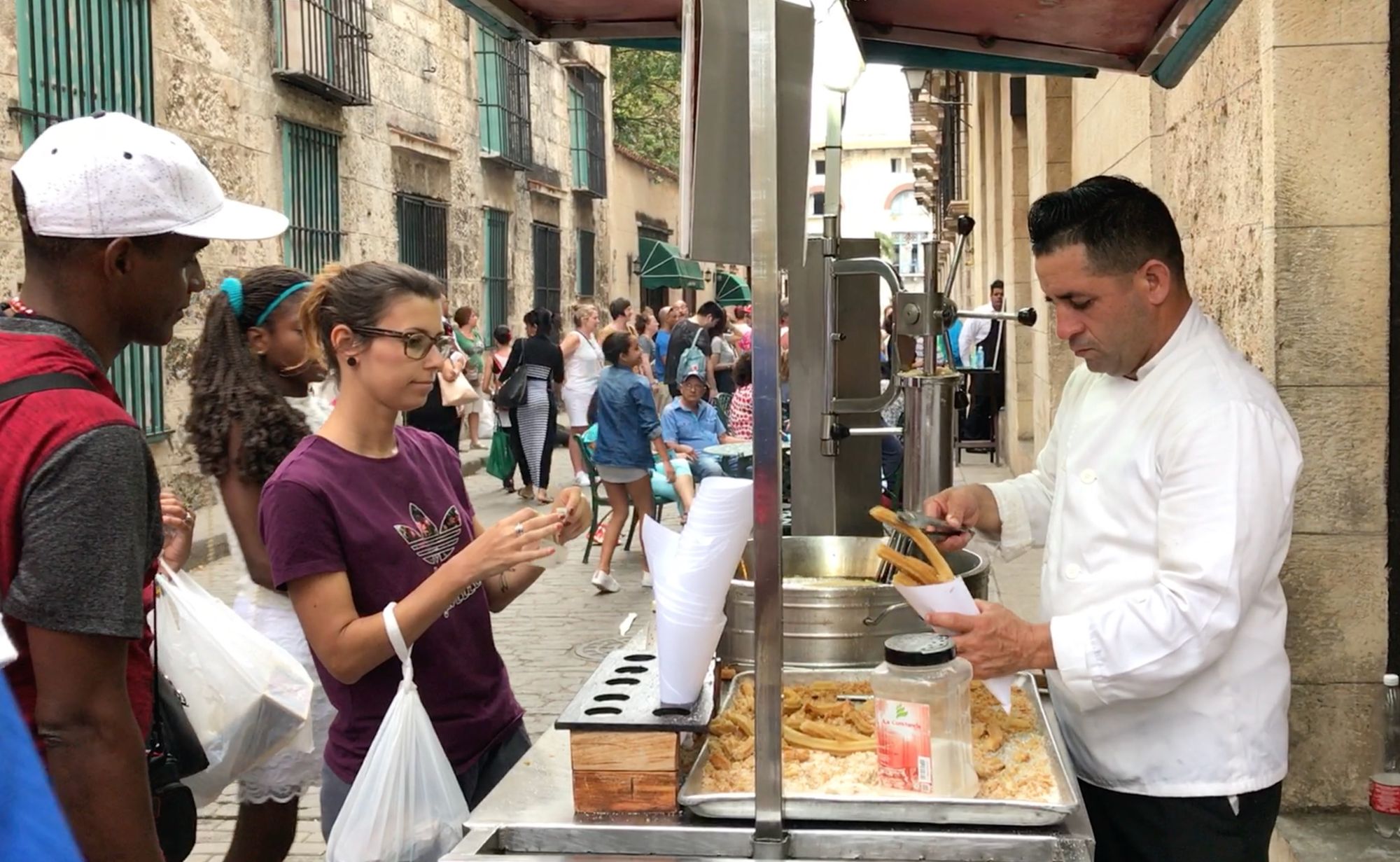
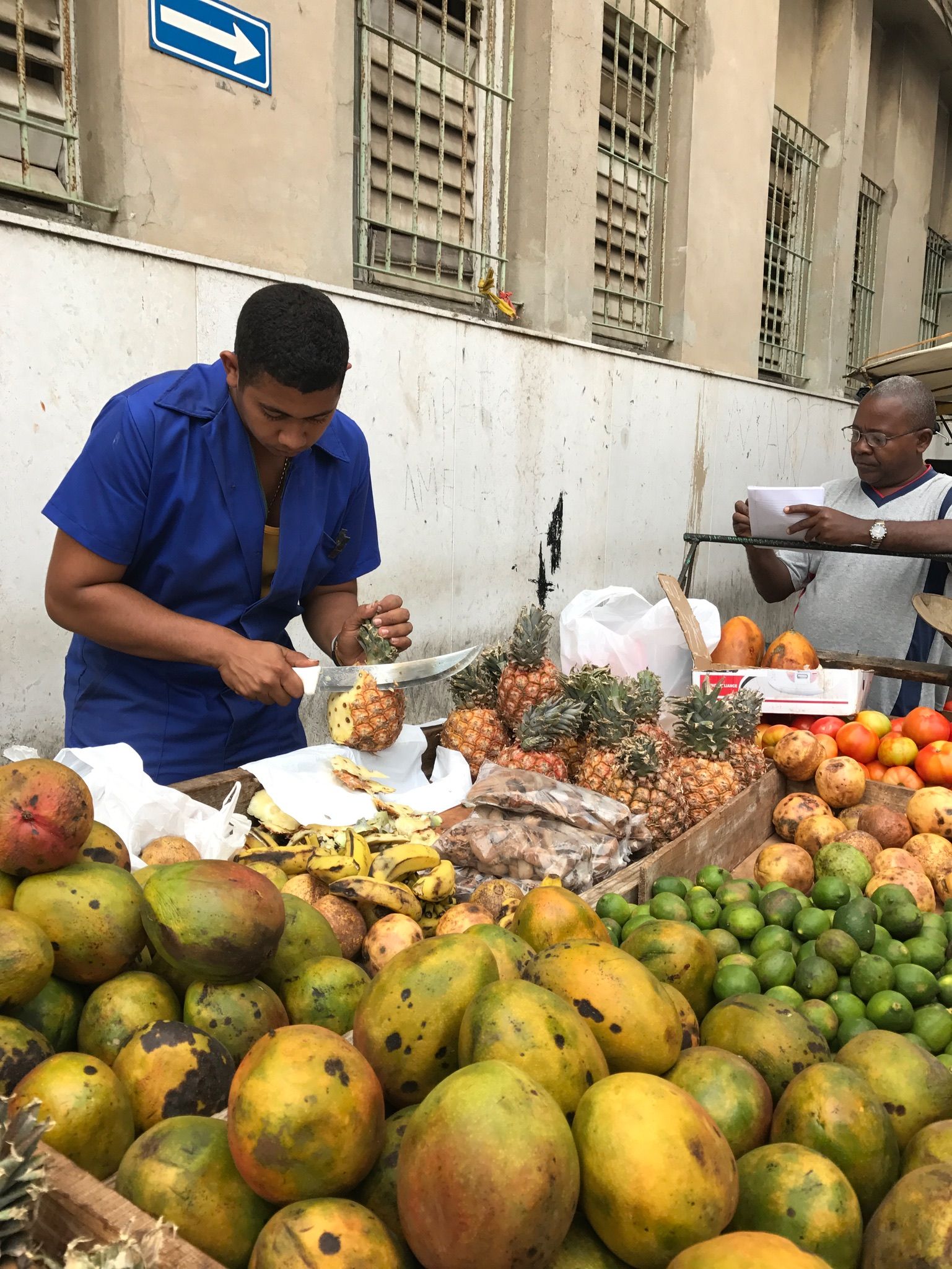
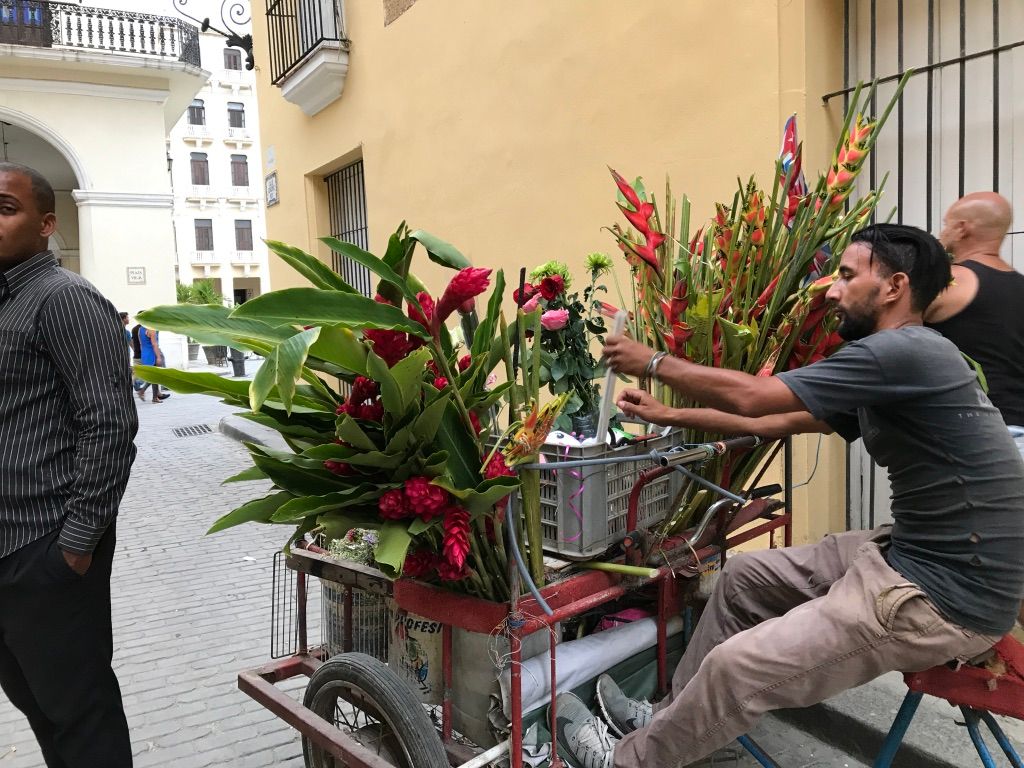
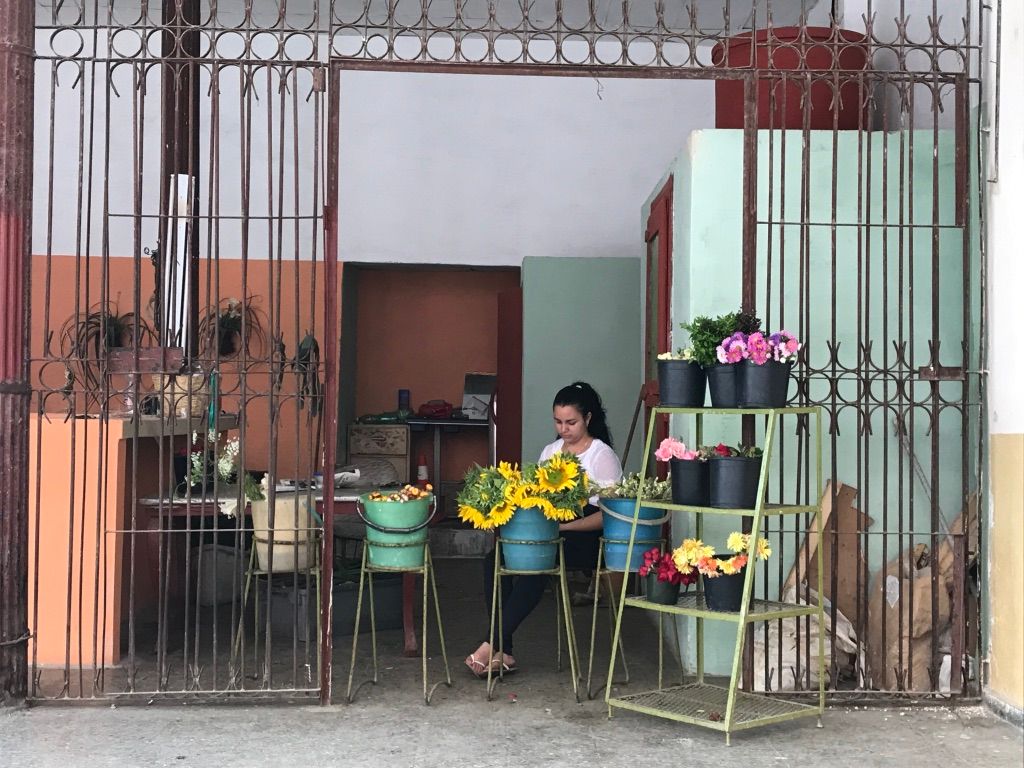
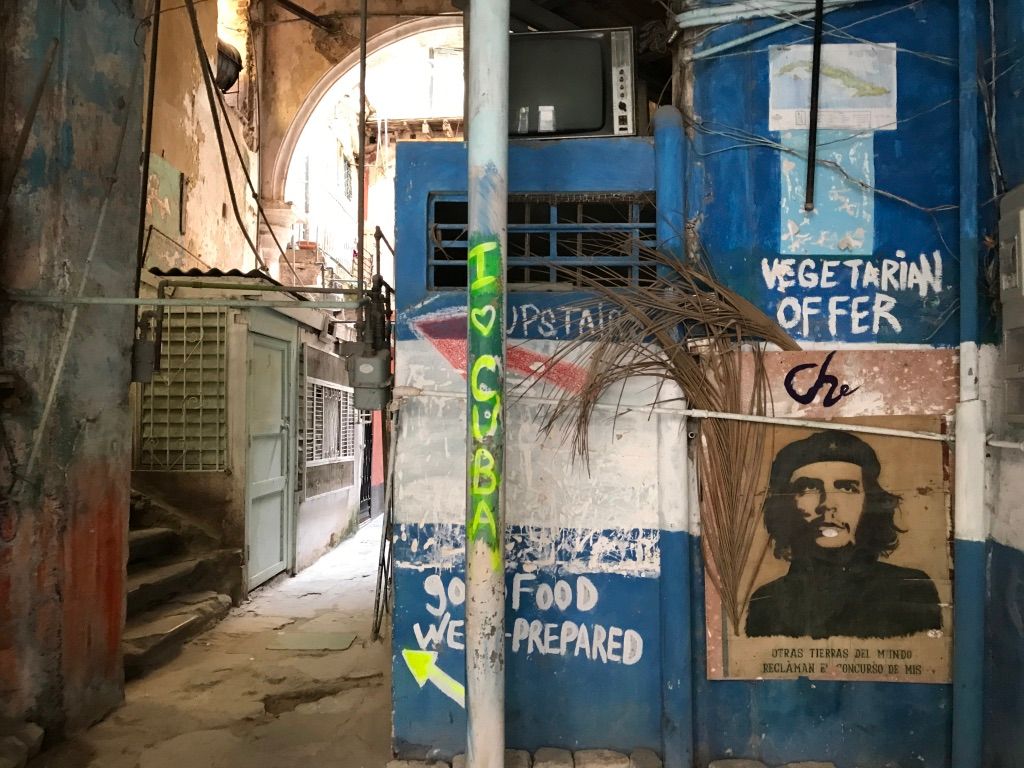
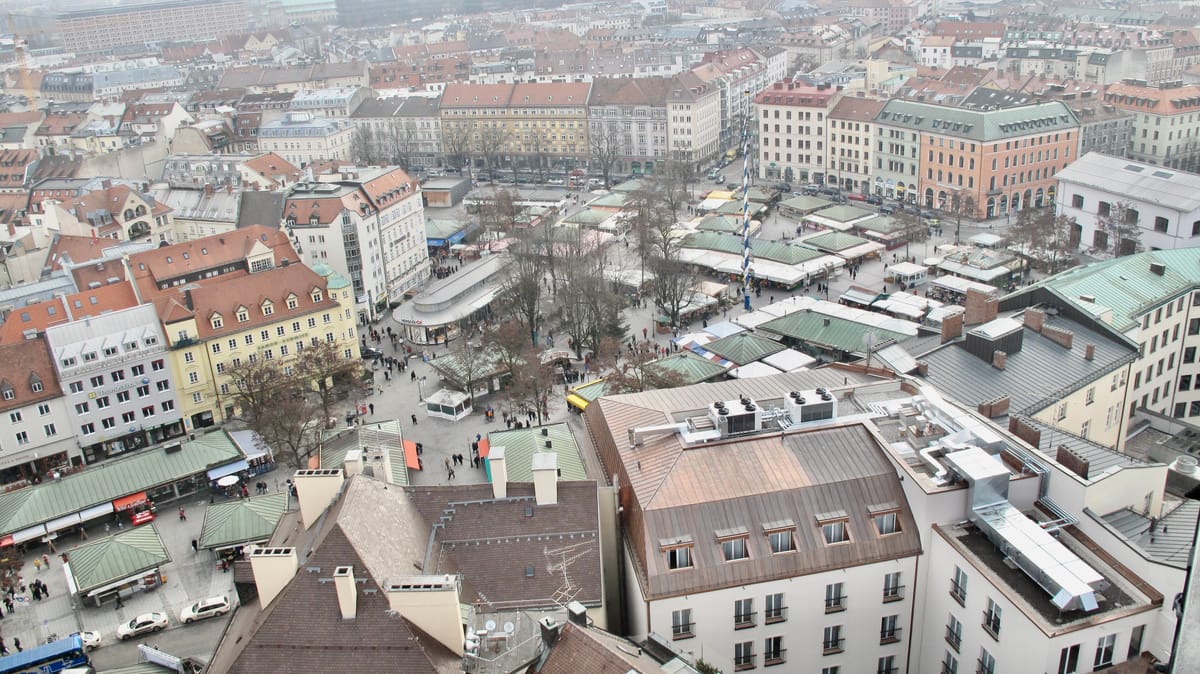
A Wealth of Historic Squares and Formal Parks
Parks and squares are all over, and their historic qualities are well preserved. A system of small parks and squares, while not always beautiful and polished, are points of pride, sociability, and comfort. The narrow - though important - focus on preservation has not allowed the parks to evolve past their historic form. The many parks and squares should be able to showcase and evolve alongside the culture and community of the city and its neighborhoods.
The squares in Old Havana should have music in them for the public and not just paying café customers. Many youth and lovers use these parks, but parents and small children do not seem to have reason to use them. However, play areas geared to small children and small restaurants nearby (there are a few) could start to attract new uses and help manage and maintain a feeling of safety in these parks.
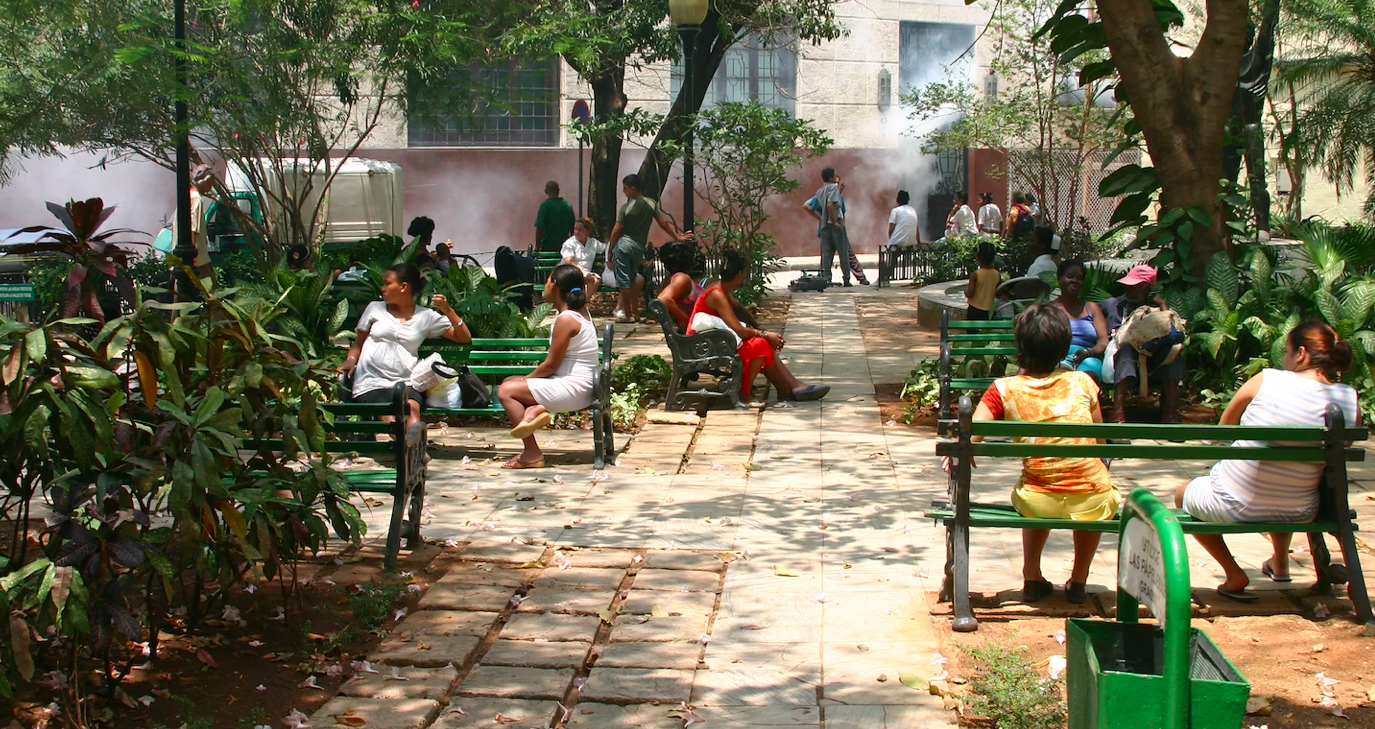
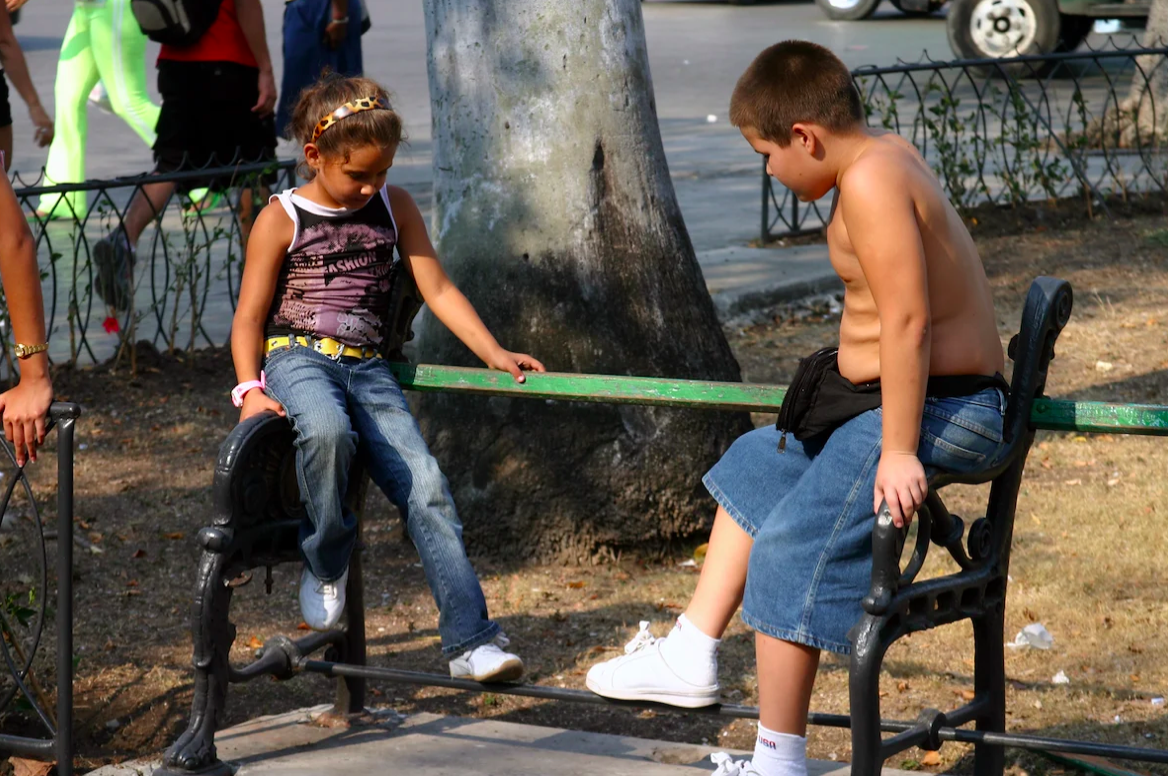
Neighborhood parks have changed very little since 2006, with benches in dire need of repair, landscaping consisting of dirt patches, and mostly stripped down to the originally skeletal frames from pre-revolution. But even Cuba has not been able to escape the digital era of cell phones. By 2017 WIFI hubs became the new draw to public spaces as they were at the time the only source of internet connectivity for most Cubans, making local parks safer social hubs than they may have been in the past.
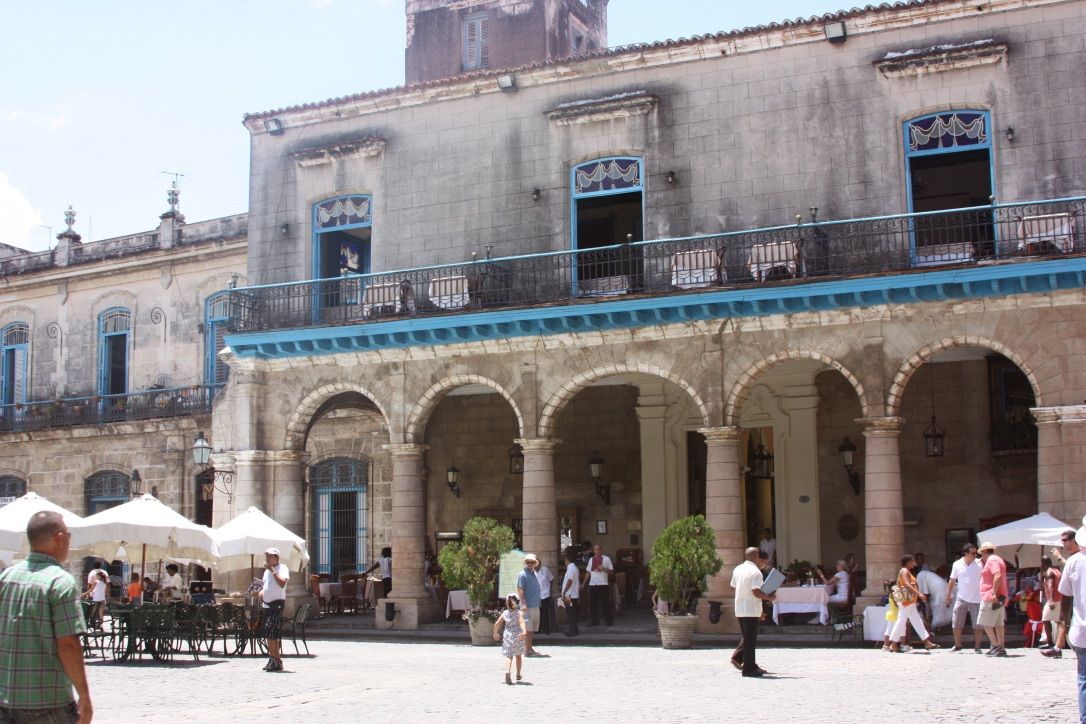
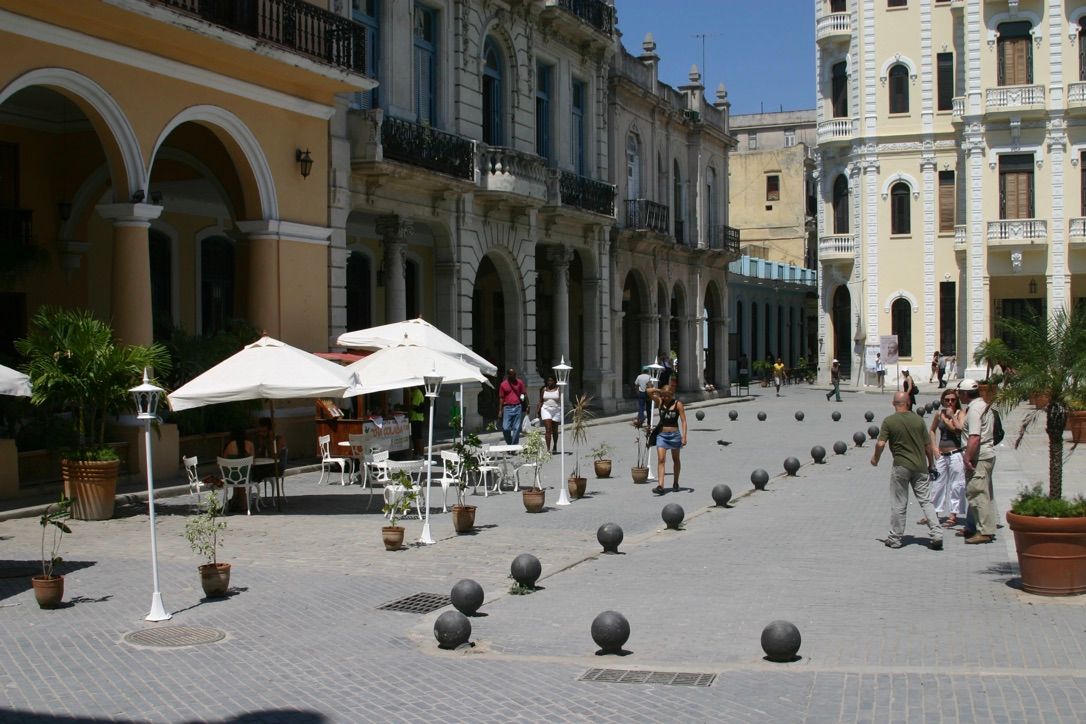
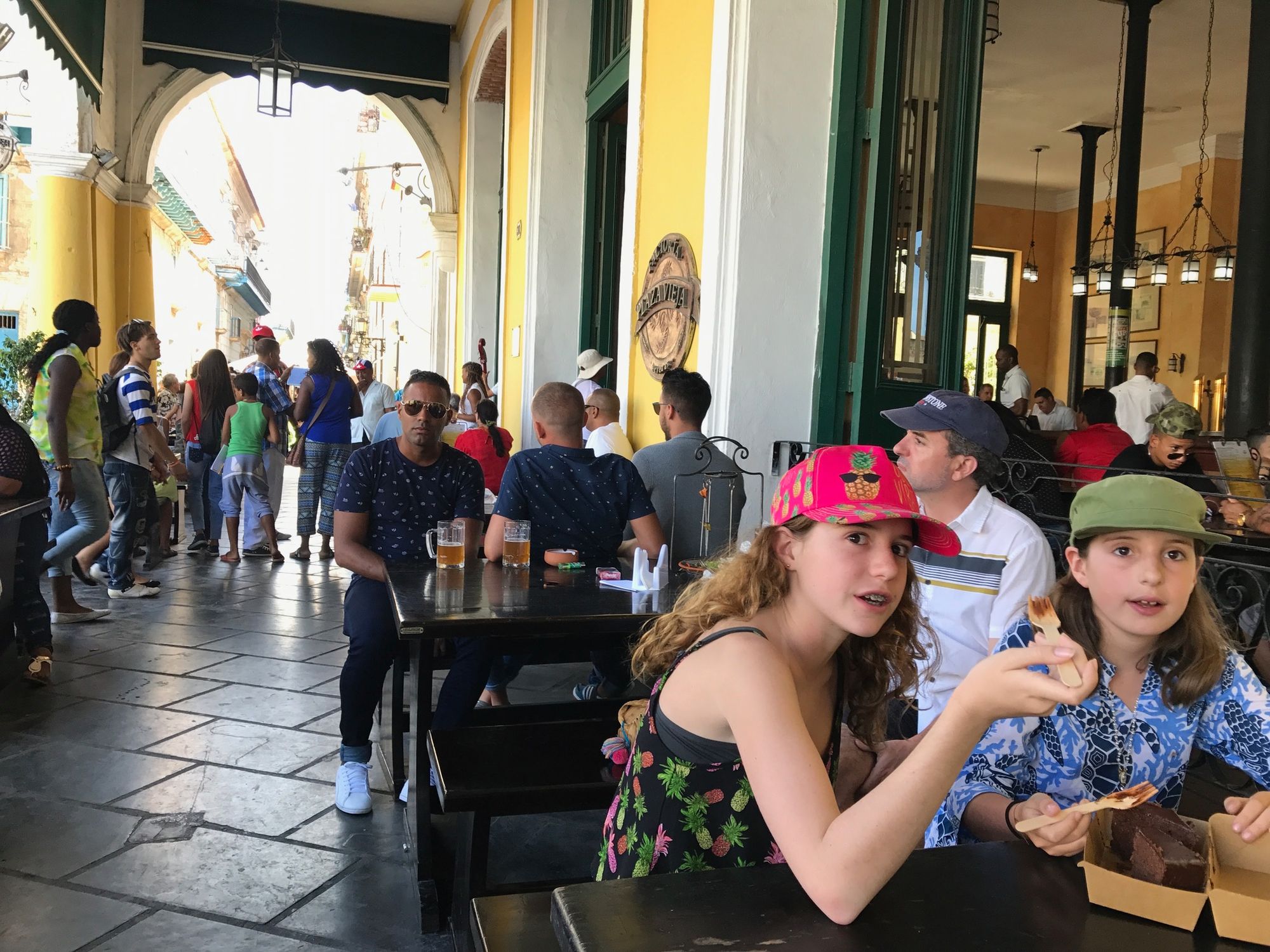
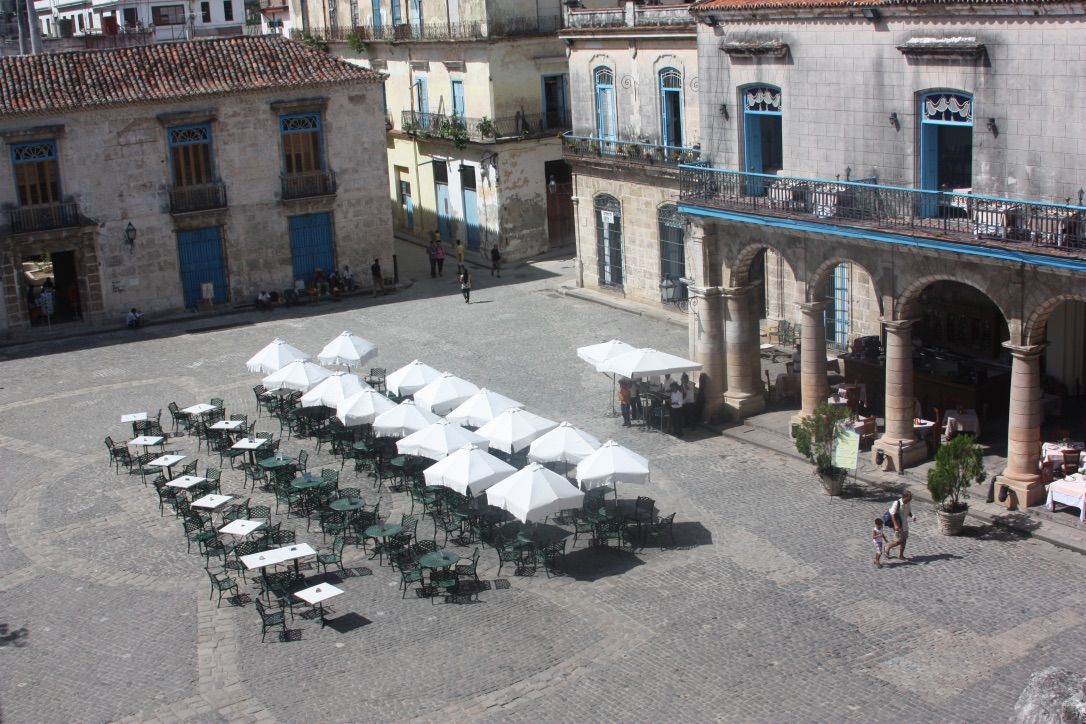
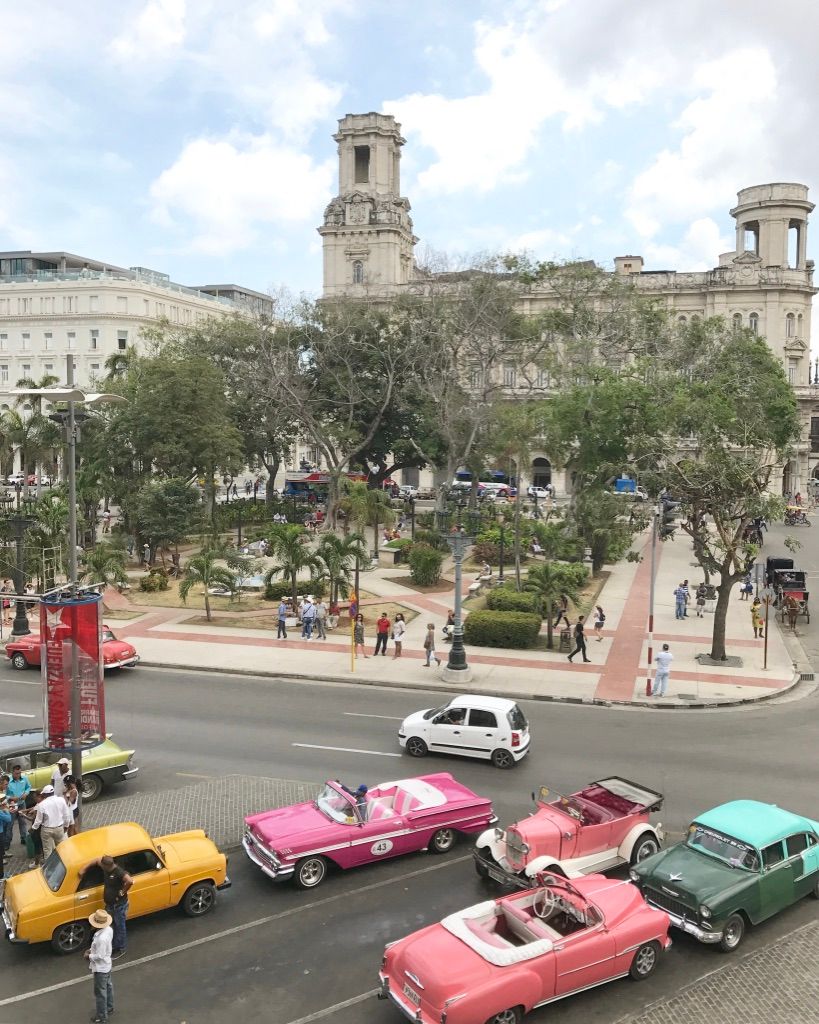
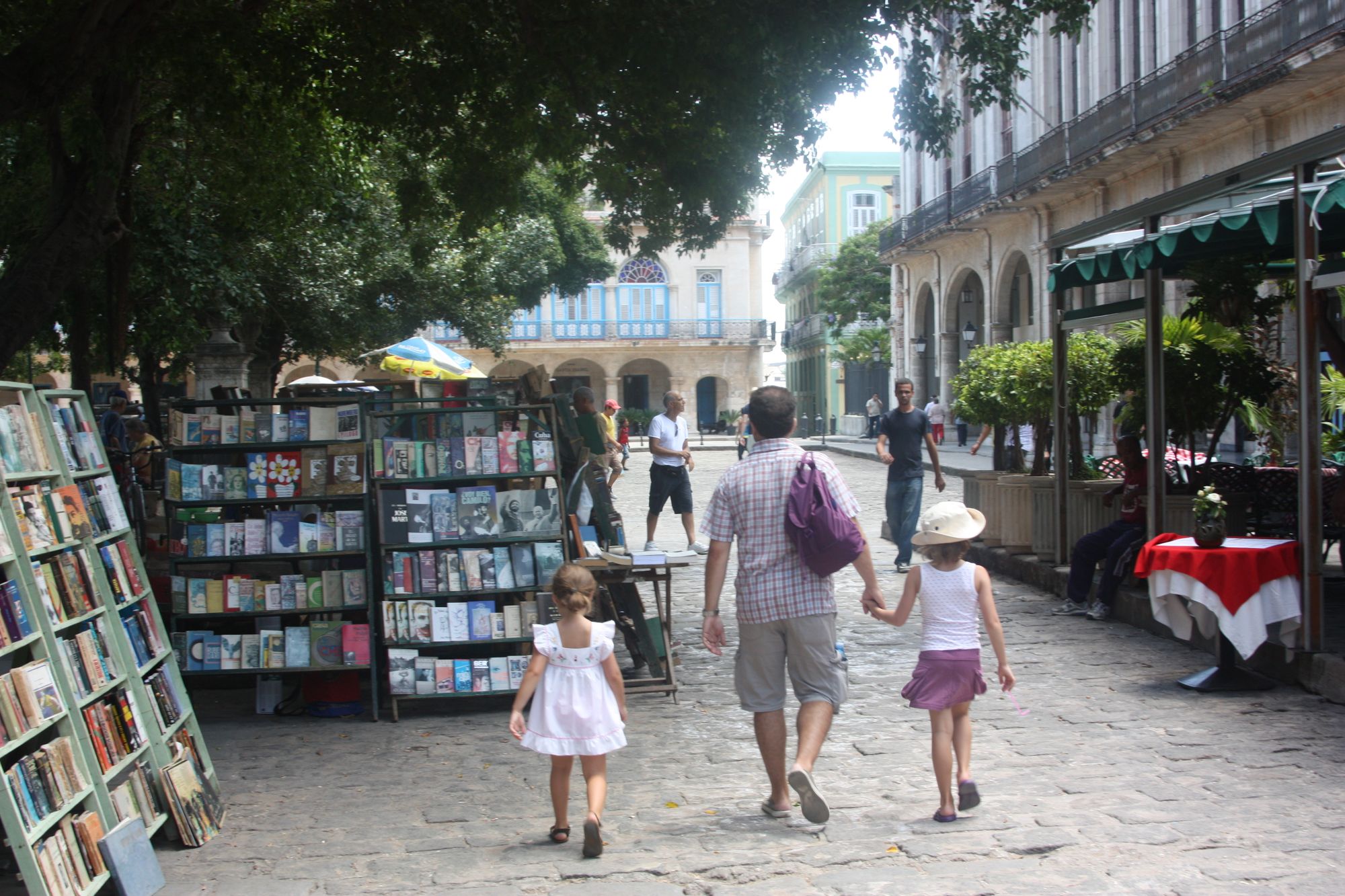
Broad Boulevards
The Boulevards (Paseo del Prado, Avenida de Los Presidentes, Paseo, etc.) are major amenities that rival the world’s best center median boulevards. They are the defining icons of their neighborhoods. Despite the fact they are well used, these generous public spaces need more activities and destinations. The Prado could potentially exceed the Ramblas in Barcelona, while the Paseo and Avenida de Los Presidentes could perhaps showcase some small cafes with shaded public seating areas and local art from living artists.
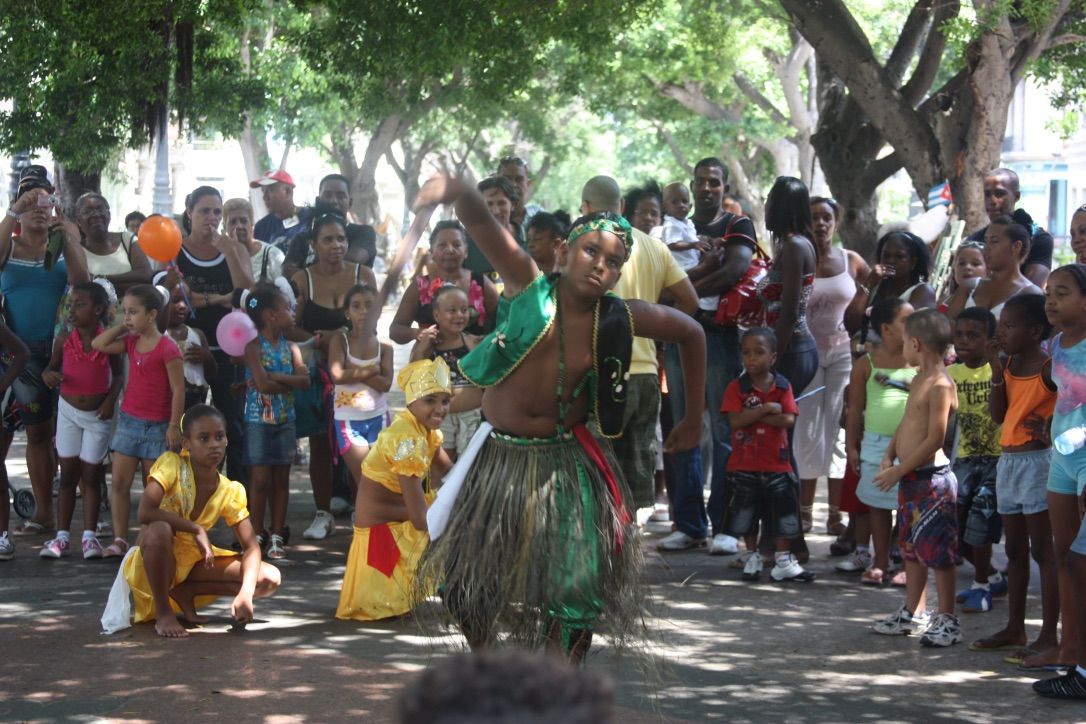
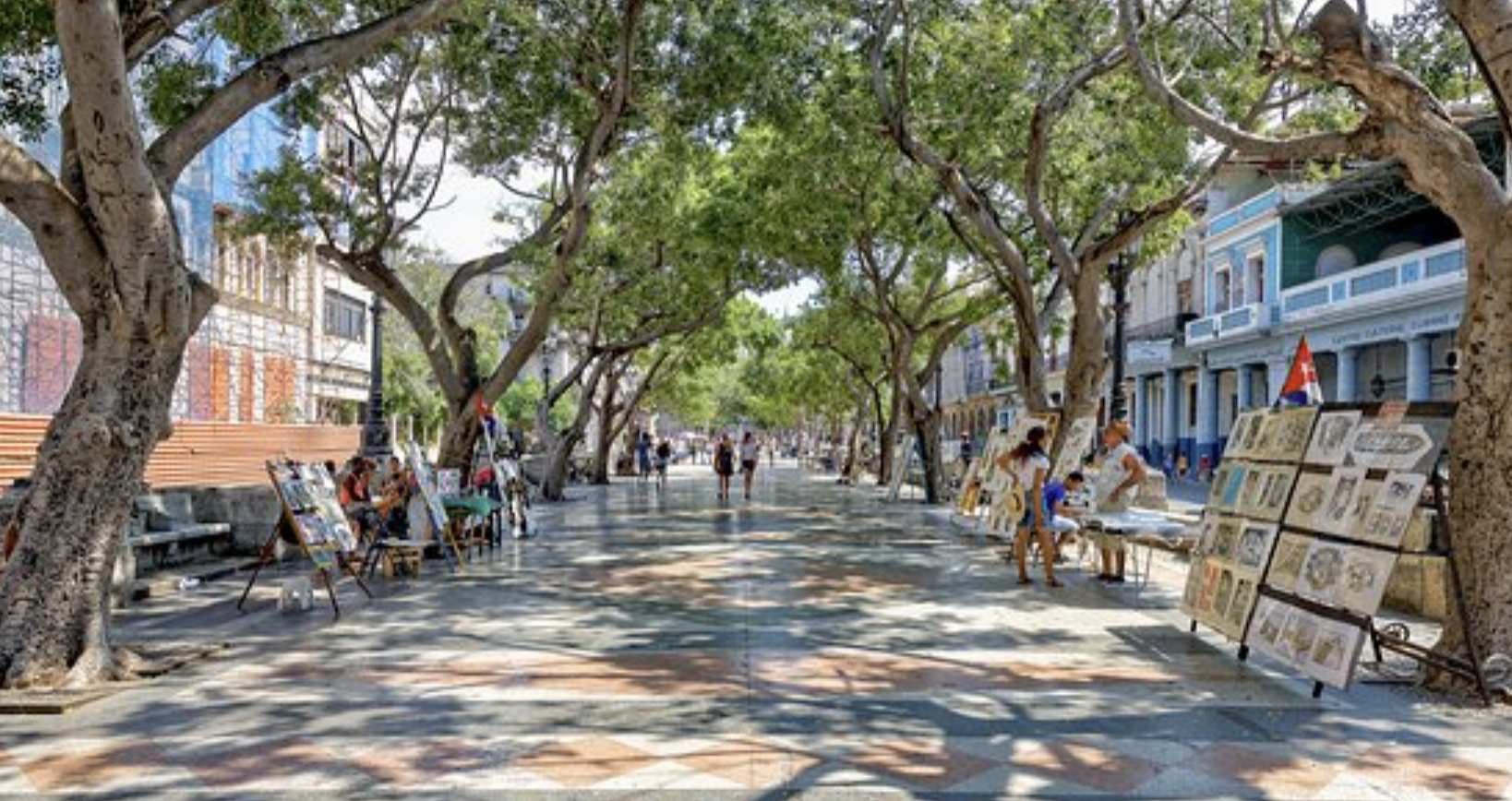
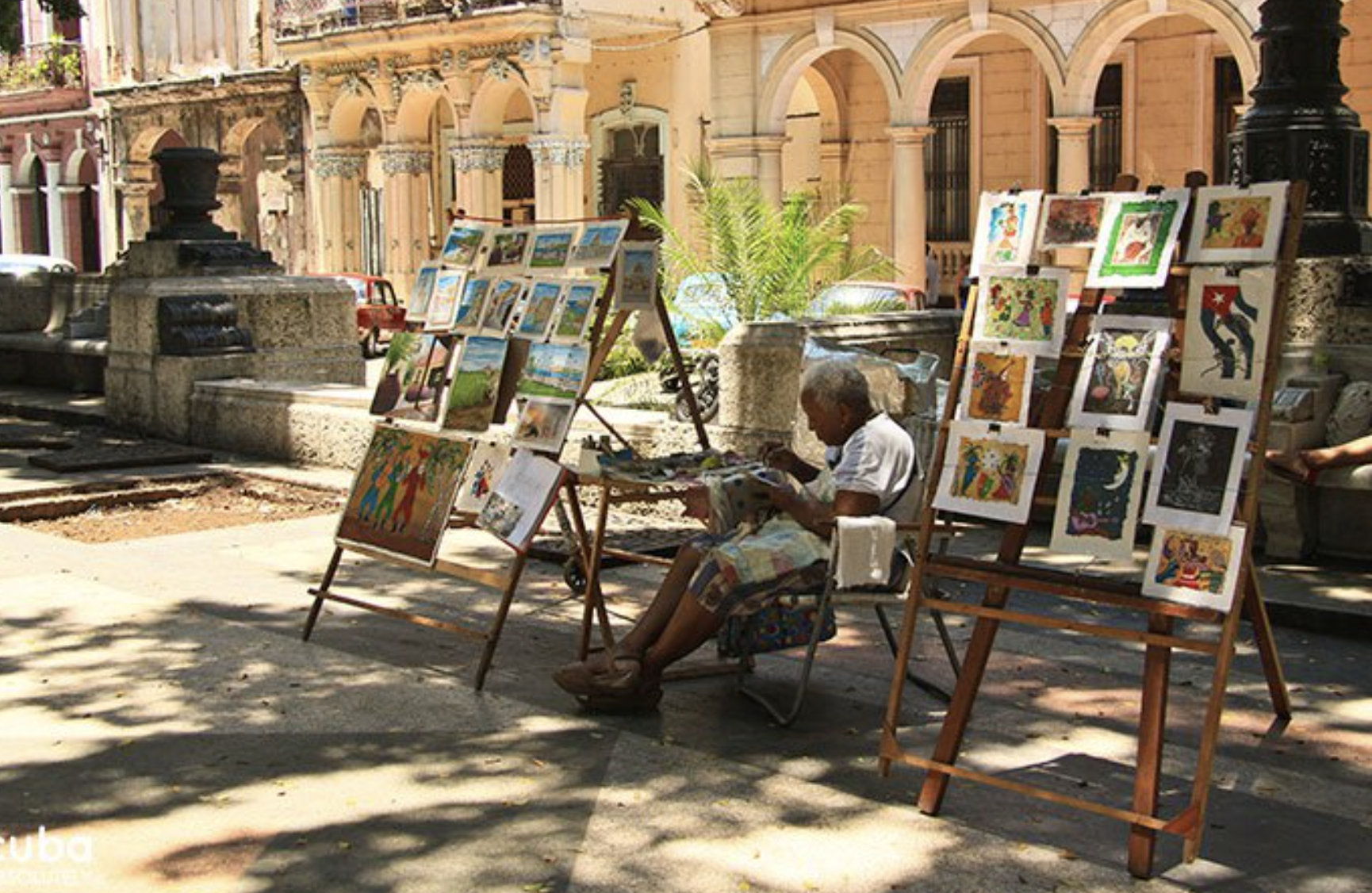
With more tourists trickling down Paseo del Prado in 2017, the fully open boulevard has since become the perfect street for artists to showcase their work. Among the continued diverse mix of young and old, locals and tourist stop to take a break to take in the atmosphere on the wide stretch of its shaded path. Spontaneous performances, as well as organized school and public events, make this boulevard a prime spot for community building as well as a draw for tourists who bring the much-needed euro/dollars Cubans have come to depend on. What this boulevard continues to lack are the basic amenities, like built-in chess tables and mobile food vendors. A great opportunity for local Cubans in need of a supplemental income.
A Waterfront City
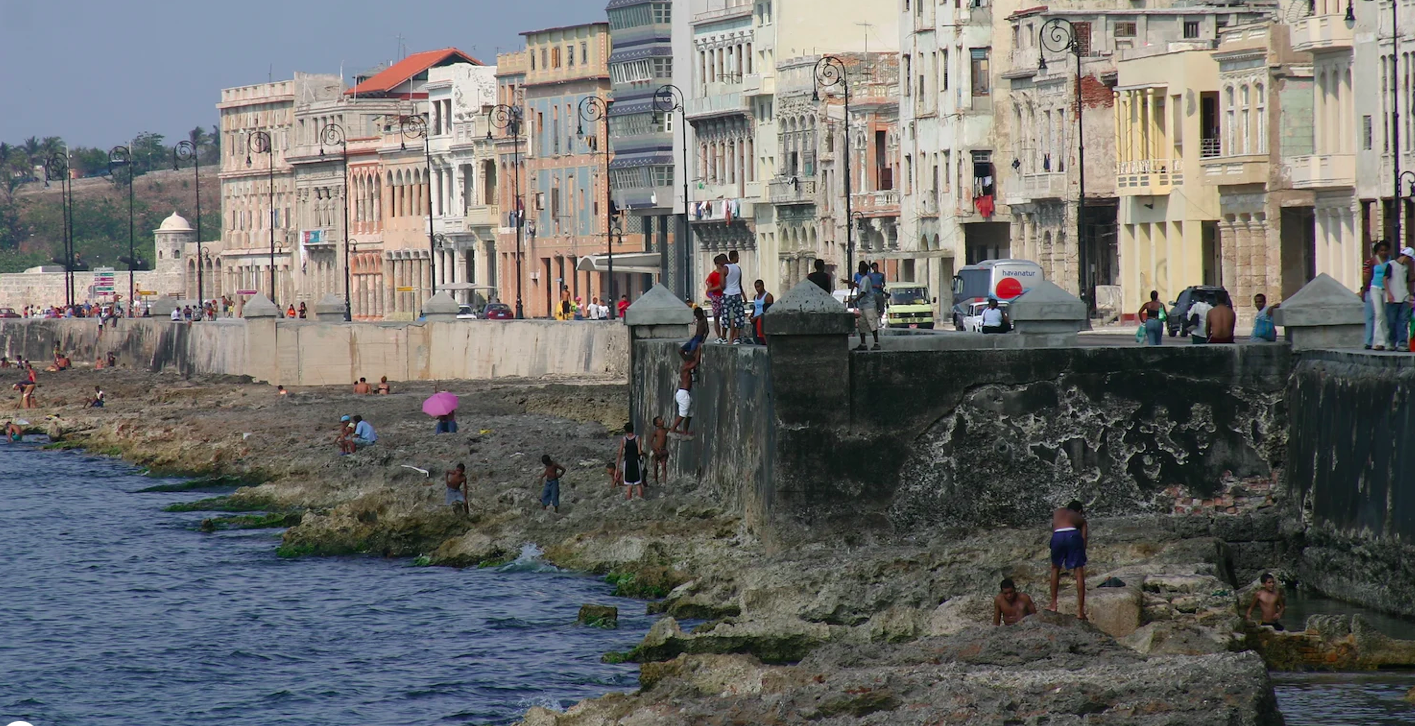
This waterfront is clearly one of the city’s greatest assets and already an identifying icon, but the public spaces along the waterfront are perhaps those most in need of improvement. The Malecon, while beautiful in postcards, is not really that usable for pedestrians. A wide and fast six-lane highway with no crosswalks is flanked by a narrow promenade (really just a sidewalk) and it has only limited destinations with no uses or amenities to speak of.
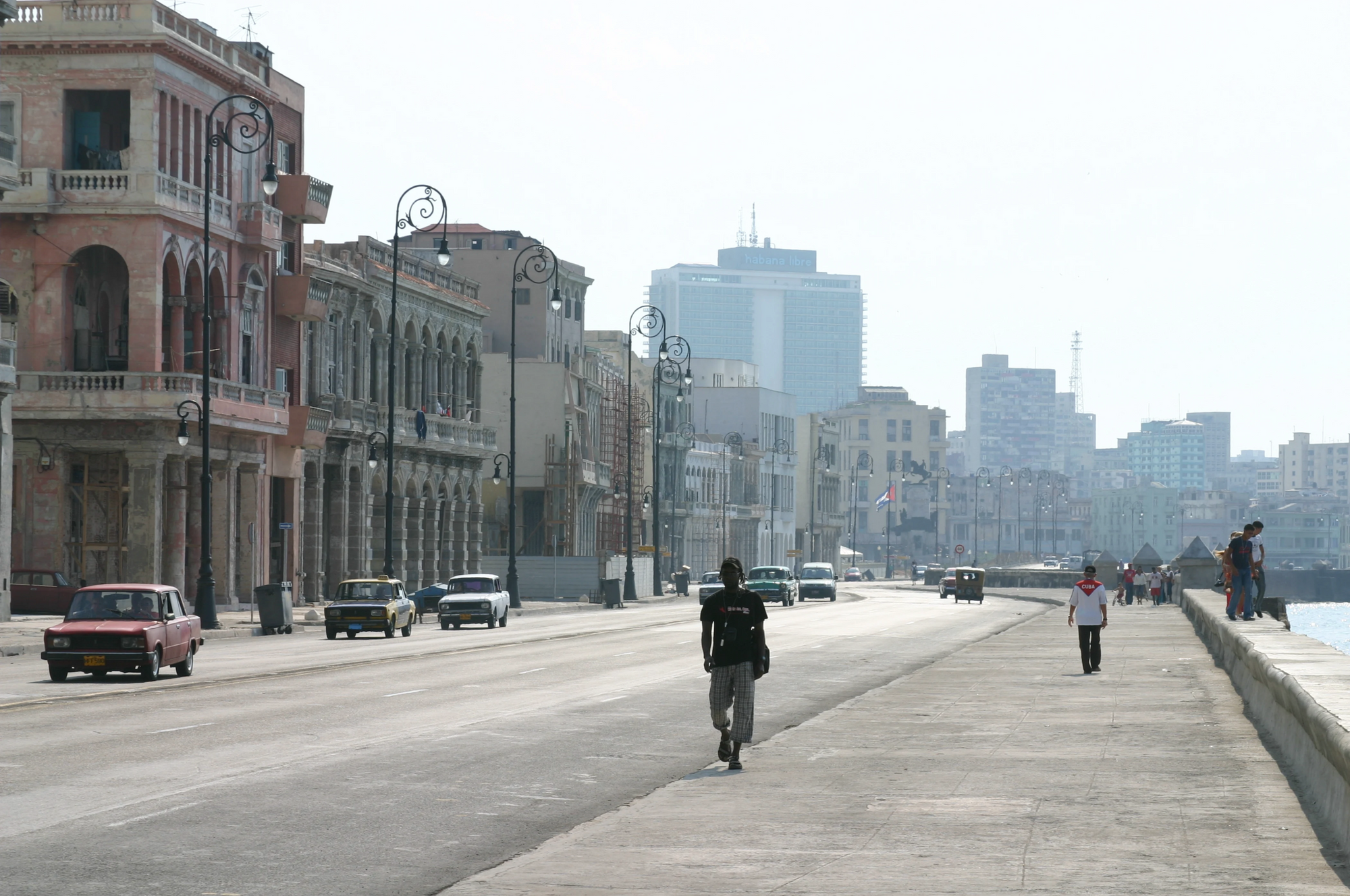
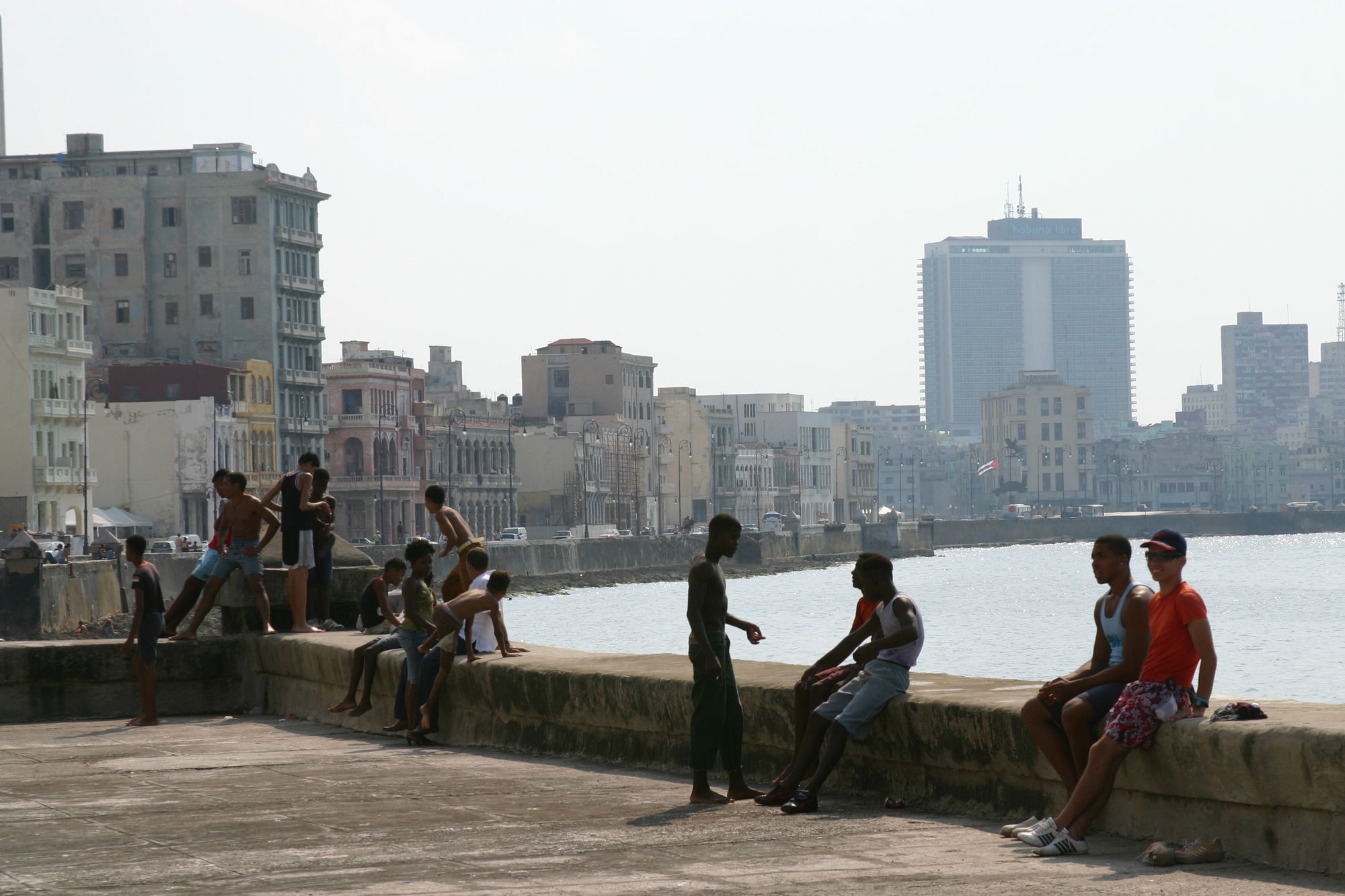
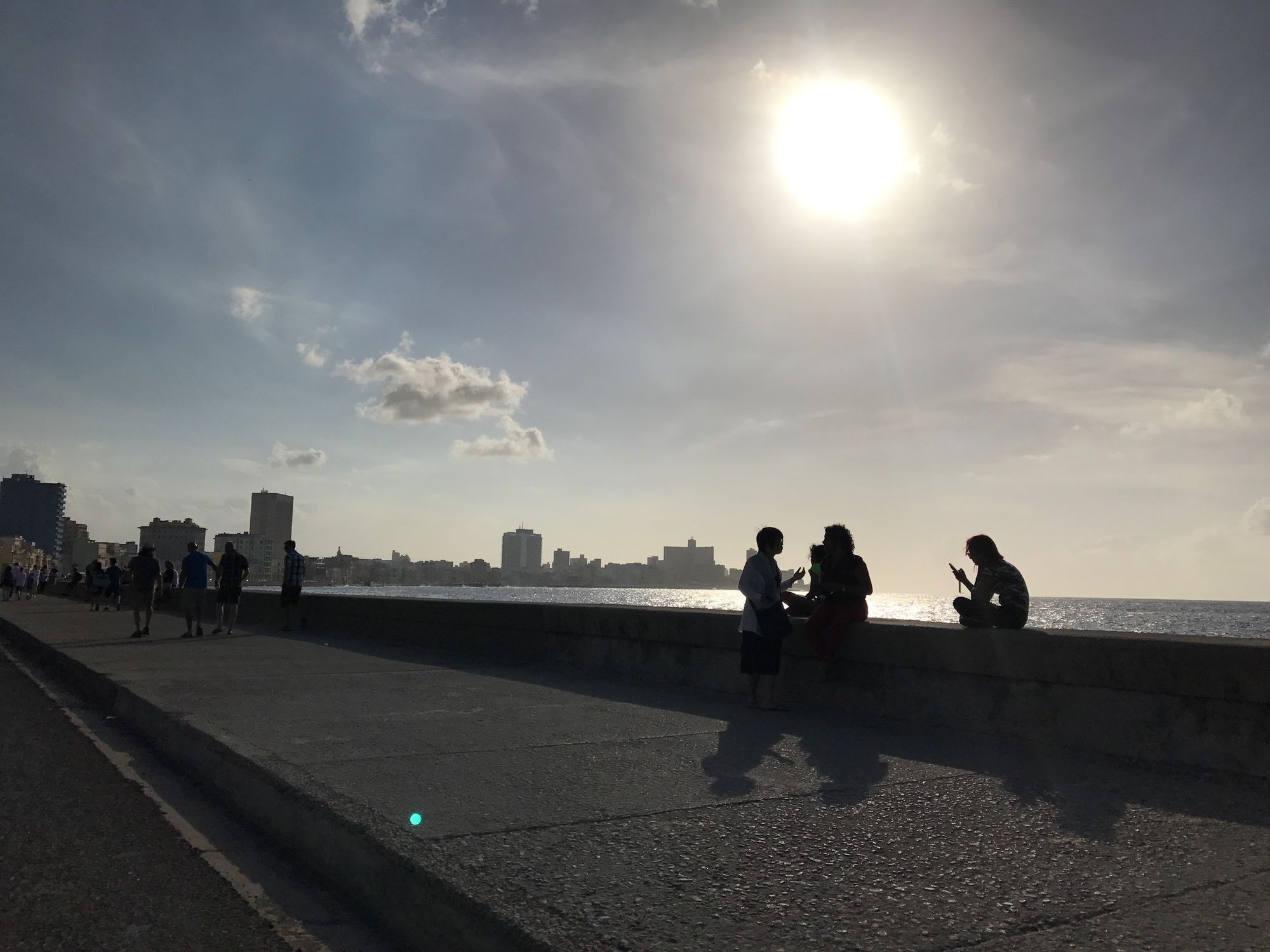
Nonetheless, the Malecon by 2017 continues to be a place for Cubans to gather and maybe claim a bit of that space as their own, as they continue to be pushed out by the gentrification of Old Havana where dining & entertainment in the newly opened cafes and bars is cost-prohibitive to most Cubans. The wide wall separating the street from the rocky shore serves as a platform for social gathering. Families and teenagers gather here to eat, listen to music, swim, fish, and even dance. It is the heart of Havana. The energy of crashing waves has made this a difficult location for cafe-style seating, but it has the potential for mobile food and drink "trucks" making it possible for all to enjoy.
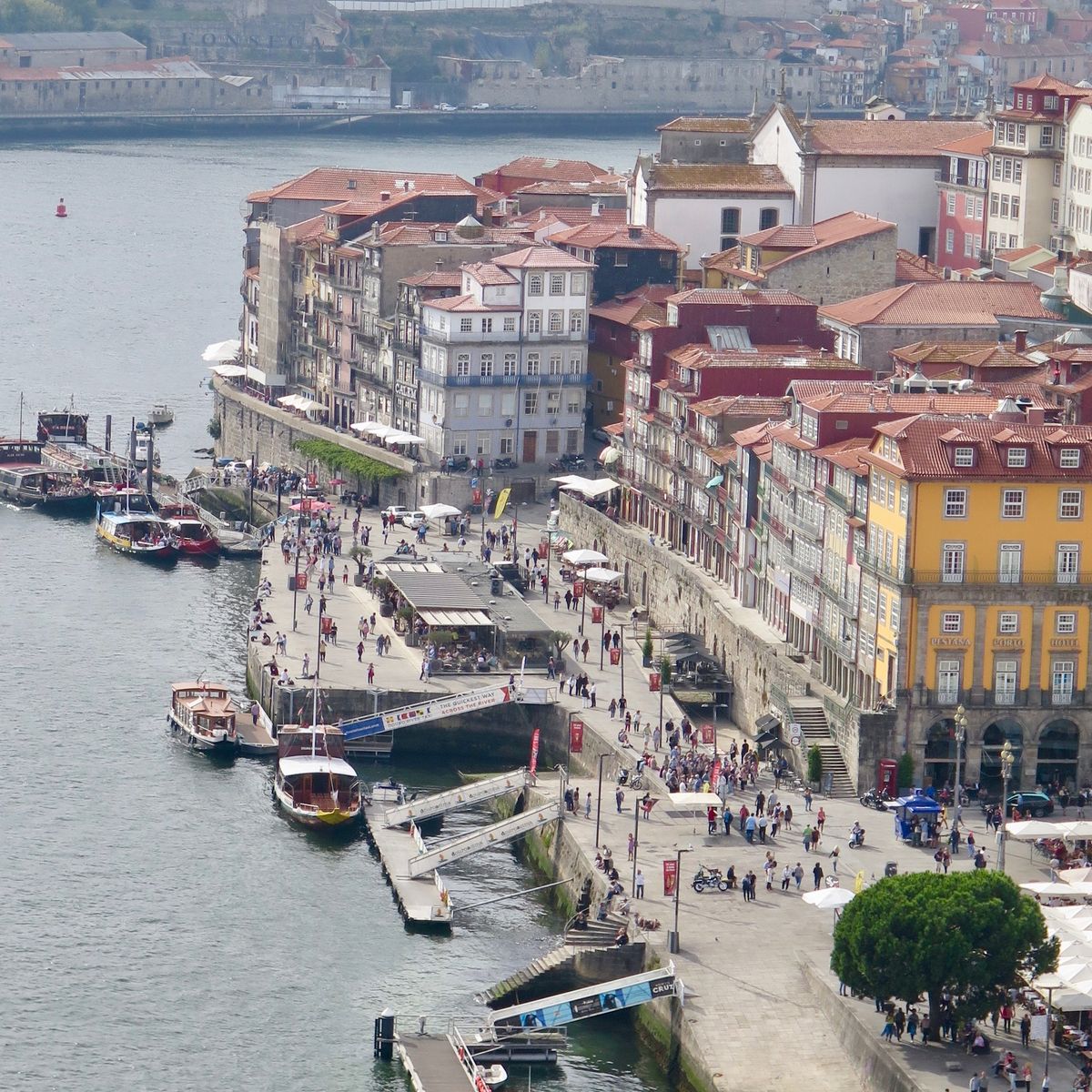
Preservation Architecture with Public Life
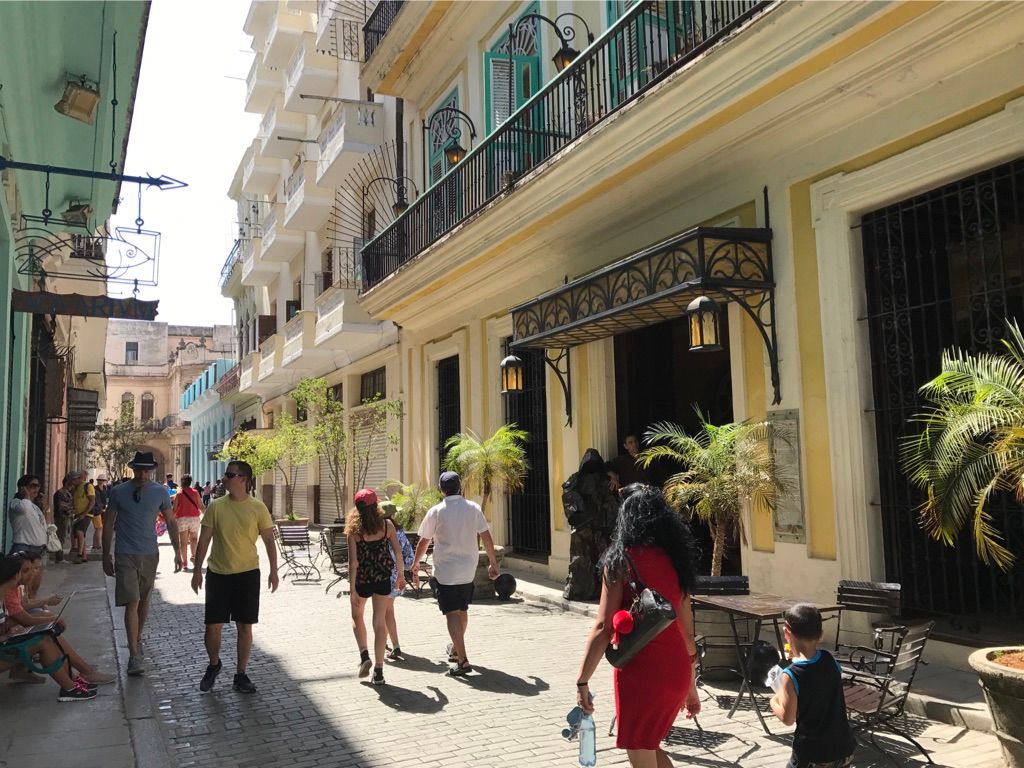
While it is the many uses and pervasive sociability that stands out most in Havana, behind this activity is some of the best-used urban architecture and public spaces we have seen. Though in disrepair and with a limited retail economy, the building stock manages to support the social life spilling out onto the streets. This is in large part due to their scale, intricate detailing, balconies, and ground-level activity. The public spaces of Havana flourish like no other. From open-air celebrations to haircuts, board games to baseball, the streets of this unique city truly celebrate humanity. We hope that this vibrancy can be preserved, along with the architecture and public spaces that support it.
Sadly, the lack of available capital and incentive to improve property is leading to the deterioration of some spectacular buildings throughout the city. While there has been a great deal of attention to full renovations and retrofits of buildings in the tourist area of Havana Vieja, this has probably gone too far, too fast, and is often out of context with the surroundings on many levels. A better investment, rather, could be in structural and preventative measures in buildings throughout the entire city. This has been a common mistake of many UNESCO heritage areas; focusing on the built environment and capital projects while ignoring (and often pushing out) the life and people that make the area work (and who created the spaces in the first place). UNESCO, and similar preservation projects, should be able to focus on uses and preserve the connection between the culture, community, and economy within the built environment.
In 2018, private home ownership was finally recognized by the Cuban government, which has allowed Cubans to trade up or down based on need, or even sell their property. Cubans were also allowed to open their own businesses to make up for an economy fueled by foreign currency. Living on a Cuban salary was not possible and because of this Old Havana and surrounding neighborhoods have transformed slowly from a lackluster cluster of crumbling gems to colorful streets replete with restaurants and Paladares run by Cubans. There are also resurrected boutiques that feel as if you are stepping back to the 50's; some government-run and others by Cuban entrepreneurs. Musicians (hired or independent) are on every corner and balcony serving the songs you have come to expect, attracting tourists and Cubans alike beyond Old Havana. This wonderful mix of old and new working together is what we hope keeps Havana from becoming every other gentrified city in the world...with locals serving as the outsiders looking in.
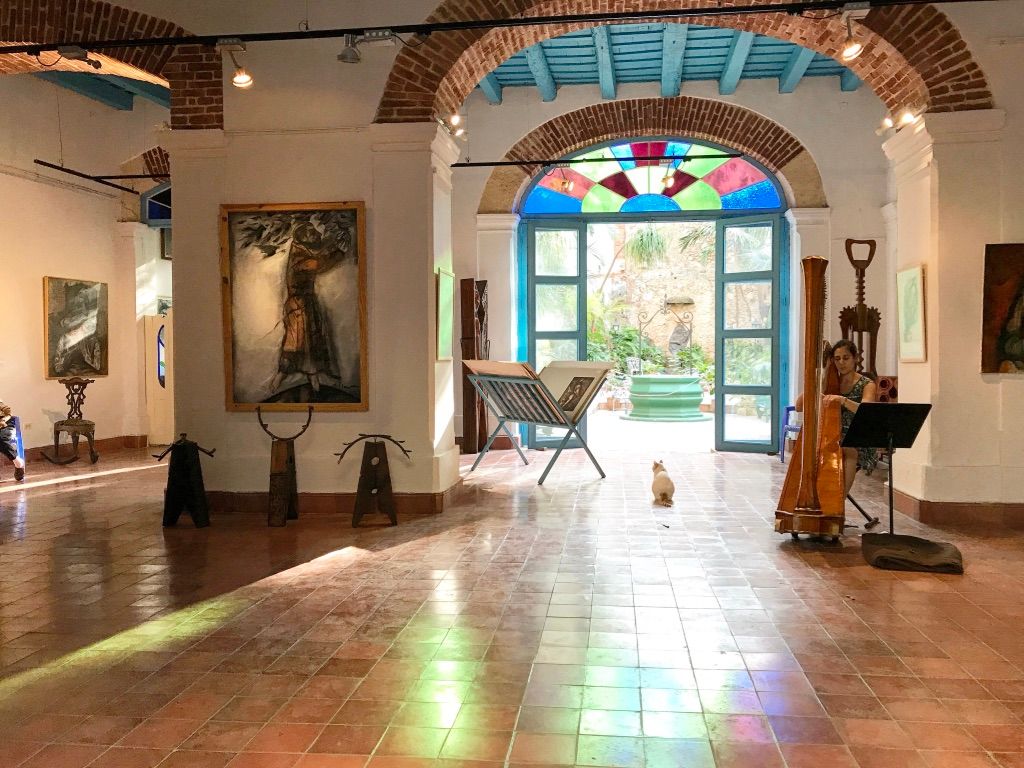
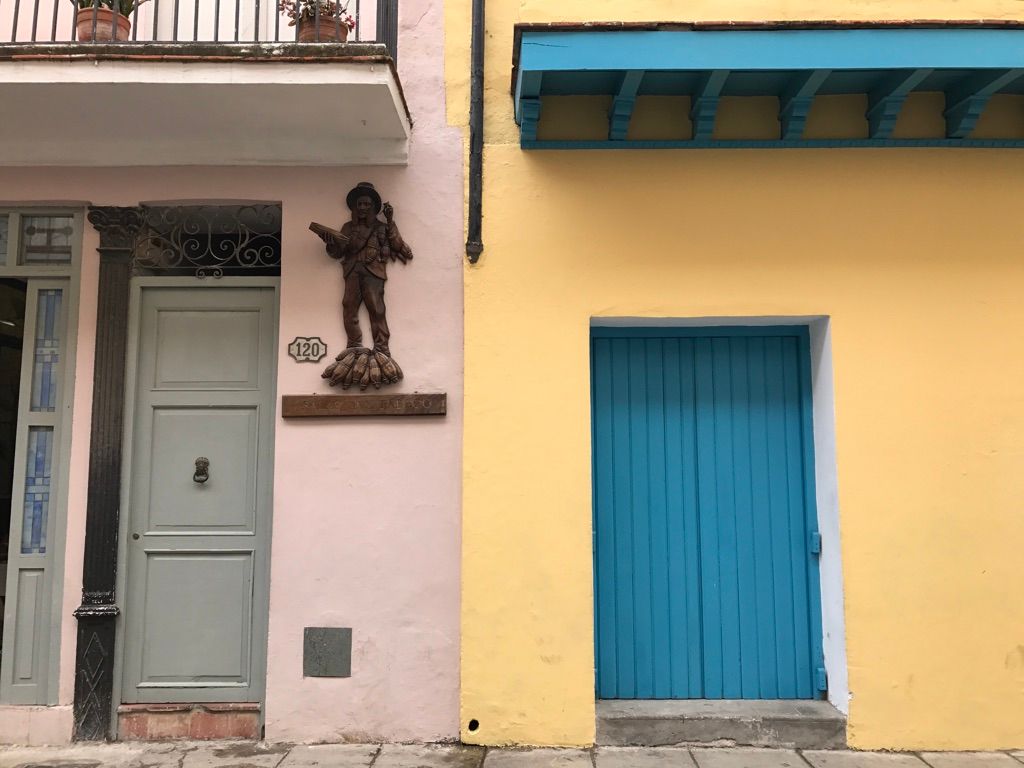
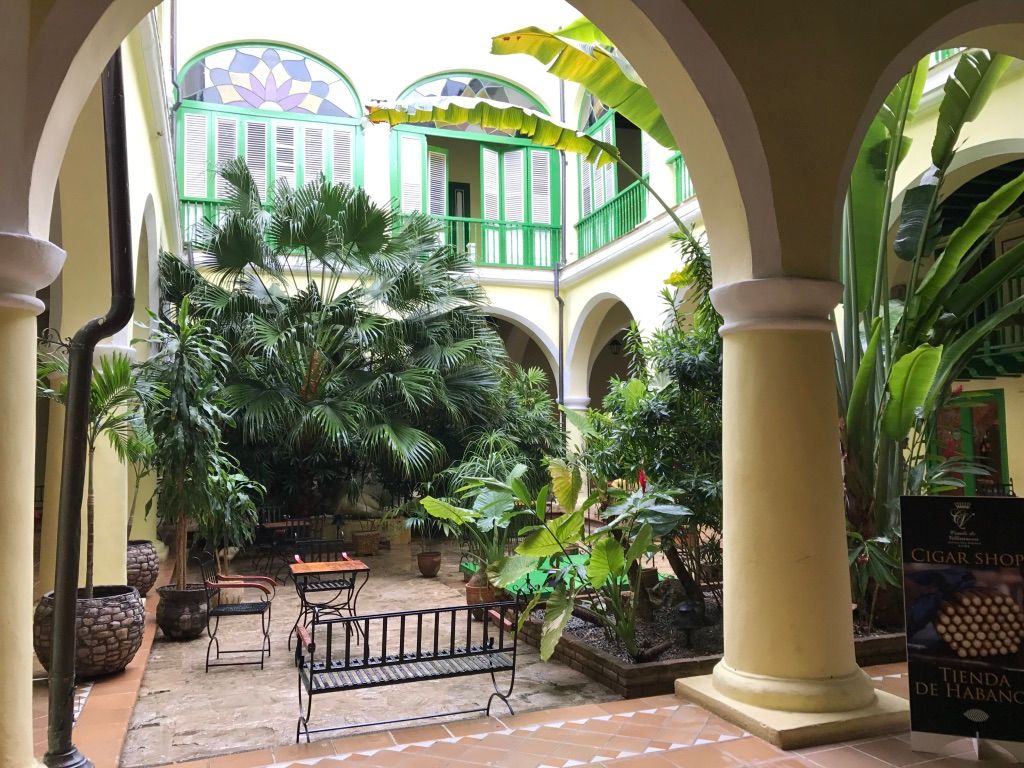
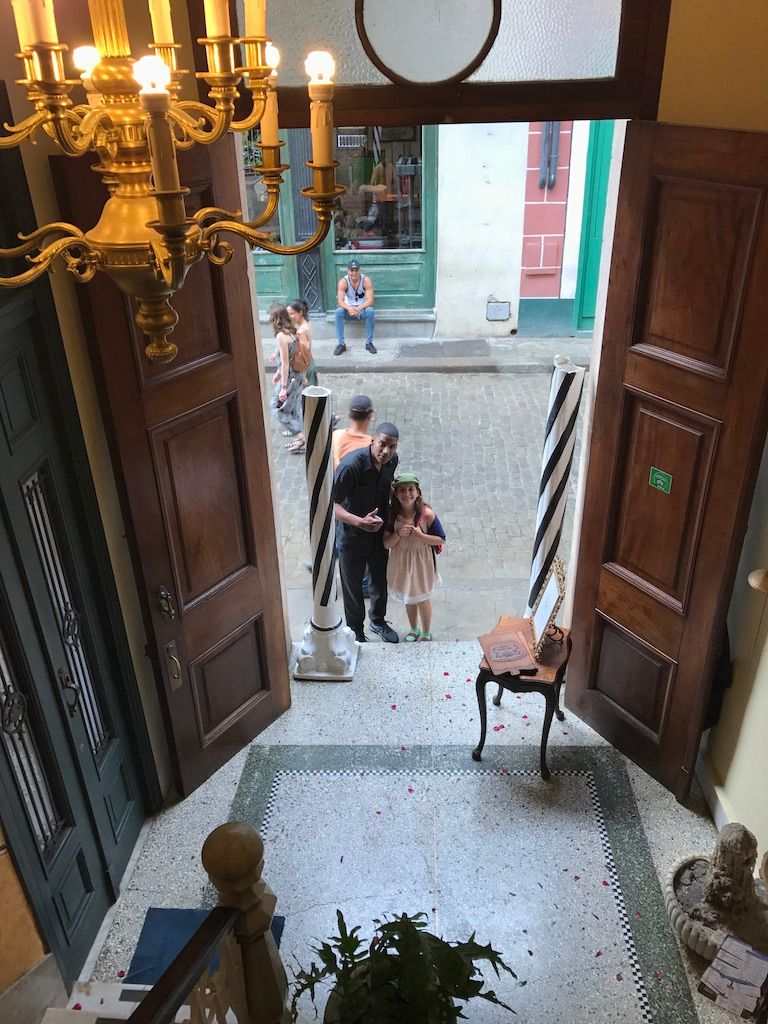
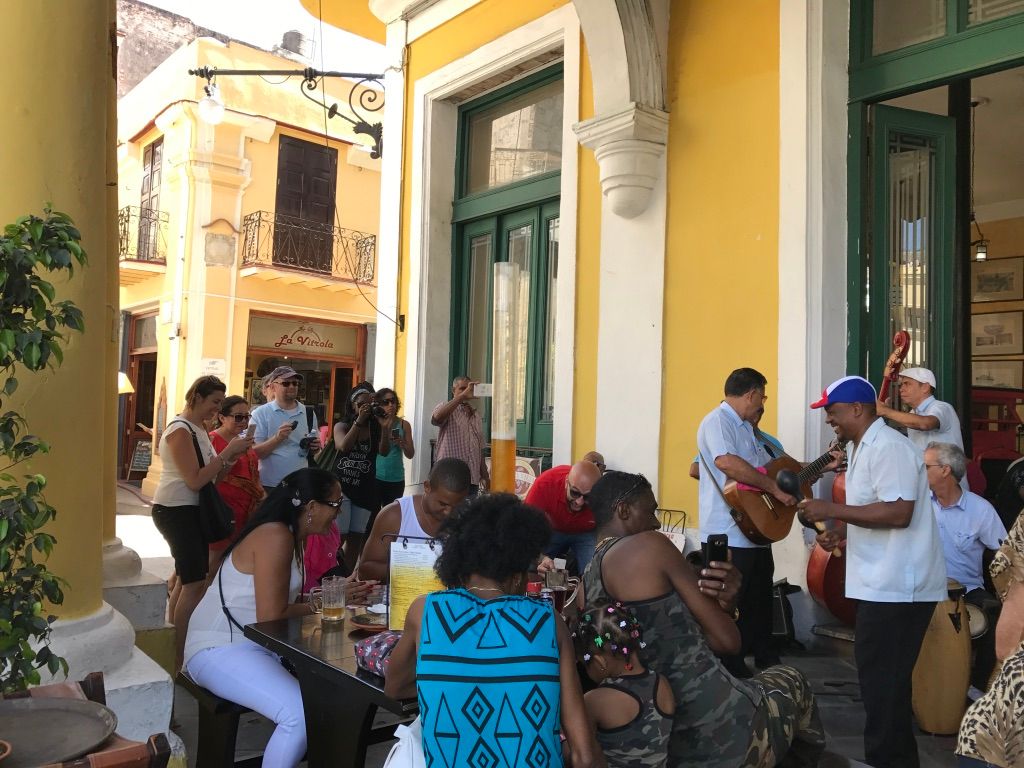
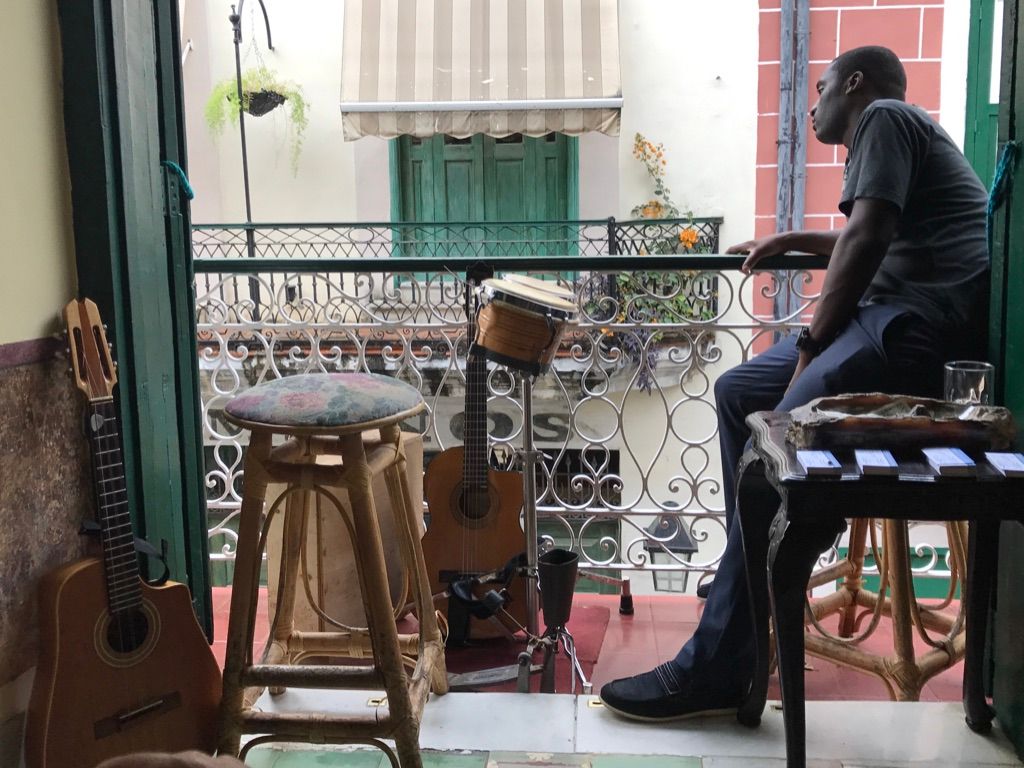
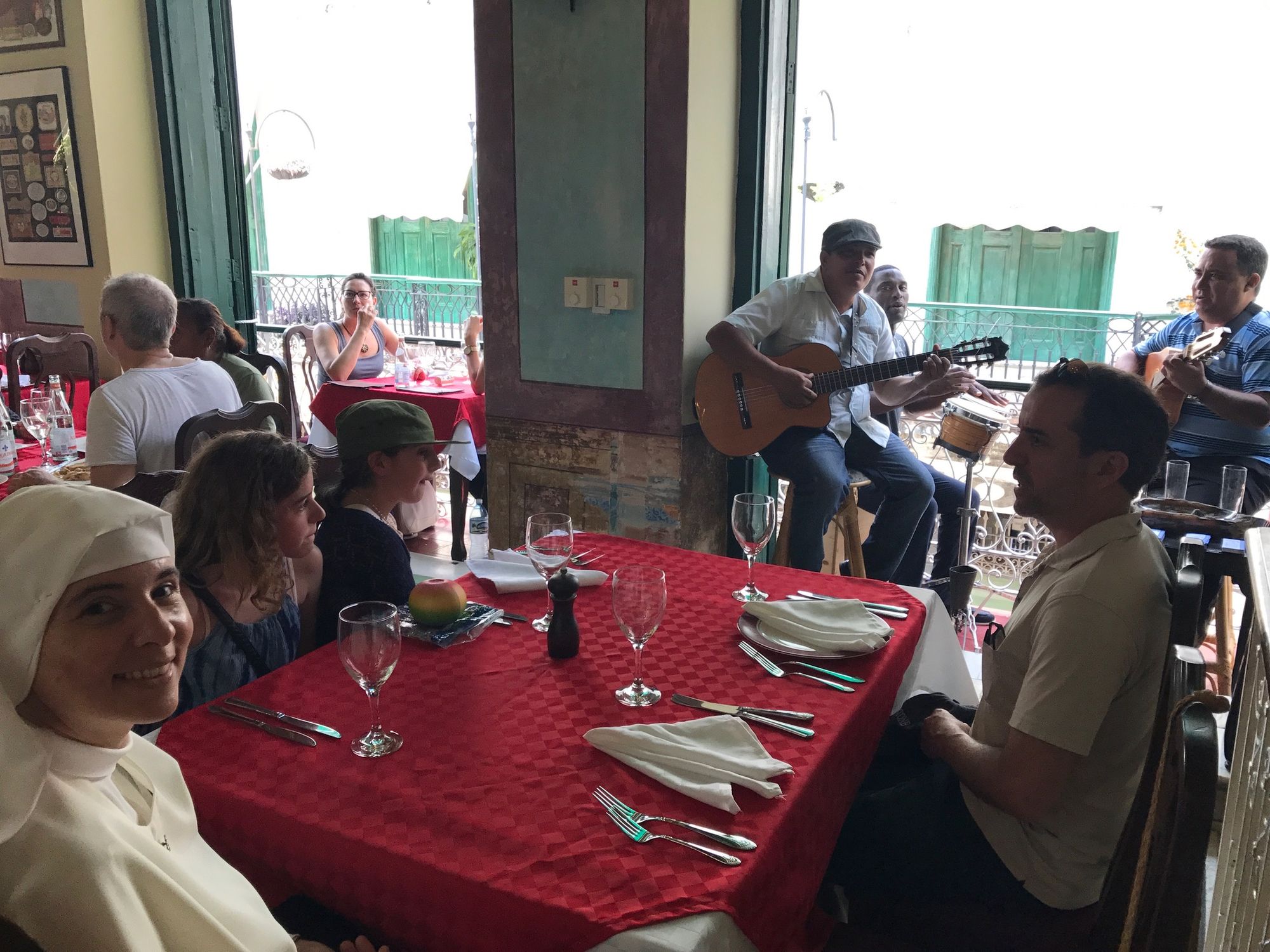
images of restored Old Havana and bustling restaurant.
A lesson for the rest of the world
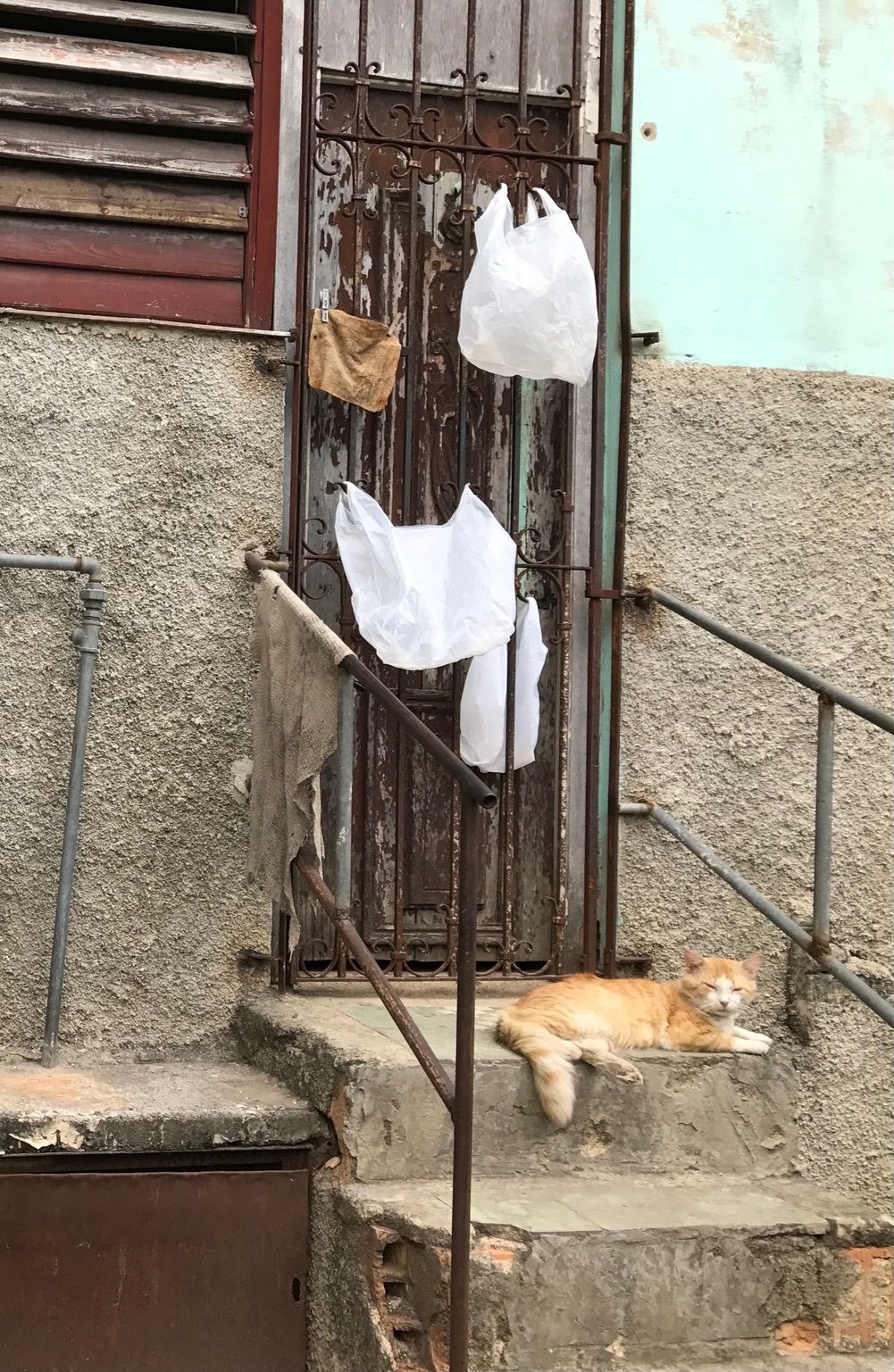
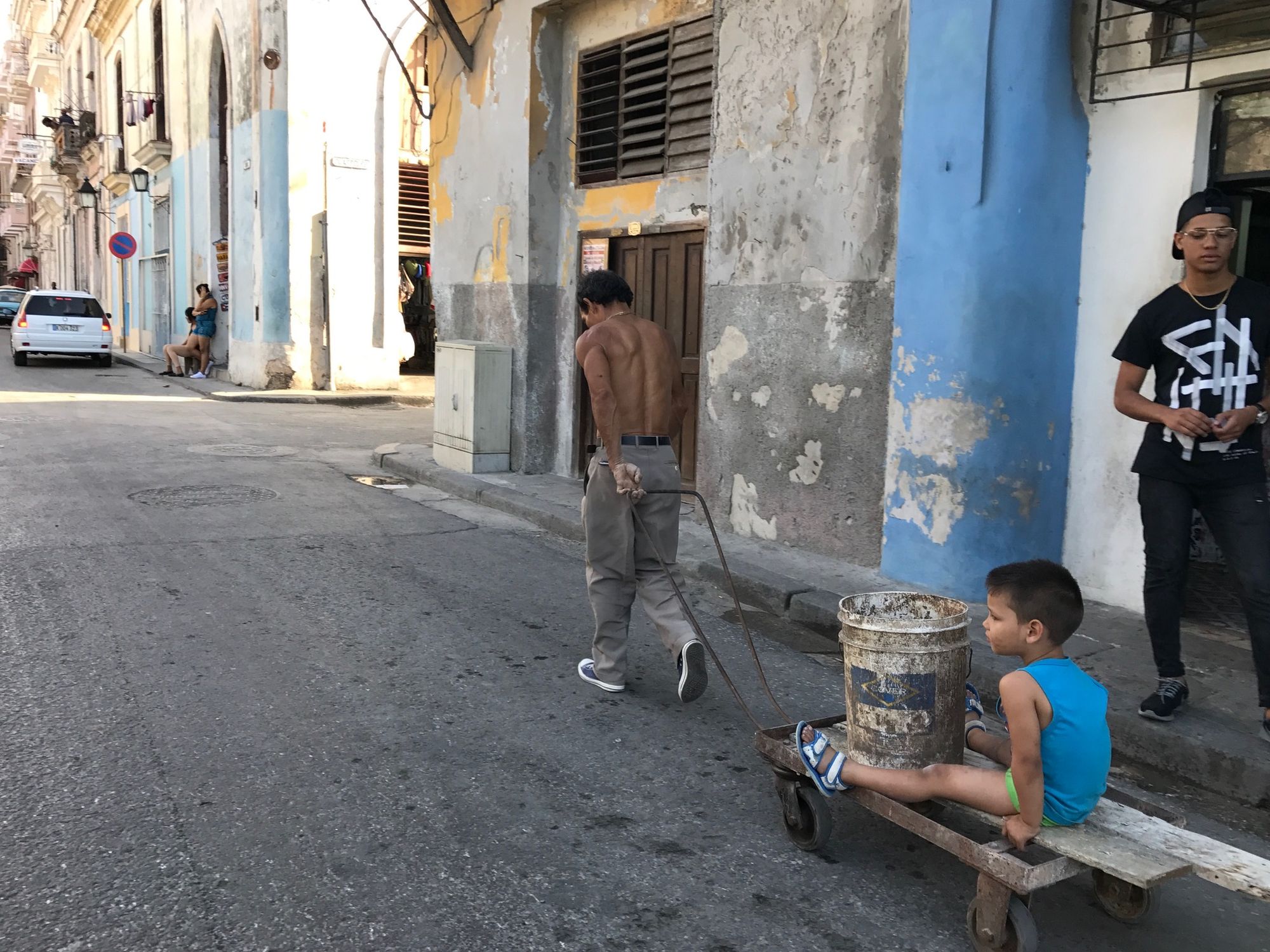
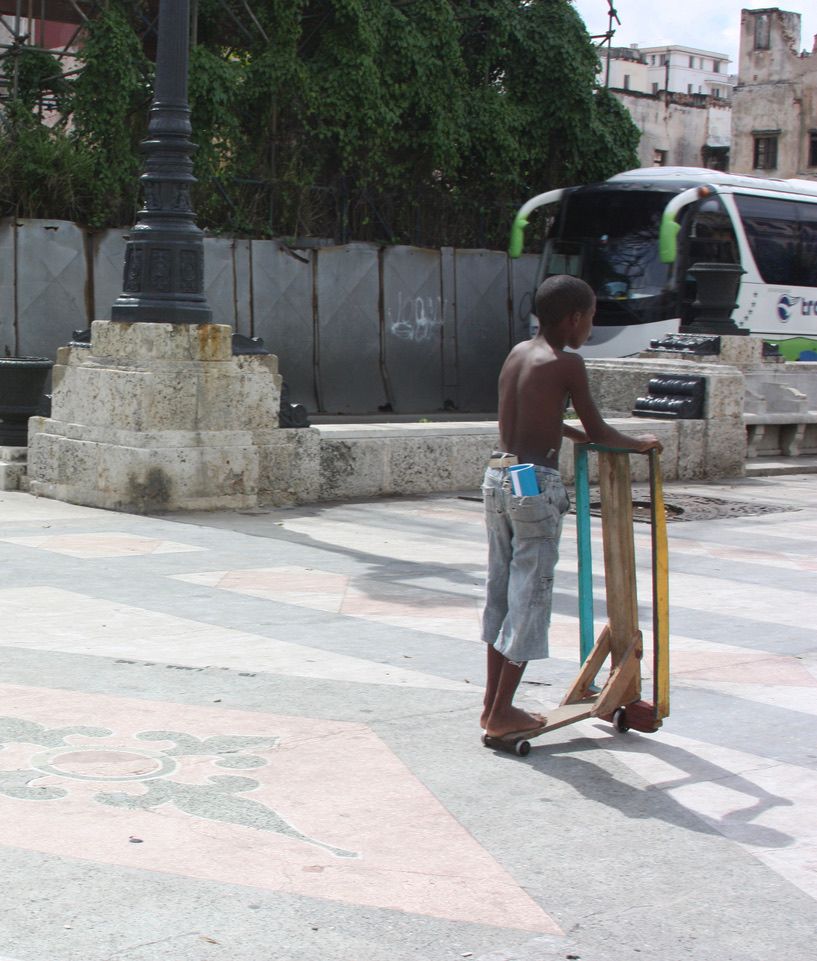
A common scene of plastic bags washed and hung out to dry and makeshift cart/scooter made up of married parts
Though Cuba continues to struggle to meet the basic needs of its citizens when it comes to transportation, food, and housing, Cubans have managed to create an independent network of self-sufficiency that can serve as a lesson to other countries currently dealing with crises like climate change. Where transportation is lacking, carpooling is essential for long distances. The family car in many instances serves as a public taxi, where carpooling can make you 10 pesos per rider. Going to the bodega means always leaving the house with a tote bag or a recycled plastic bag/containers. There are no to-go containers or plastic bags (unless you are at the "dollar" stores). Everything and anything has a use, and Cubans have become ingenious at up-cycling materials for unimaginable uses. Nothing gets thrown away, items are passed down to family members, sold, or bartered for with neighbors. It is so entrenched in the psyche that my father (and I) cannot, to this day, escape this way of thinking, even in the land of abundance. And with this, I am left wondering if Cuba will be able to maintain this way of thinking as it slowly catches up with the rest of the world.
Takeaways:
Regardless of where we live, what our socio-economic experience may be, we all depend on the same things: our community, our neighbors, and those physical and social environments that bring us comfort and growth.
Related Articles
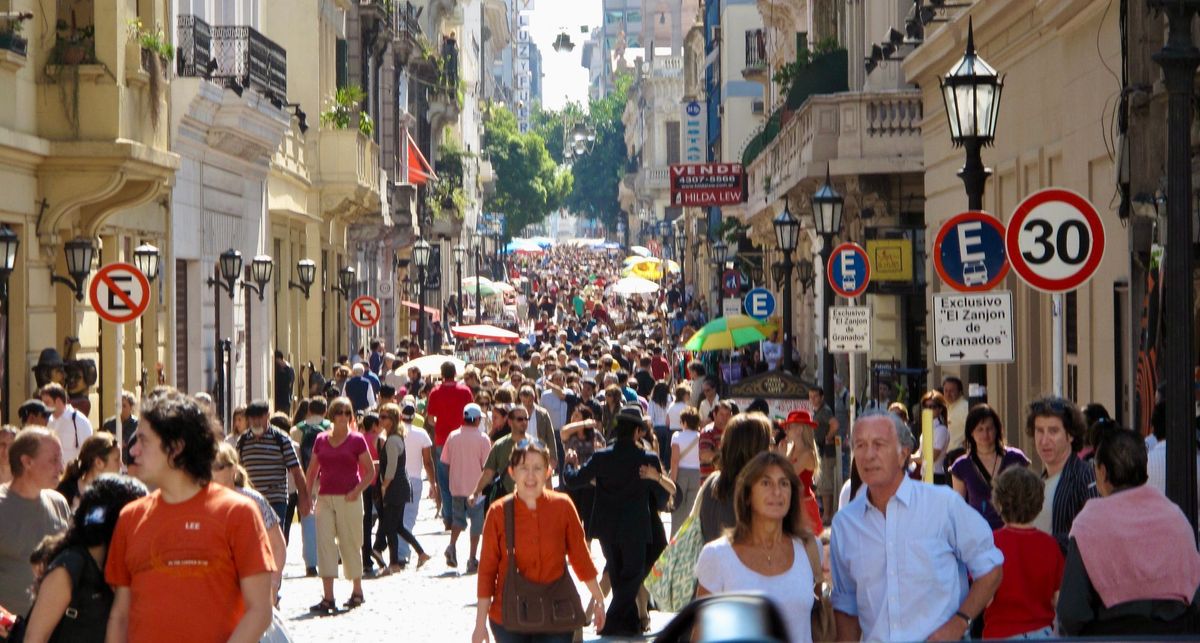
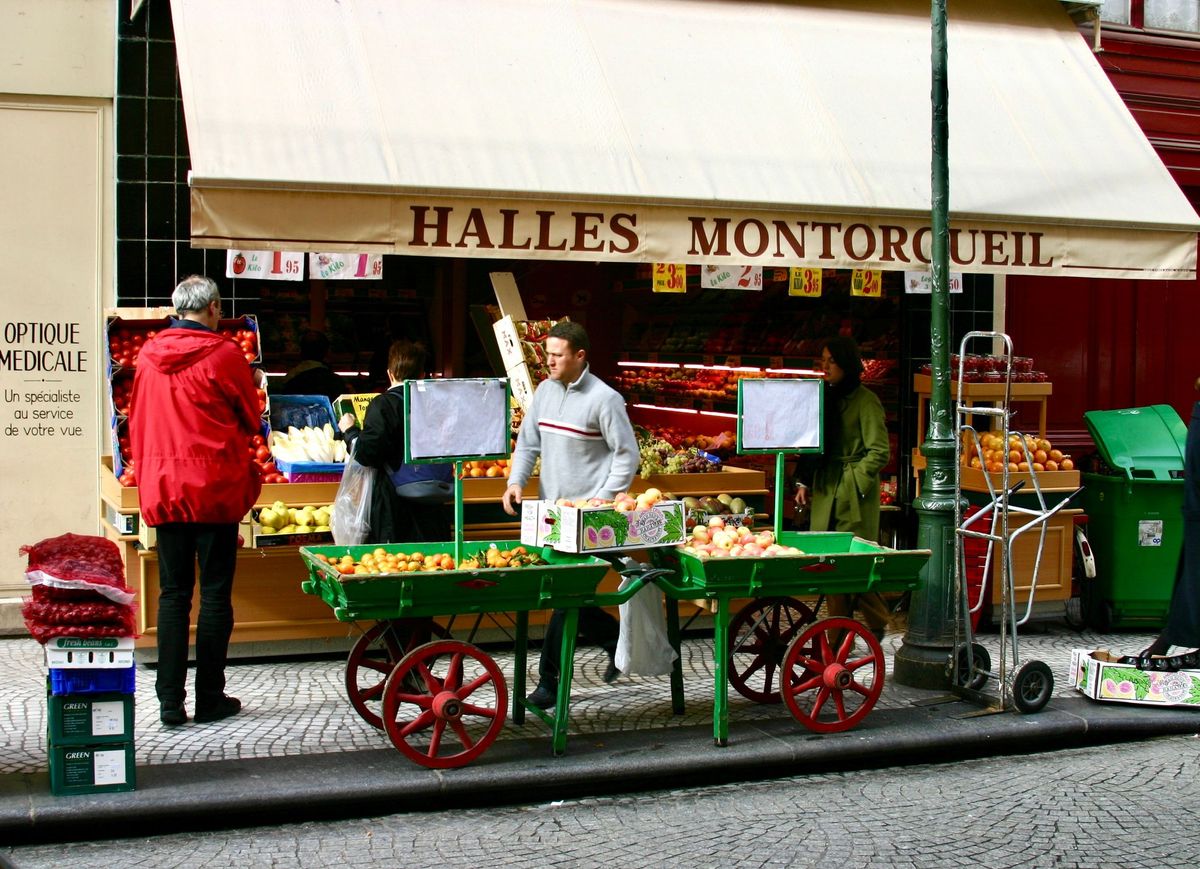
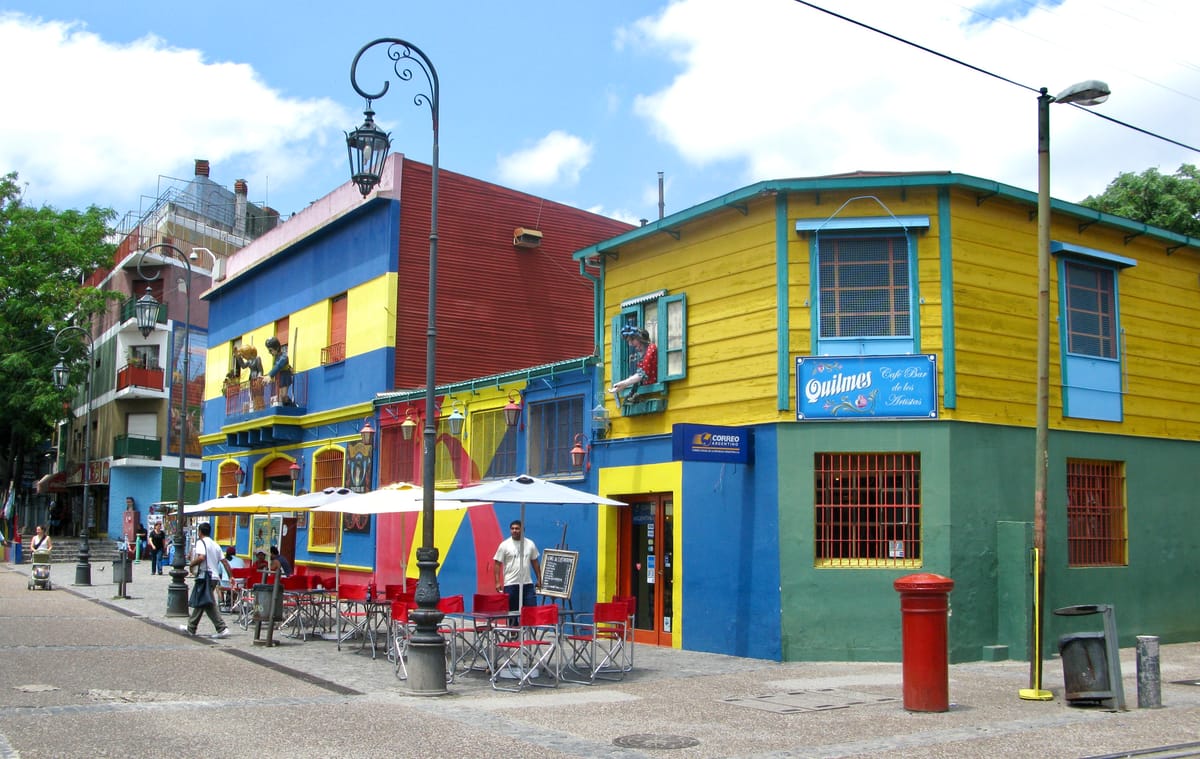
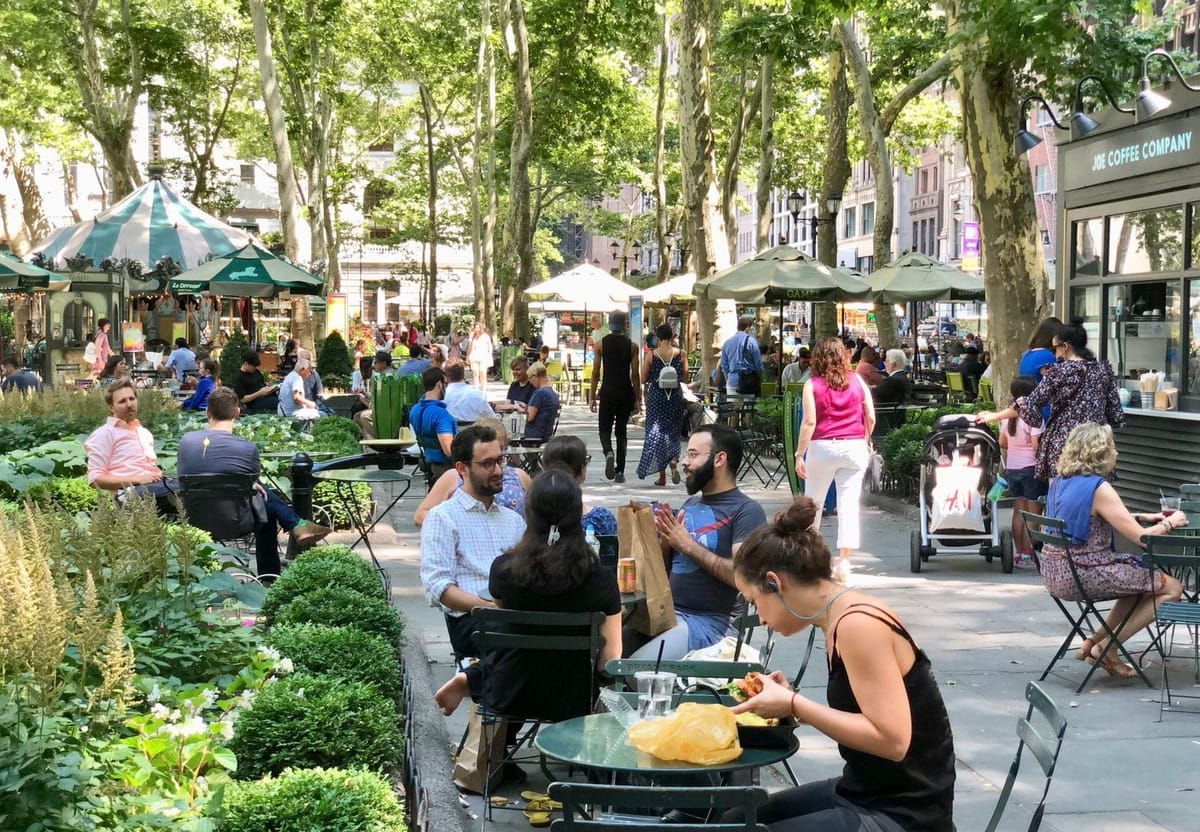
The Foundation of the Placemaking Movement
